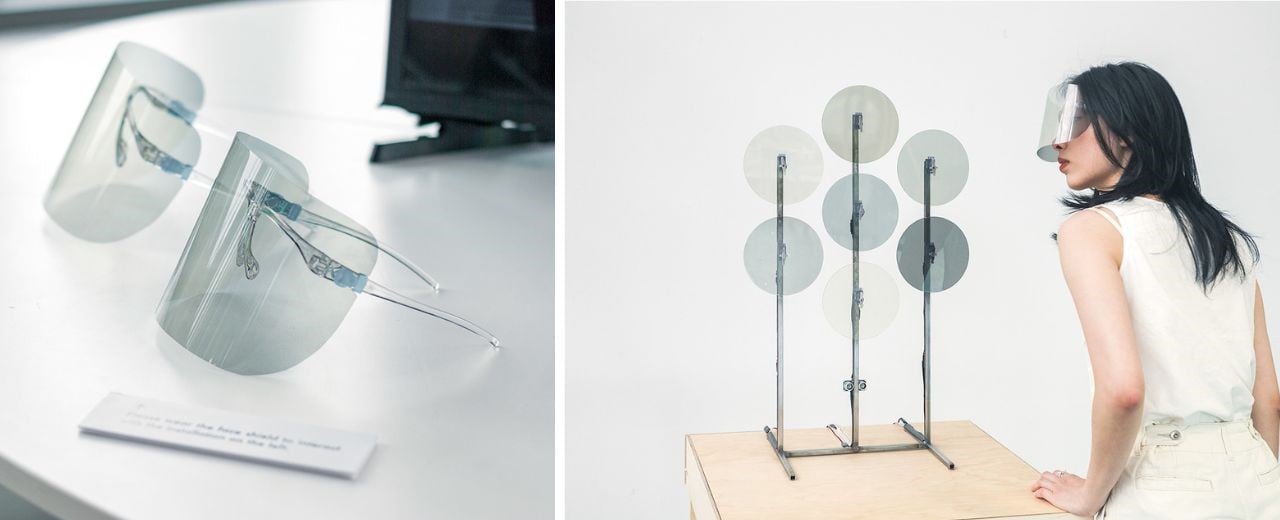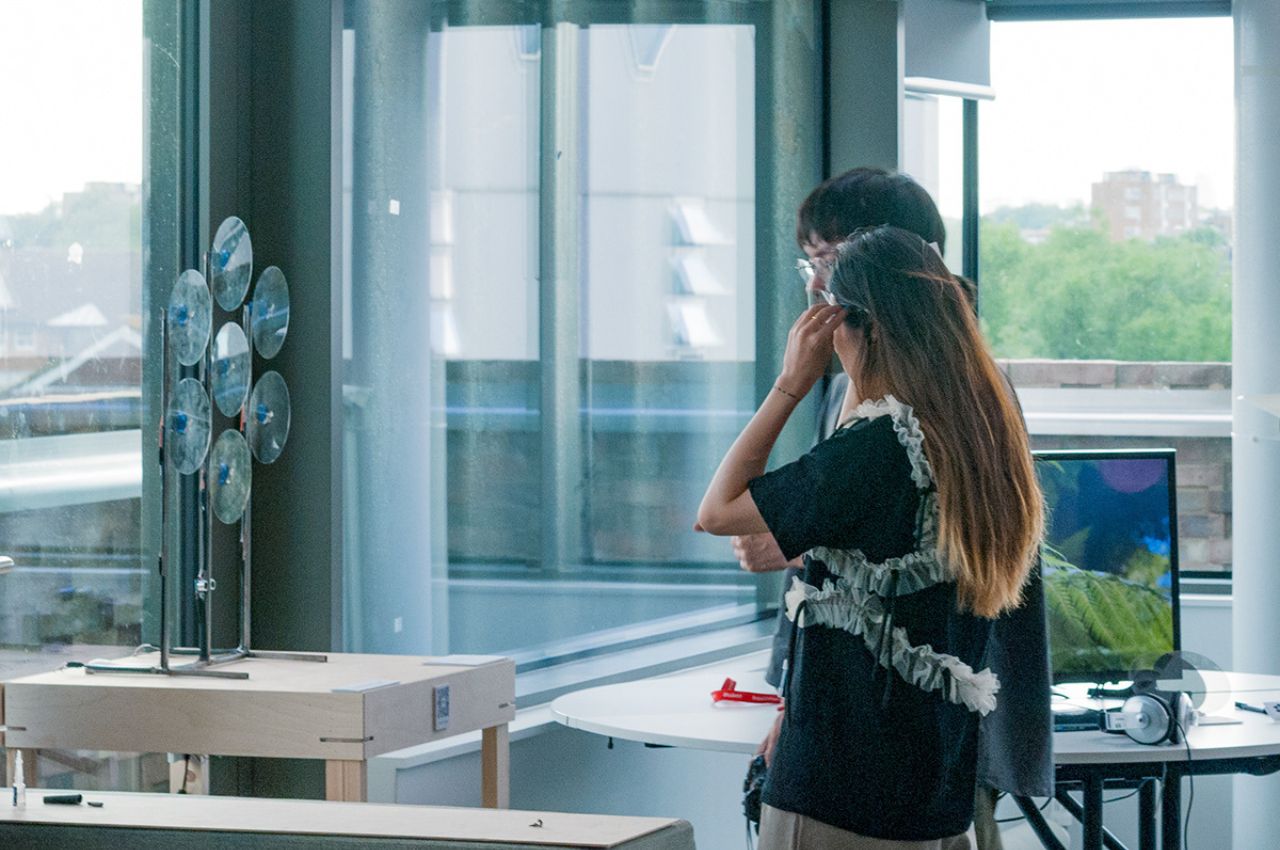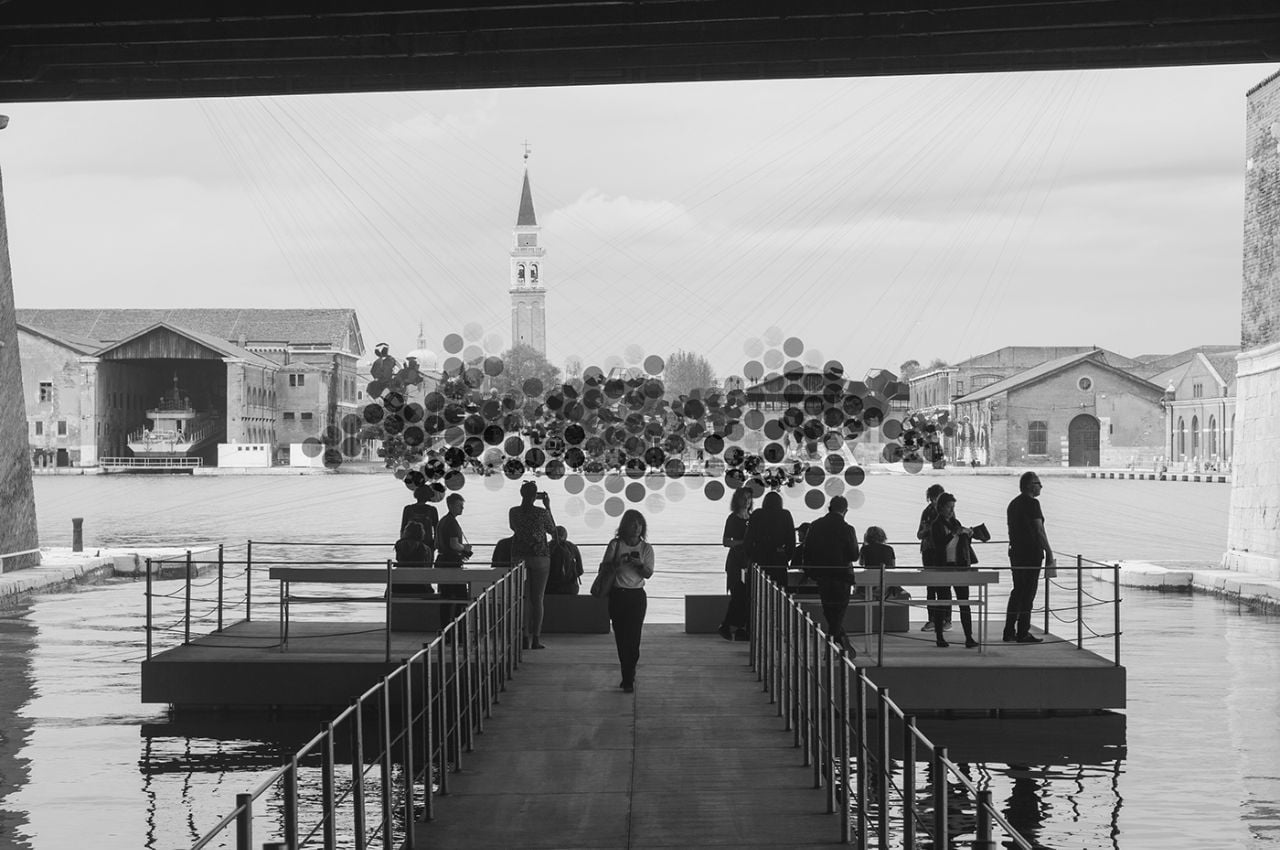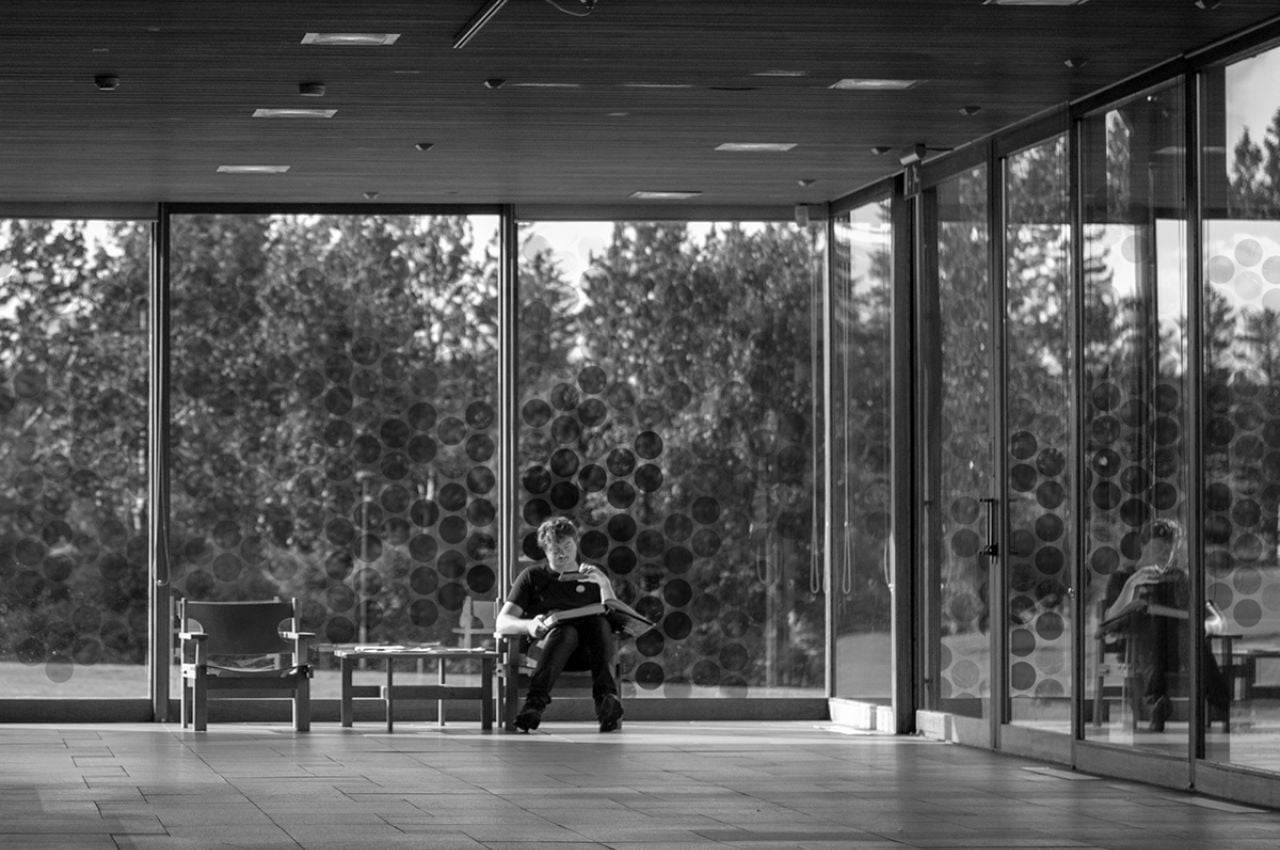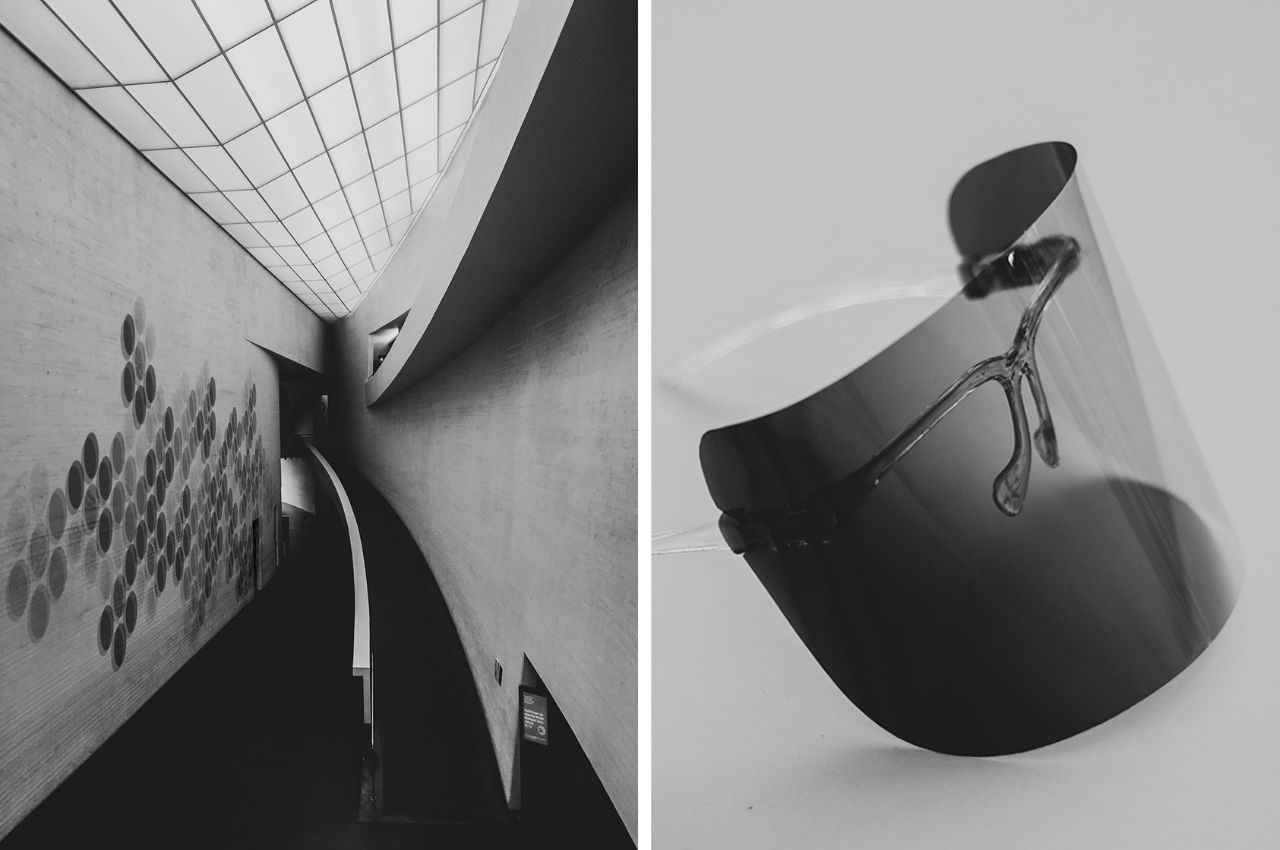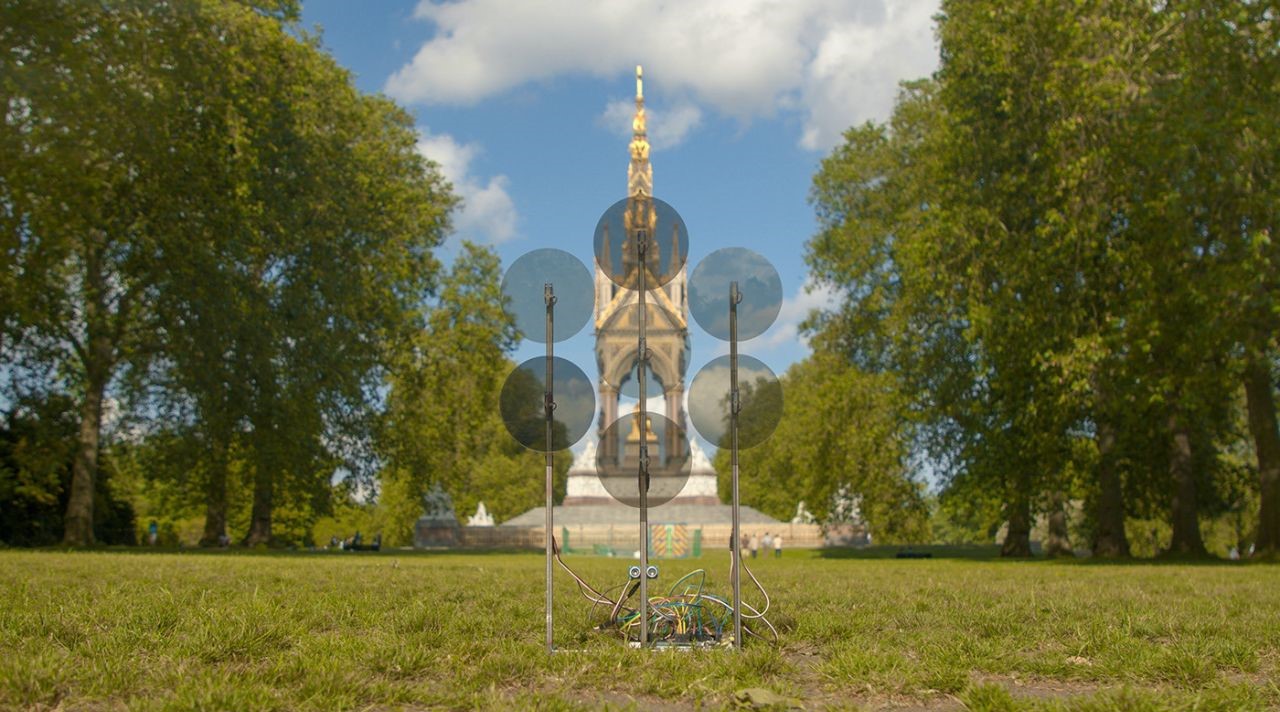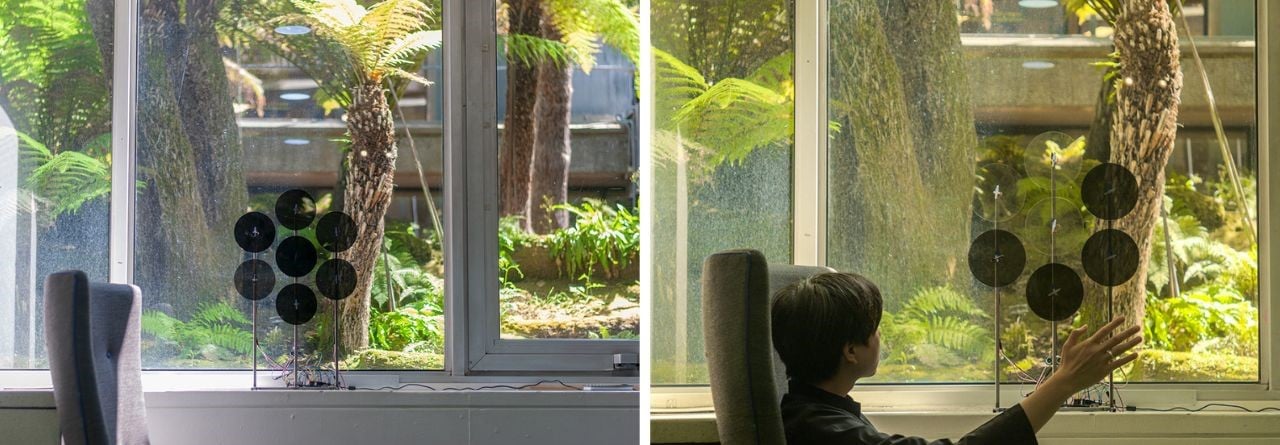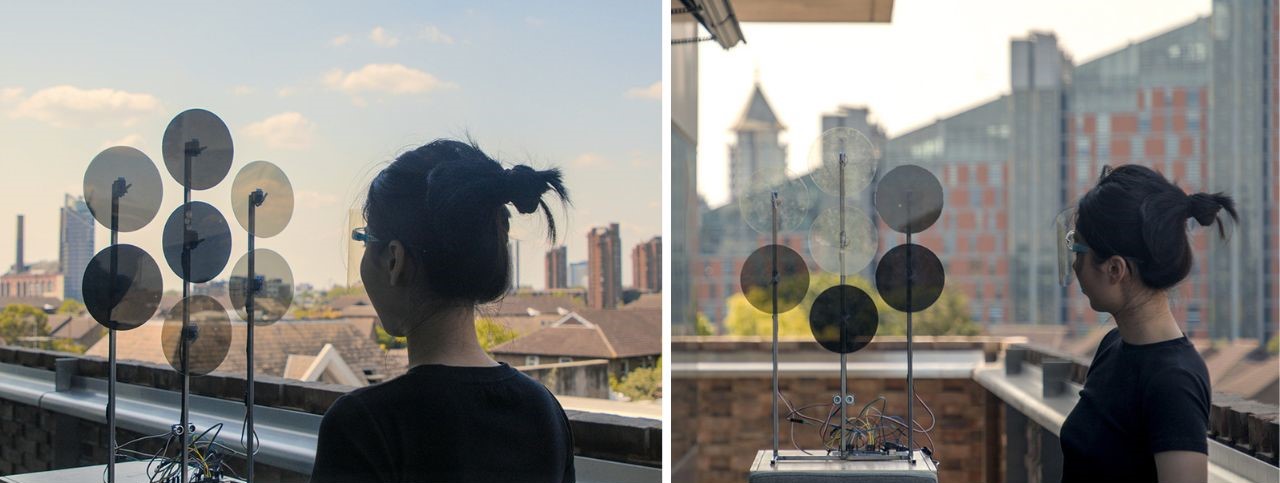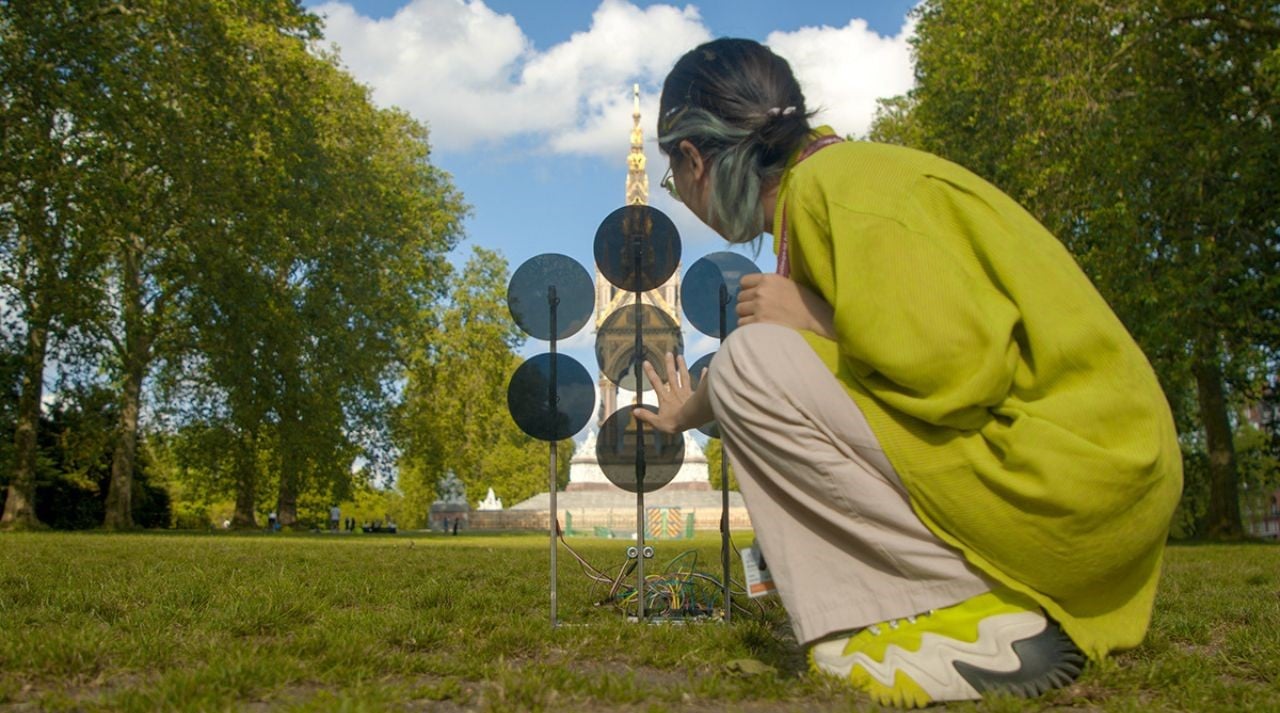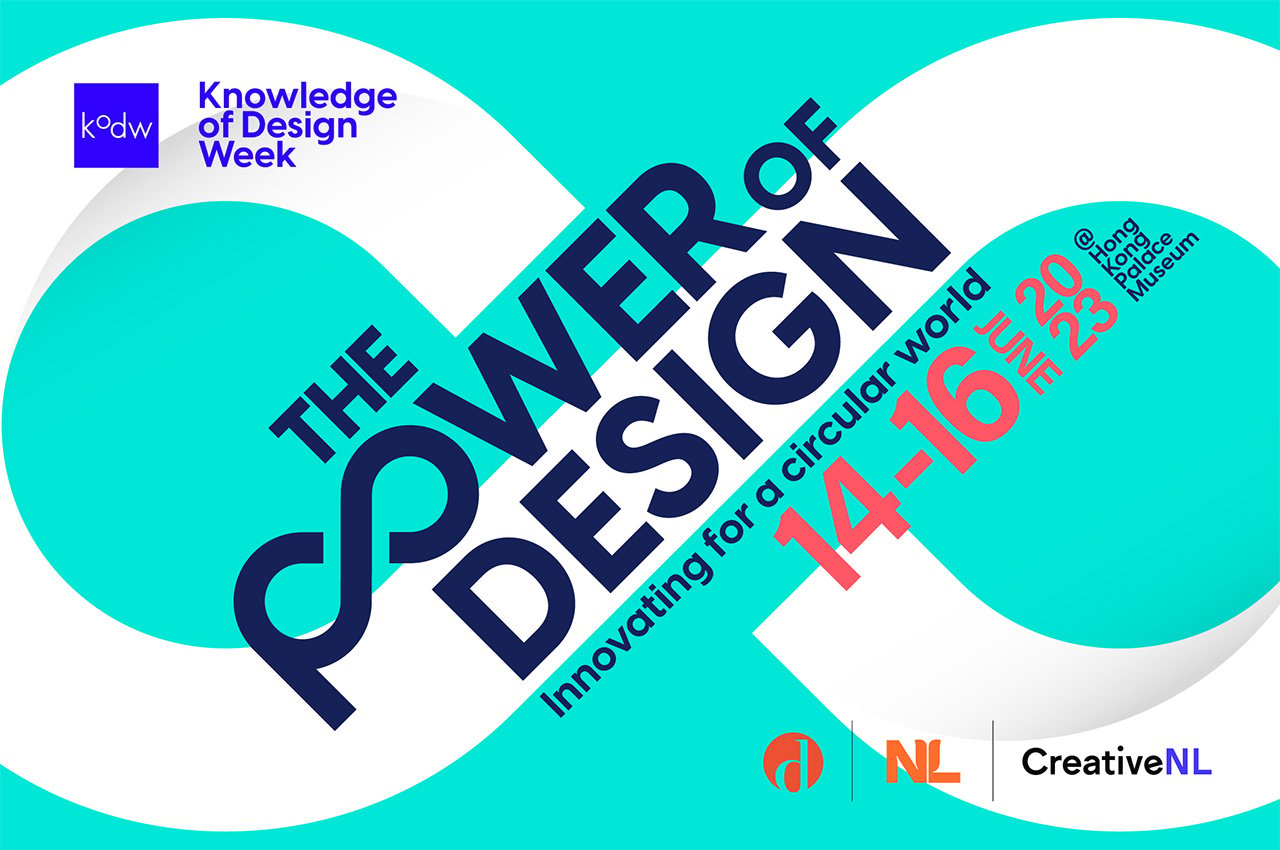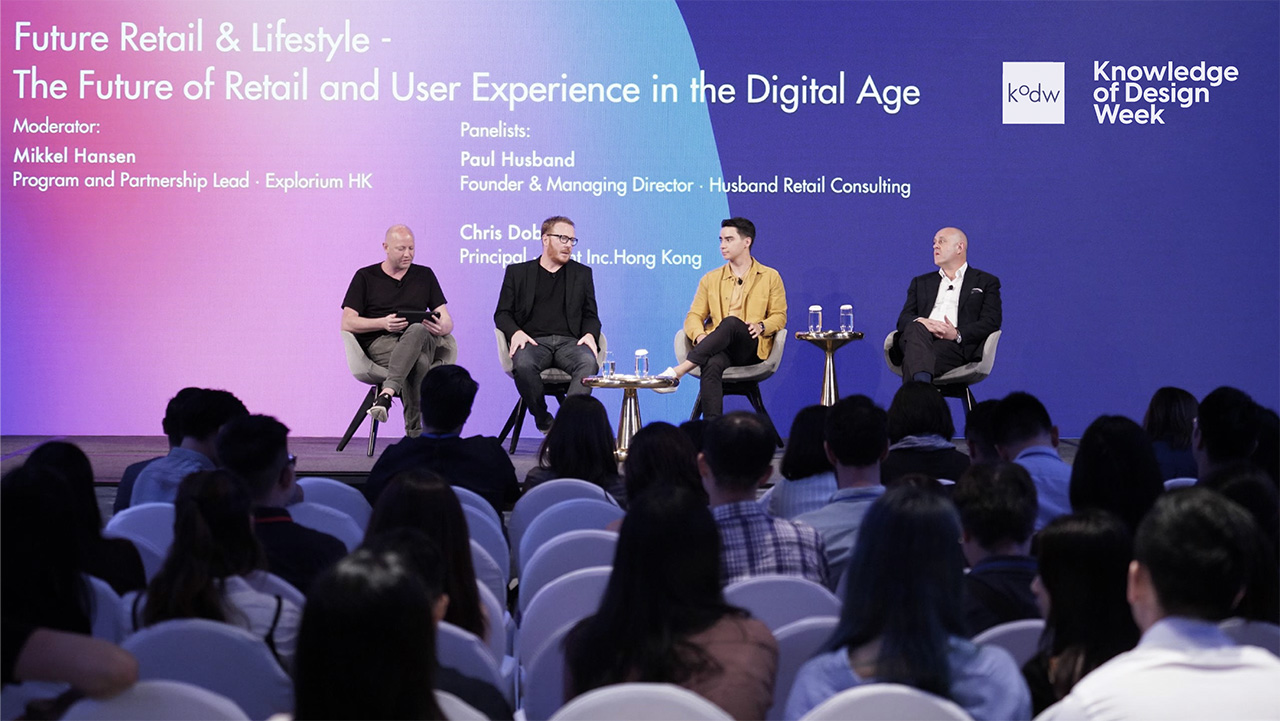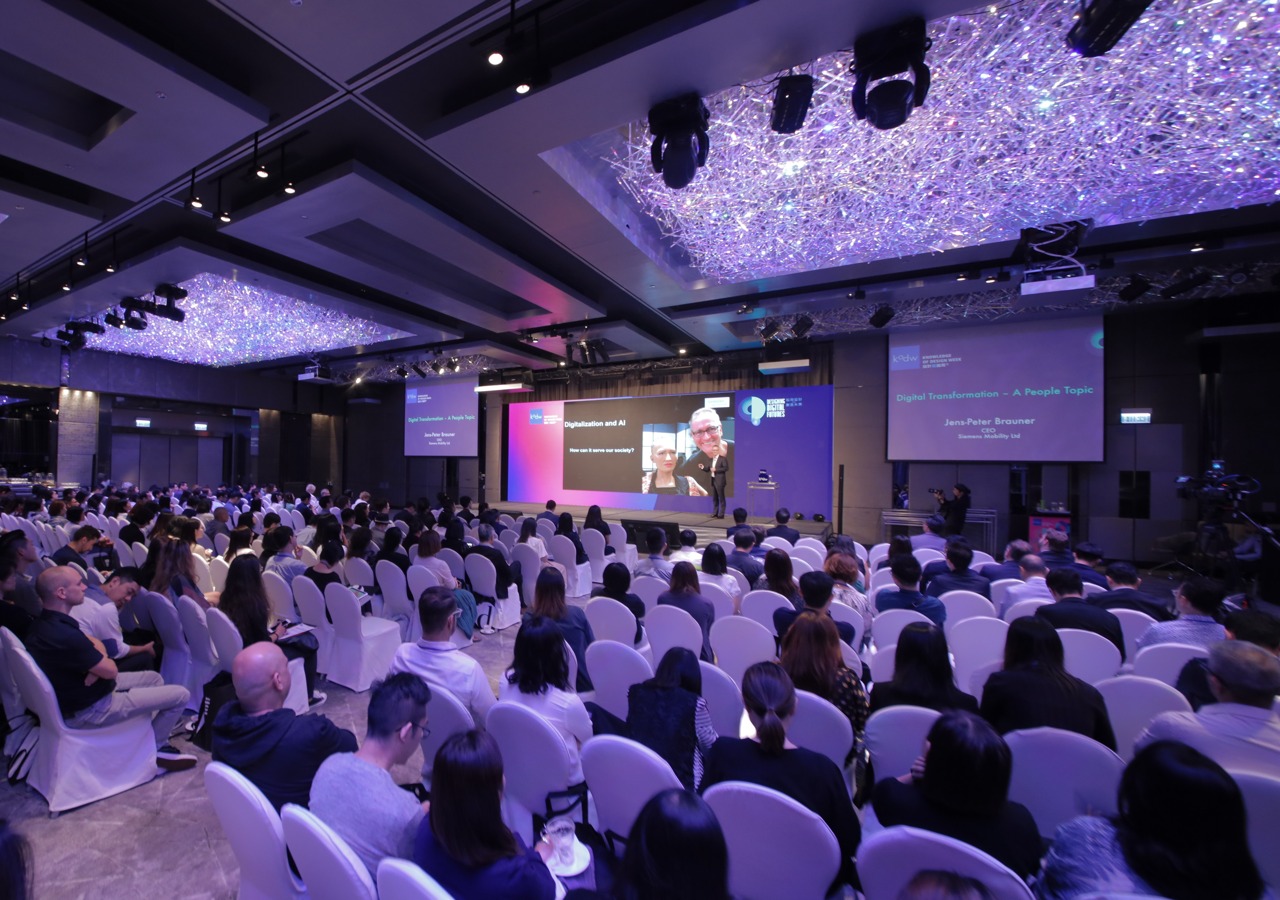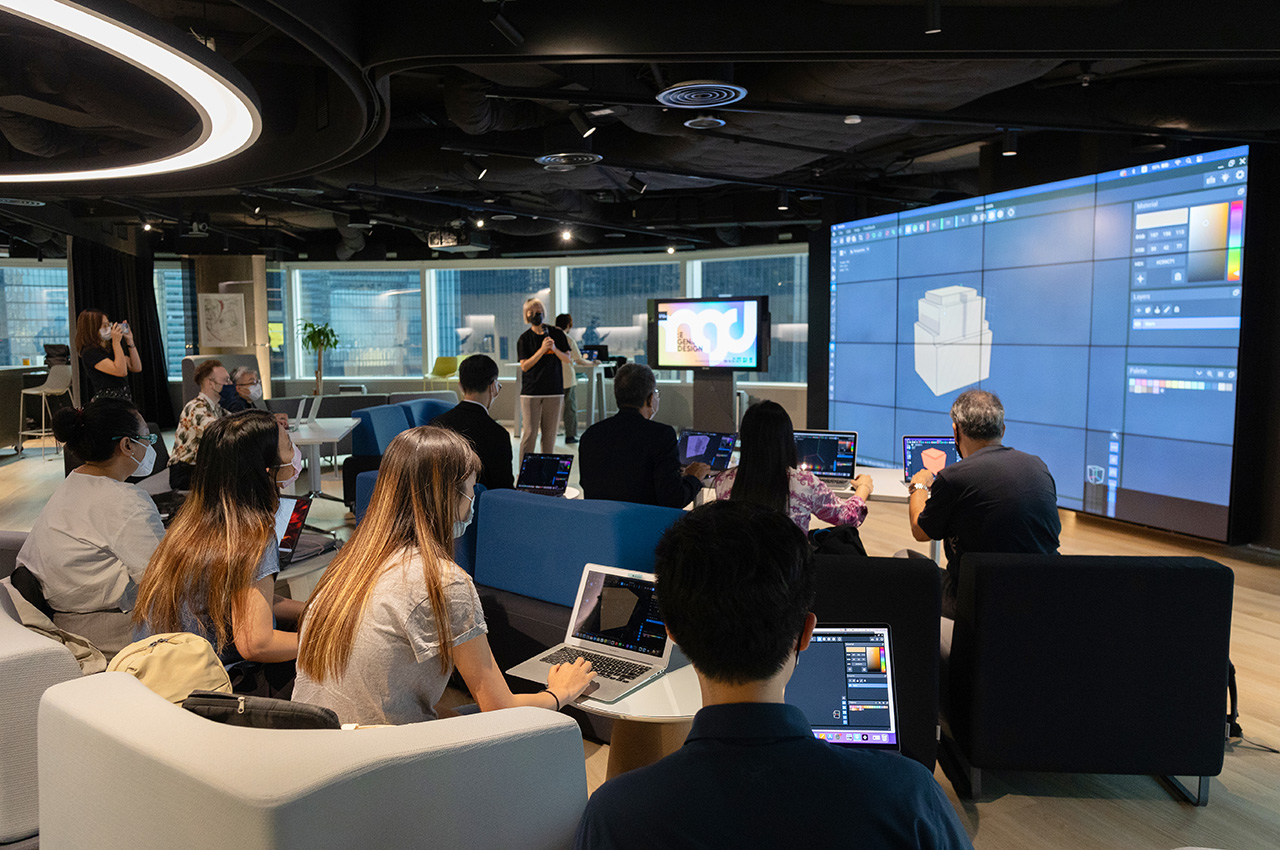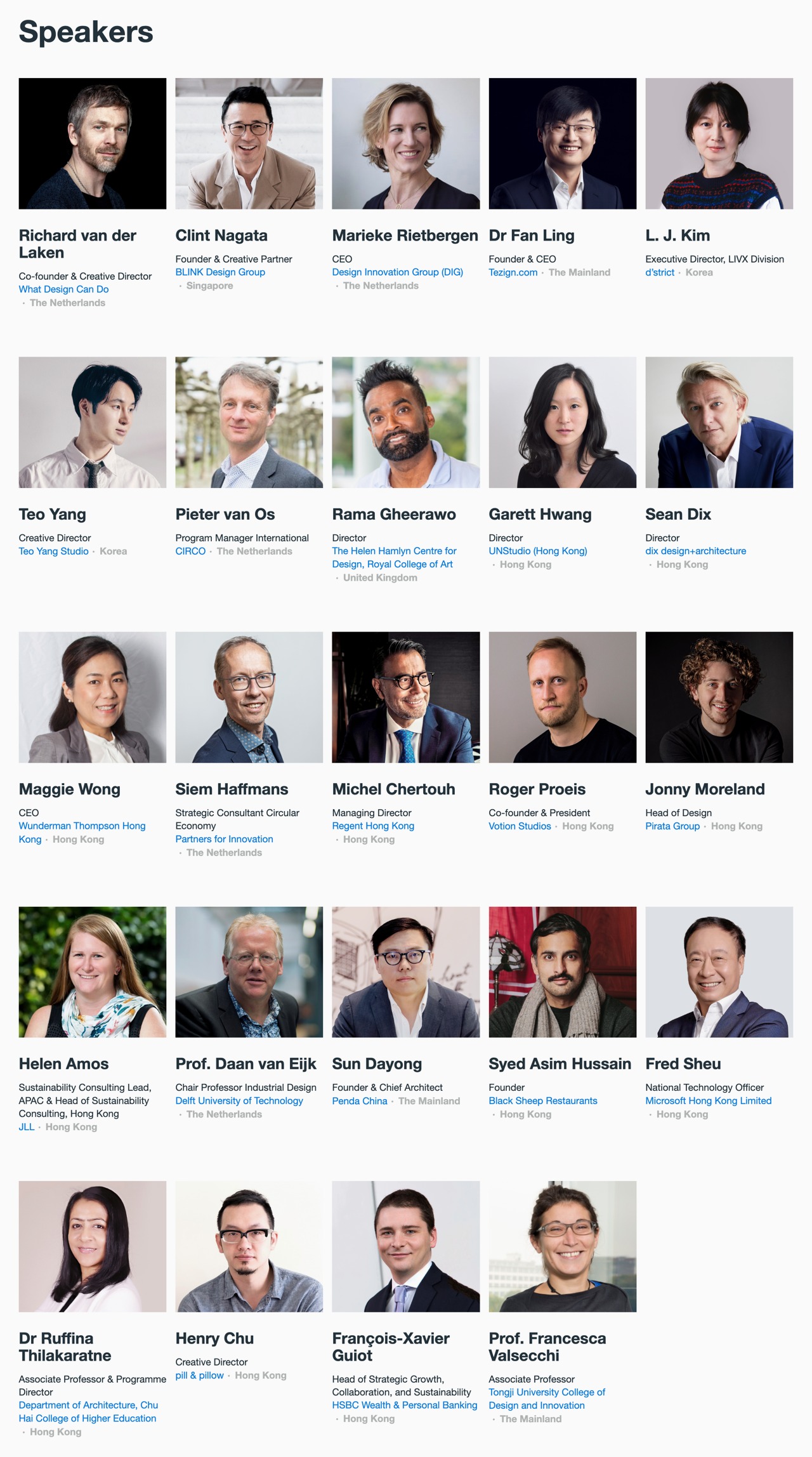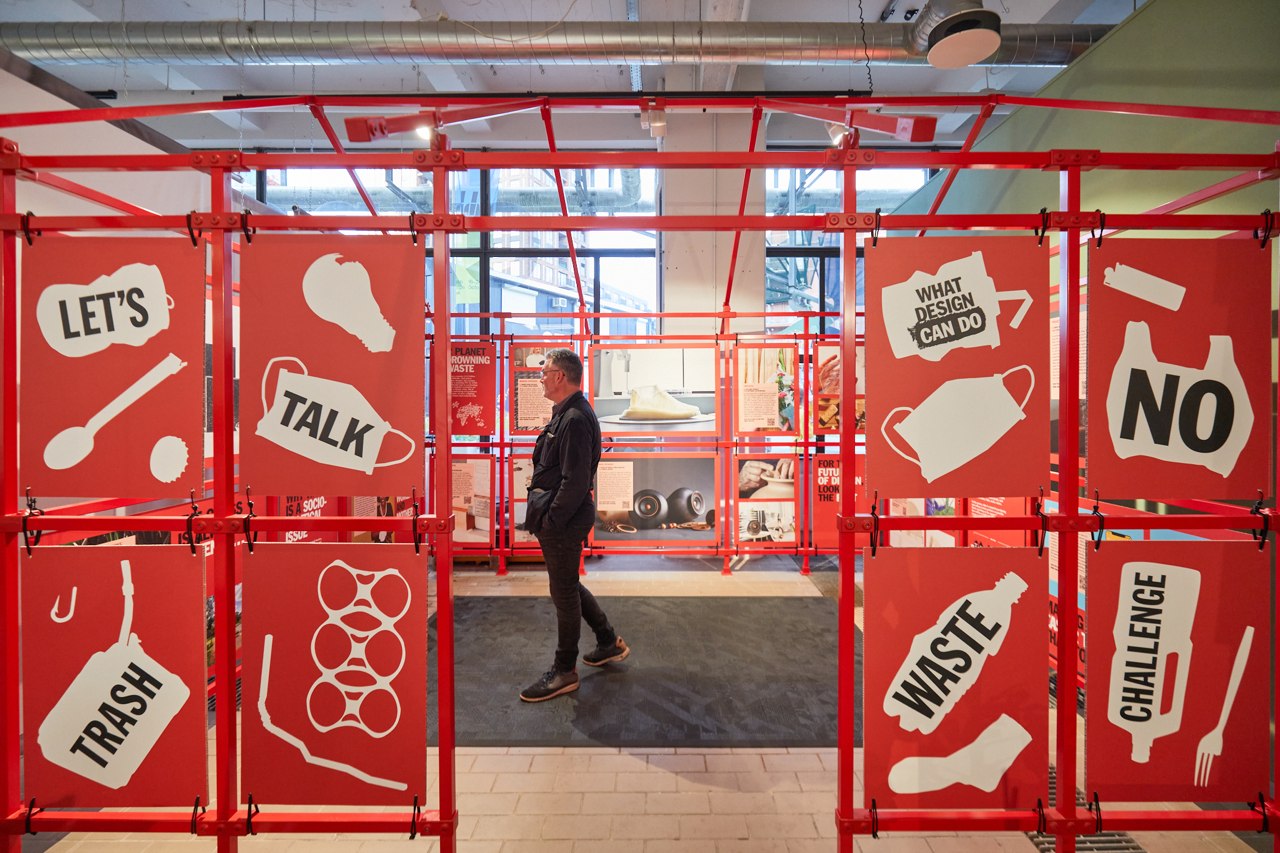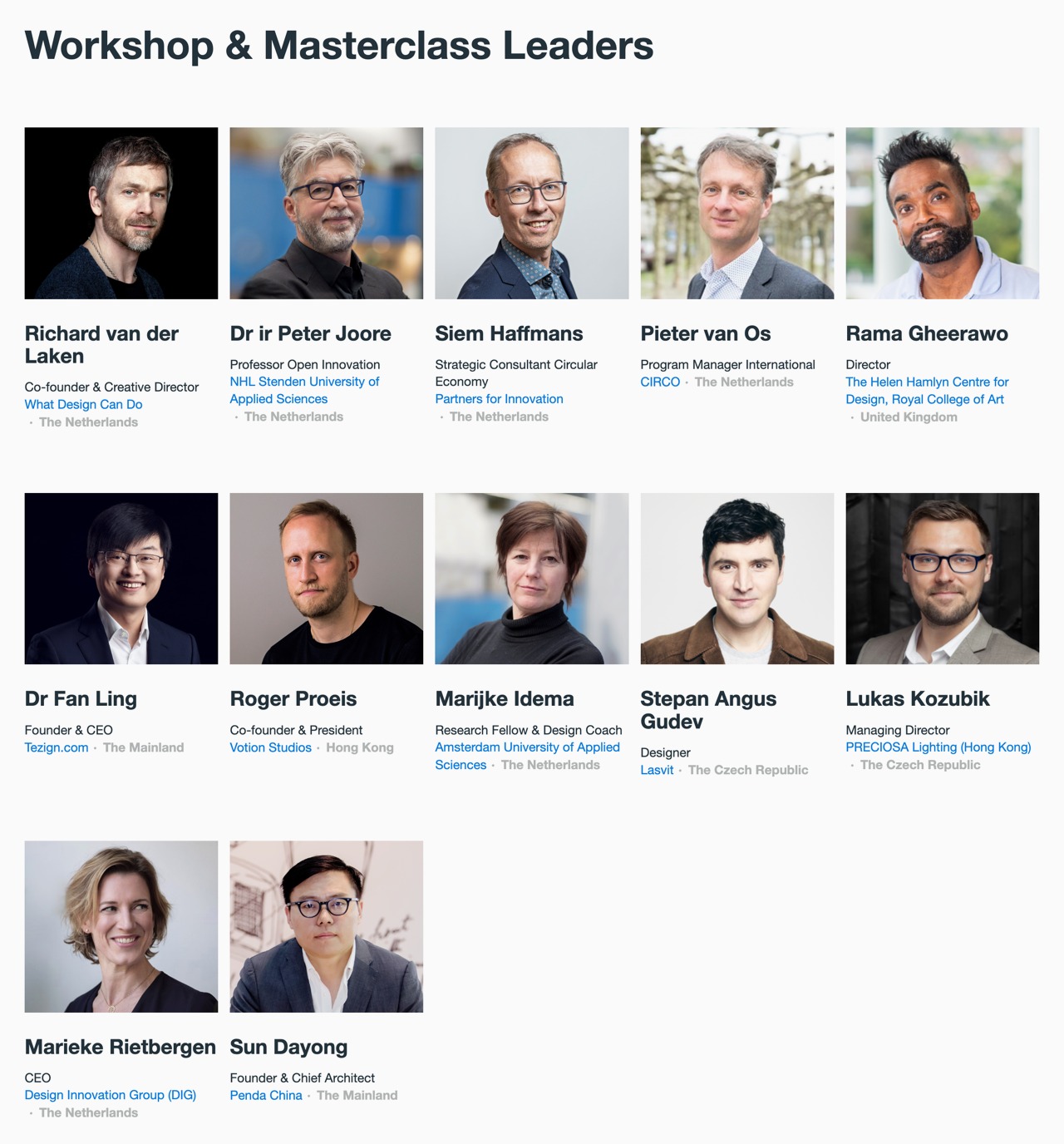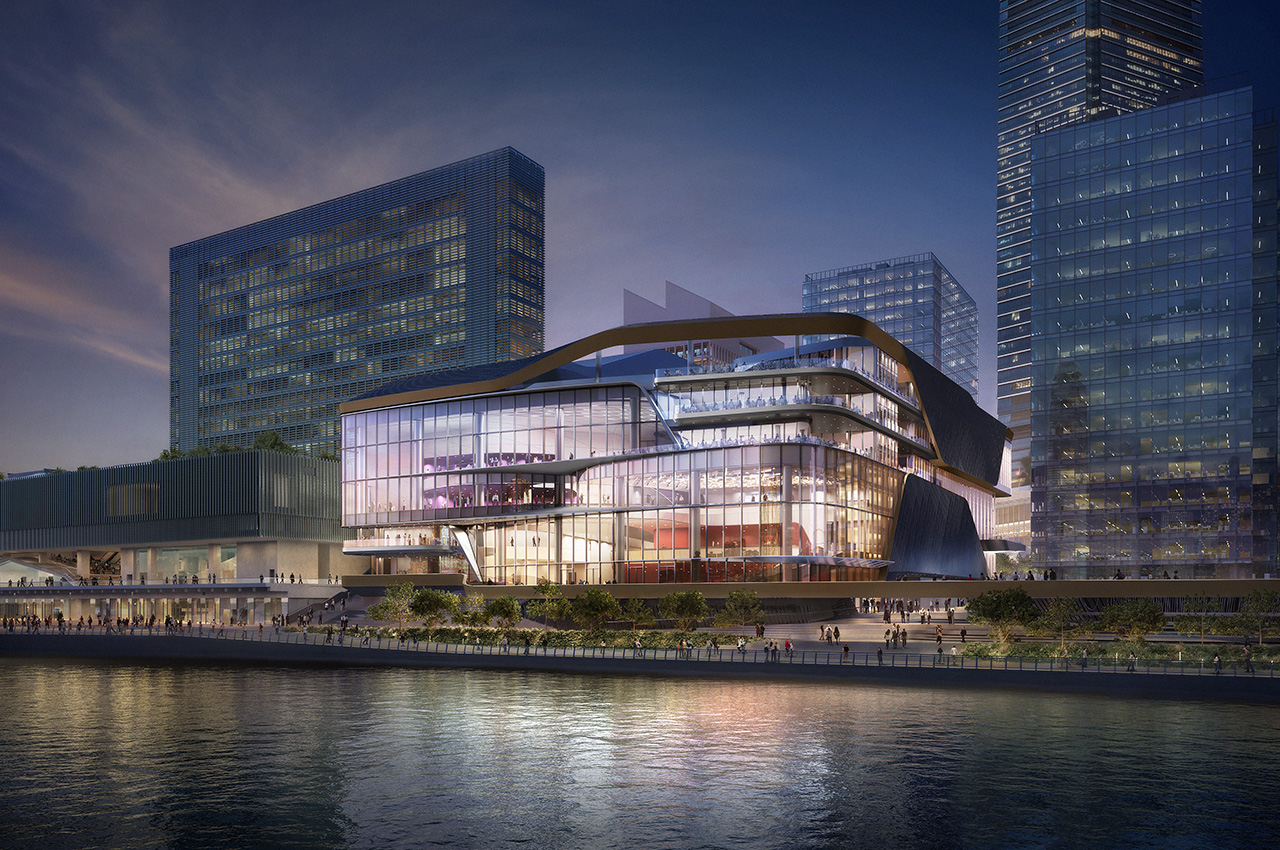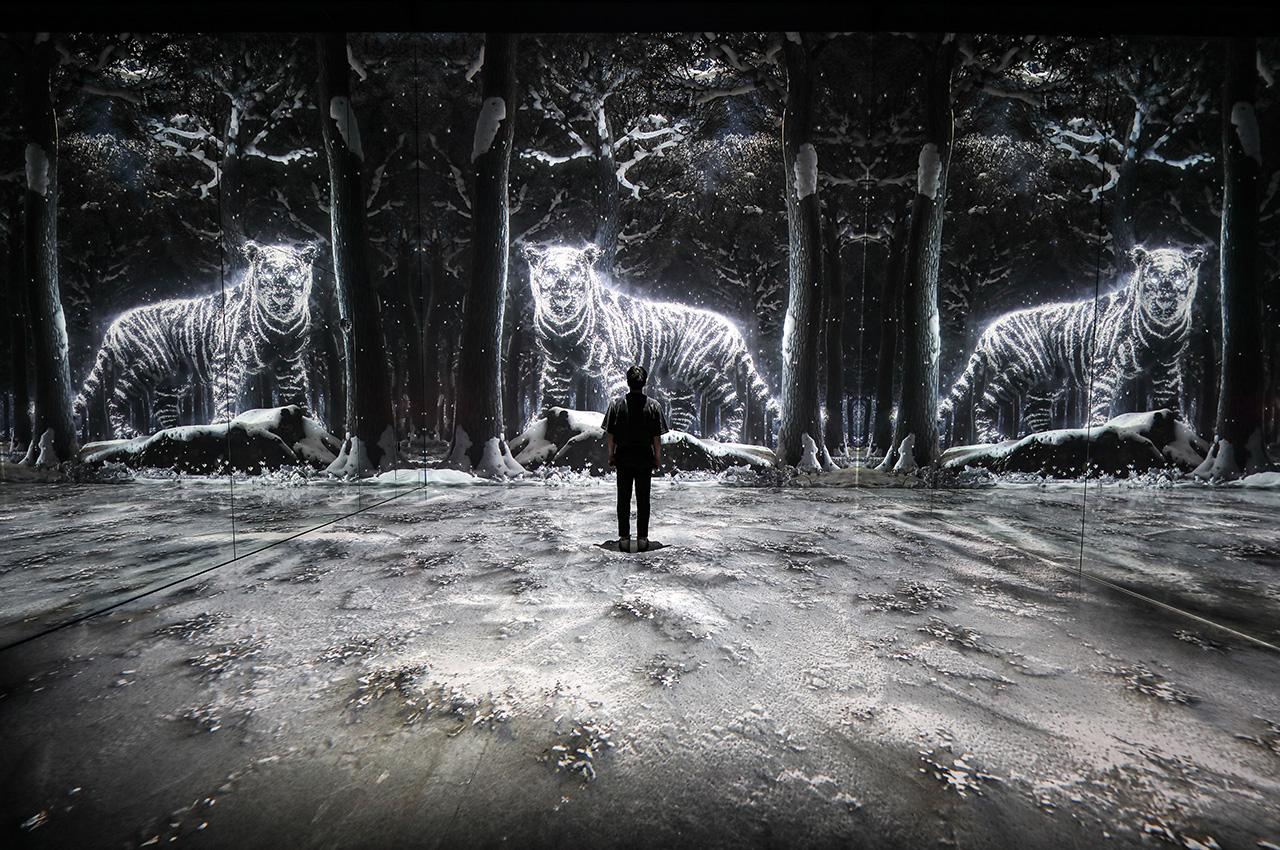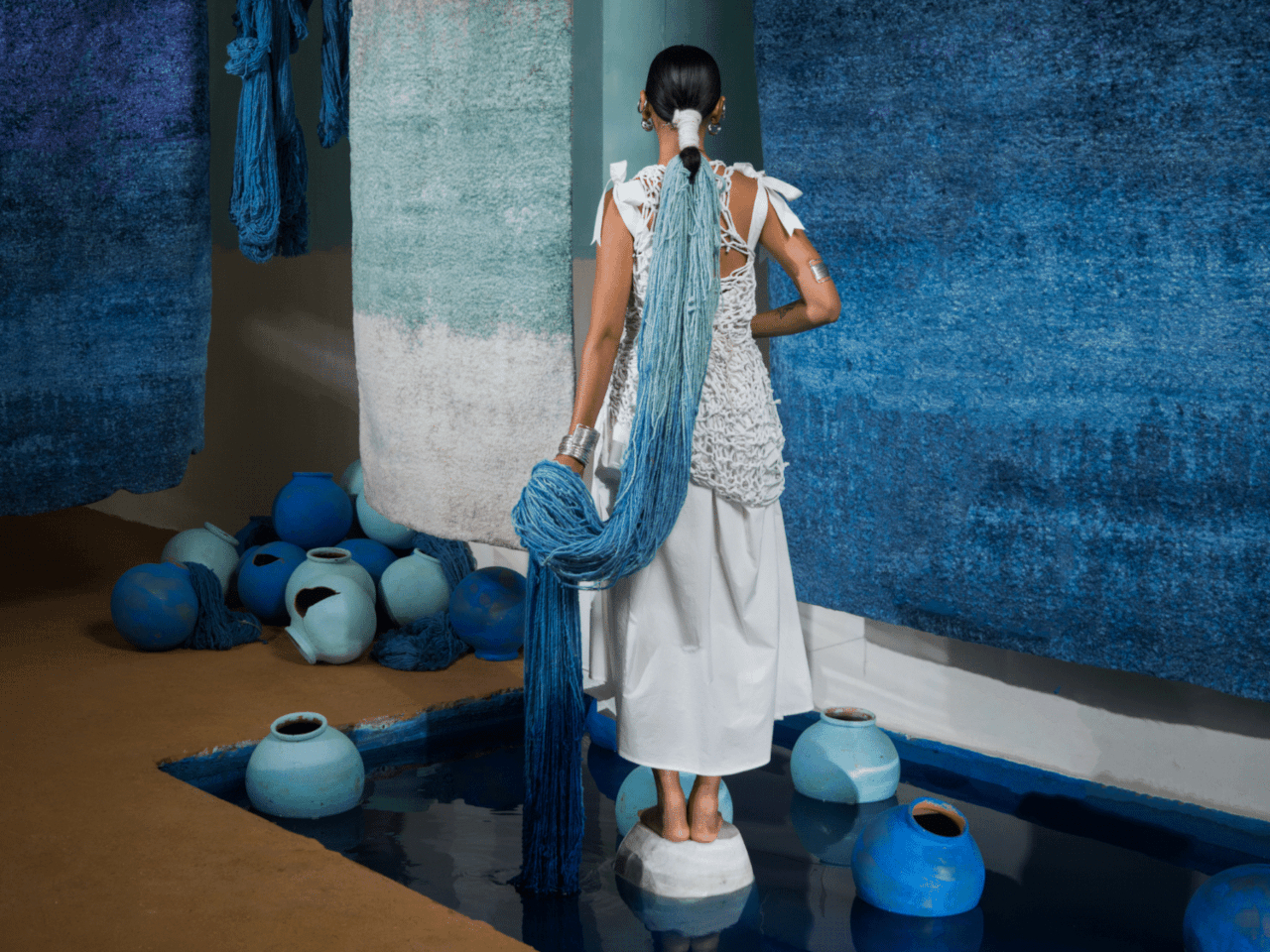
Mark your calendars: from November 6-9, the vibrant city of Mumbai will transform into a hub of international design creativity with the arrival of Design Mumbai 2024. Set against the lush backdrop of Jio World Garden, this event is India’s first international contemporary design show. If you’re into cutting-edge lighting concepts and meticulously crafted furniture or want to glimpse the future of design, this is where you’ll want to be. Designer to the above picture: Obeetee
Event Dates: 6-9 November 2024.
A Platform for Global and Local Talent
Presented by JSW Paints, the event gives local and international talent a platform to showcase the latest trends in design and craftsmanship. Expect a mix of the finest independent Indian designers alongside global icons, curated into a four-day showcase that brings a unique flavor of creativity to the heart of Mumbai. From installations by JSW Paints to a look at Royal Enfield’s latest take on the Classic 350, Design Mumbai is shaping up to be a must-visit for anyone passionate about creativity.
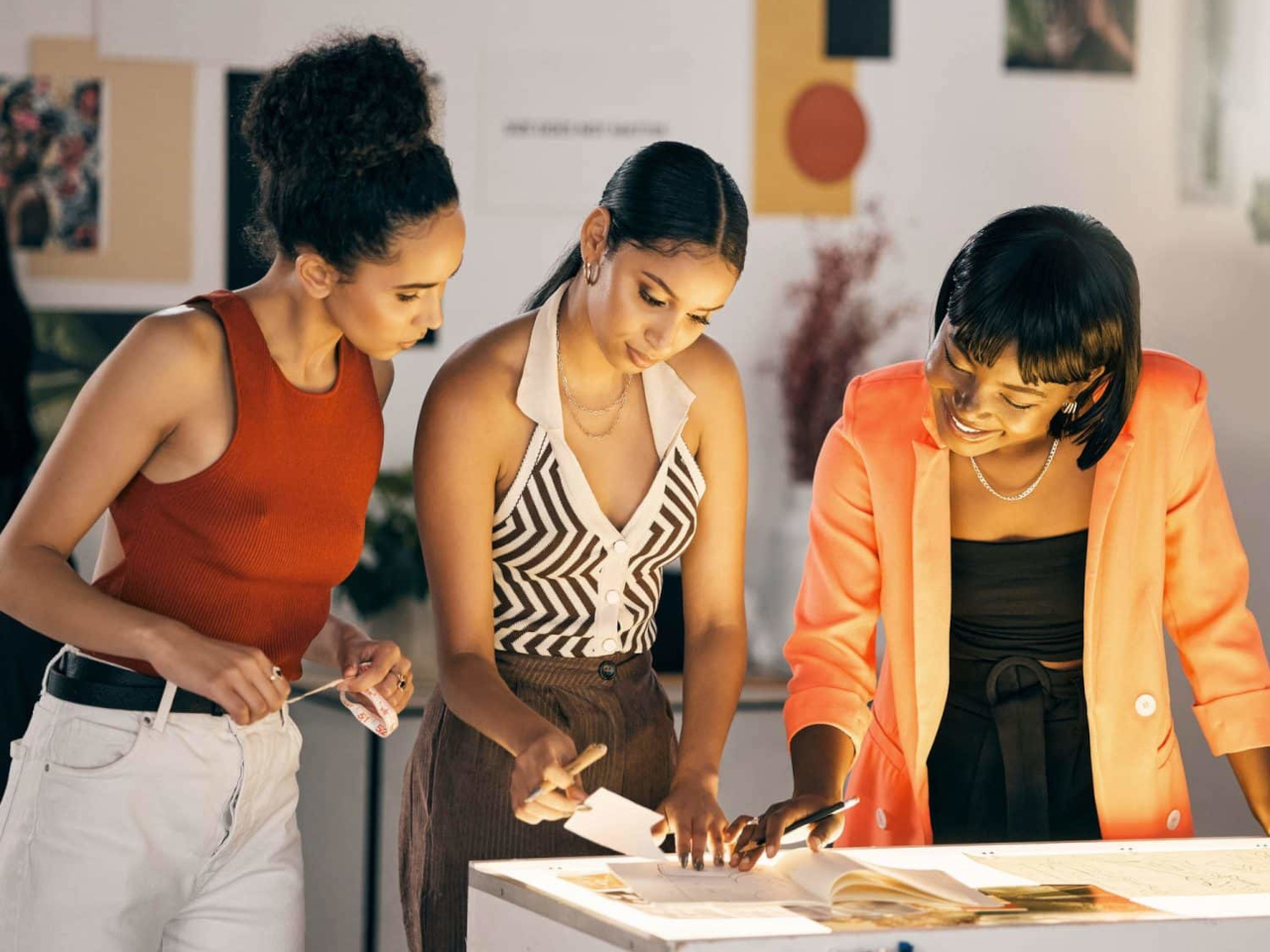
JSW Paints’ involvement as the Presenting Partner of Design Mumbai brings an added visual spectacle. AS Sundaresan, Joint MD & CEO of JSW Paints, shared, “At JSW Paints, innovation and ‘Think Beautiful’ is at the heart of everything we do. We’re delighted to present Design Mumbai 2024, which will transform Jio World Garden into a vibrant celebration of colour and creativity.” Their participation aims to create a visually inspiring event, encouraging everyone to reimagine their spaces boldly and beautifully.
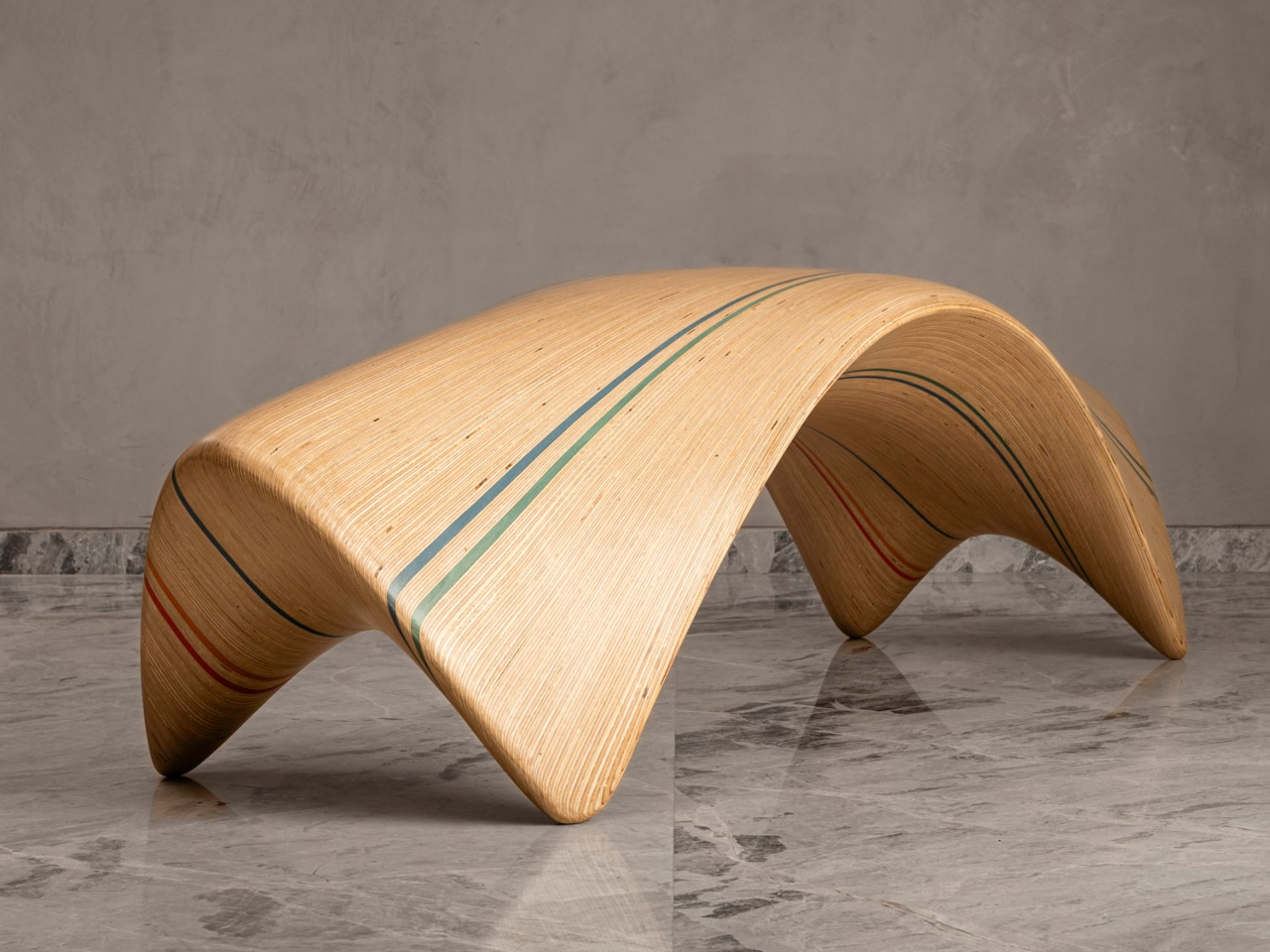
Designer: andblack
Highlights and Exhibitors
Co-founder Ian Rudge describes the event as a milestone for India’s design community. “This event marks a significant milestone for India, offering an international platform unlike anything seen before. We’re bringing a whole host of innovative and pioneering designs to the show, along with specially commissioned installations from key partners such as JSW Paints and Royal Enfield, and exclusive appearances by some of the most recognised names in the industry. At the same time, we’re committed to celebrating India’s rich design and craft heritage.” Visitors can expect specially commissioned installations, exclusive product launches, and a celebration of India’s craft heritage—all curated to reflect the blend of tradition and innovation that defines modern Indian design.
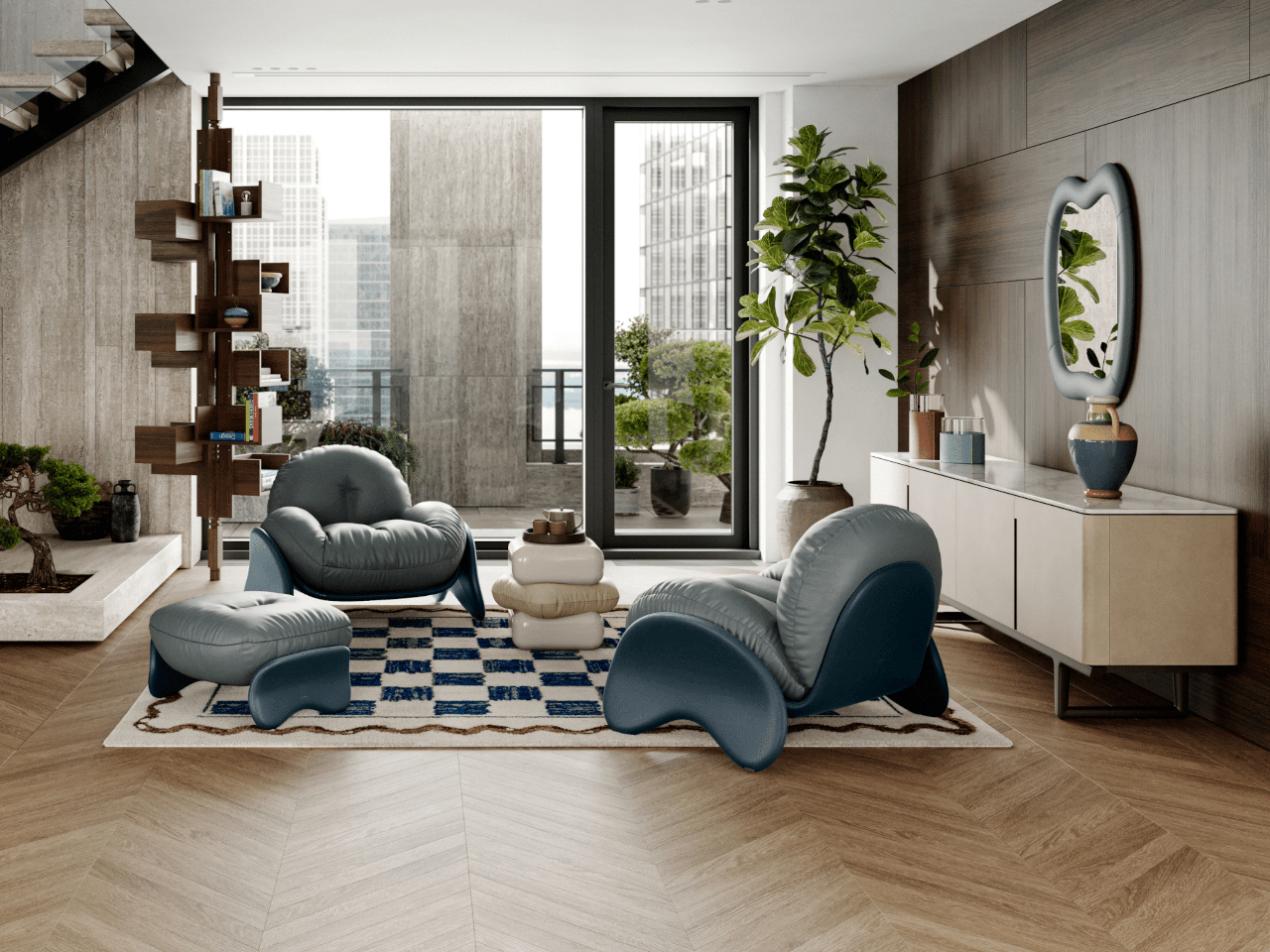
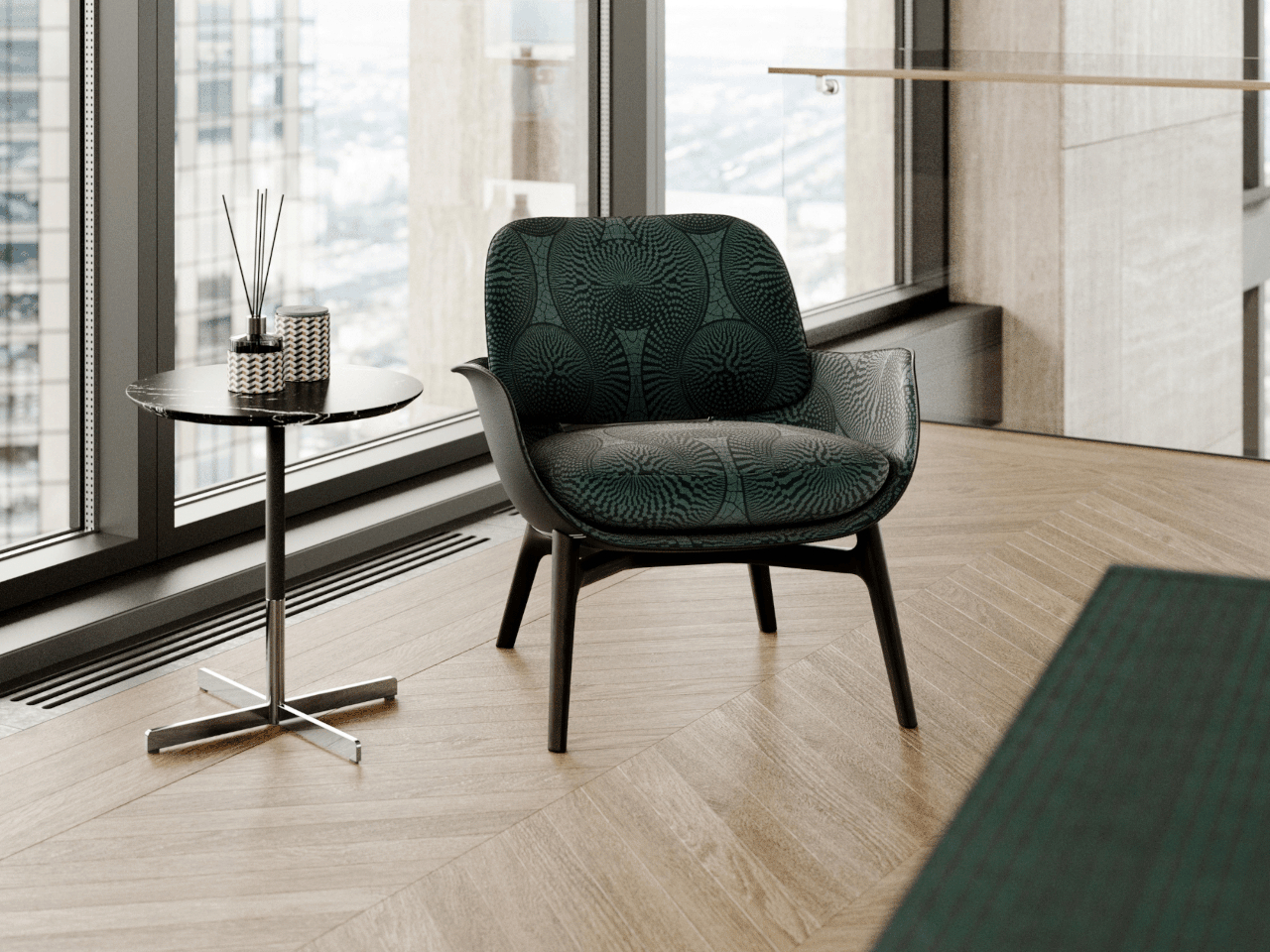
Designer: Poltrona Frau
With names like Poltrona Frau, Richard Hutten, Studio Saar, Fern & Ade, Jaipur Rugs, VIATOV, VitrA, and de Sede participating, there is something for everyone—if you are interested in plush seating, thoughtful color palettes, or eco-conscious craftsmanship.
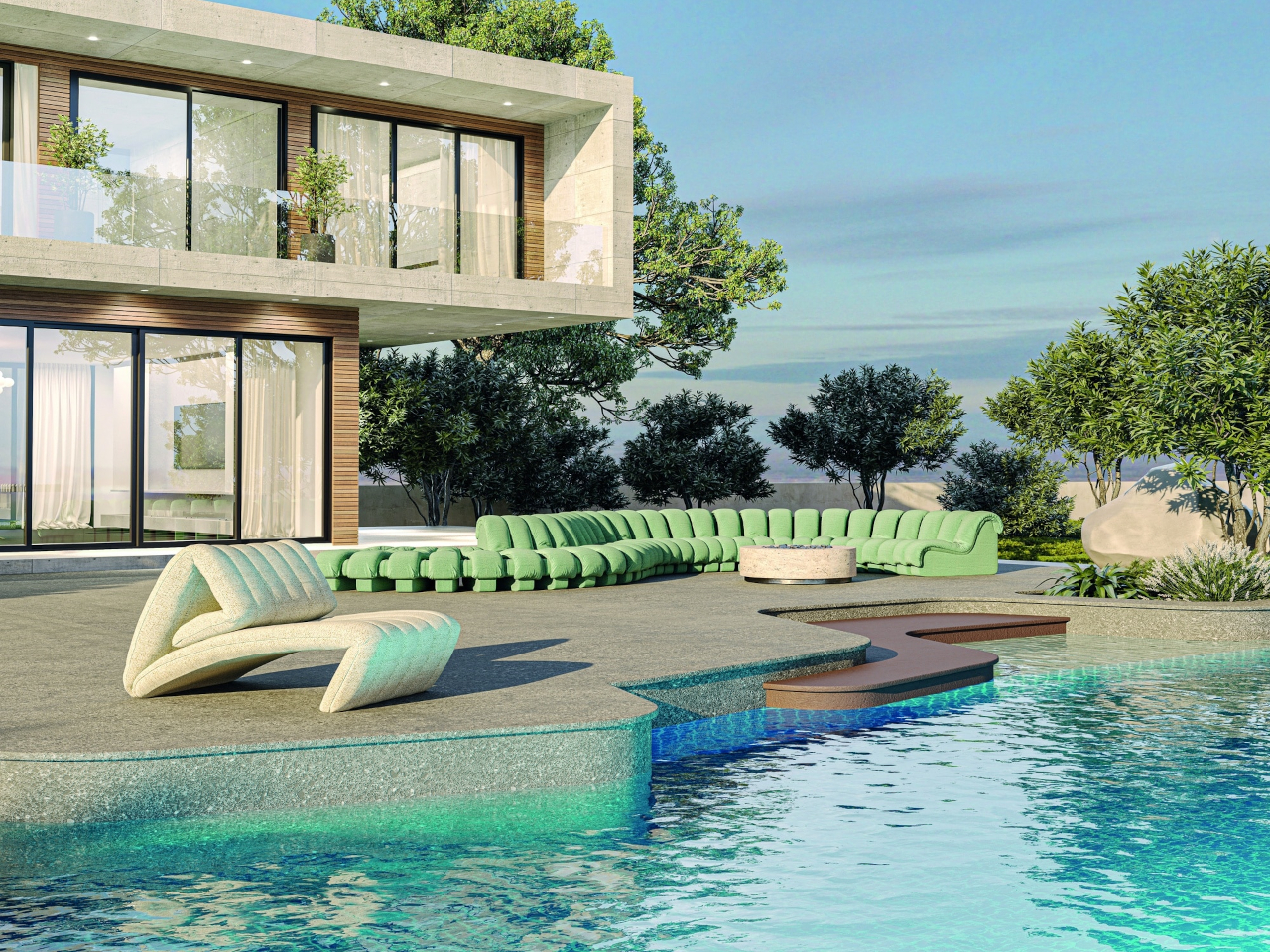
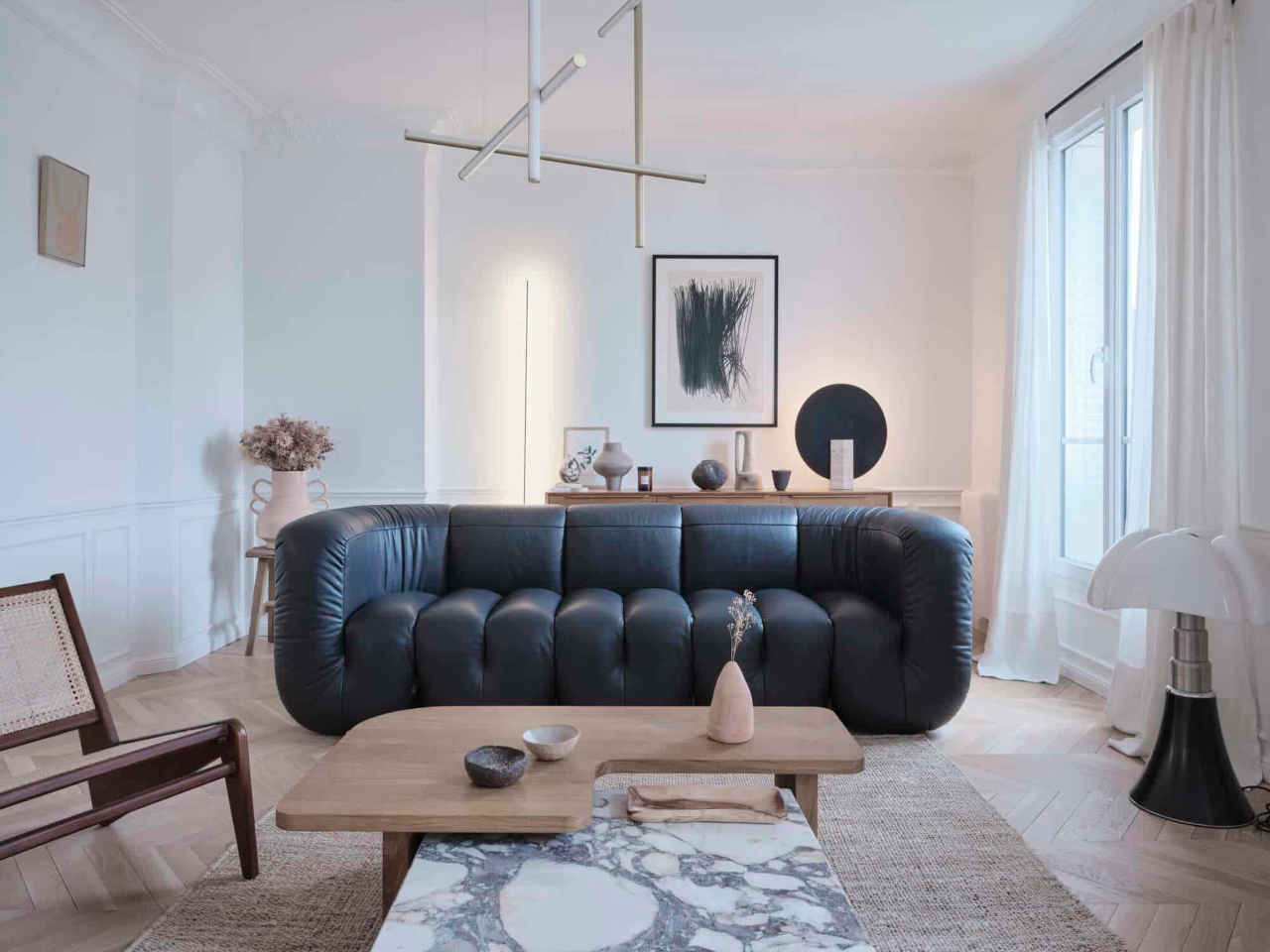
Designer: de Sede
Special Features and Installations
Design Mumbai promises an engaging array of special features, from award ceremonies to networking events, all aimed at celebrating the best in contemporary design. Exclusive collaborations, such as the concept hospitality space by THE Park Hotels, in partnership with Studio Saar, will provide attendees with a refreshing look at innovative hospitality design.


Designer: Royal Enfield
Royal Enfield will also feature prominently, showcasing its latest Royal Enfield Classic 350, highlighting its design expertise and the craftsmanship that goes into making these iconic motorcycles.
Live Talks and Keynotes
Design Mumbai is also packed with live industry talks and keynotes under the “Design Mumbai: Exchange” series. Confirmed speakers include key players from Dezeen, Dutch industrial designer Richard Hutten, and those involved in the $30 billion Mumbai infrastructure overhaul.
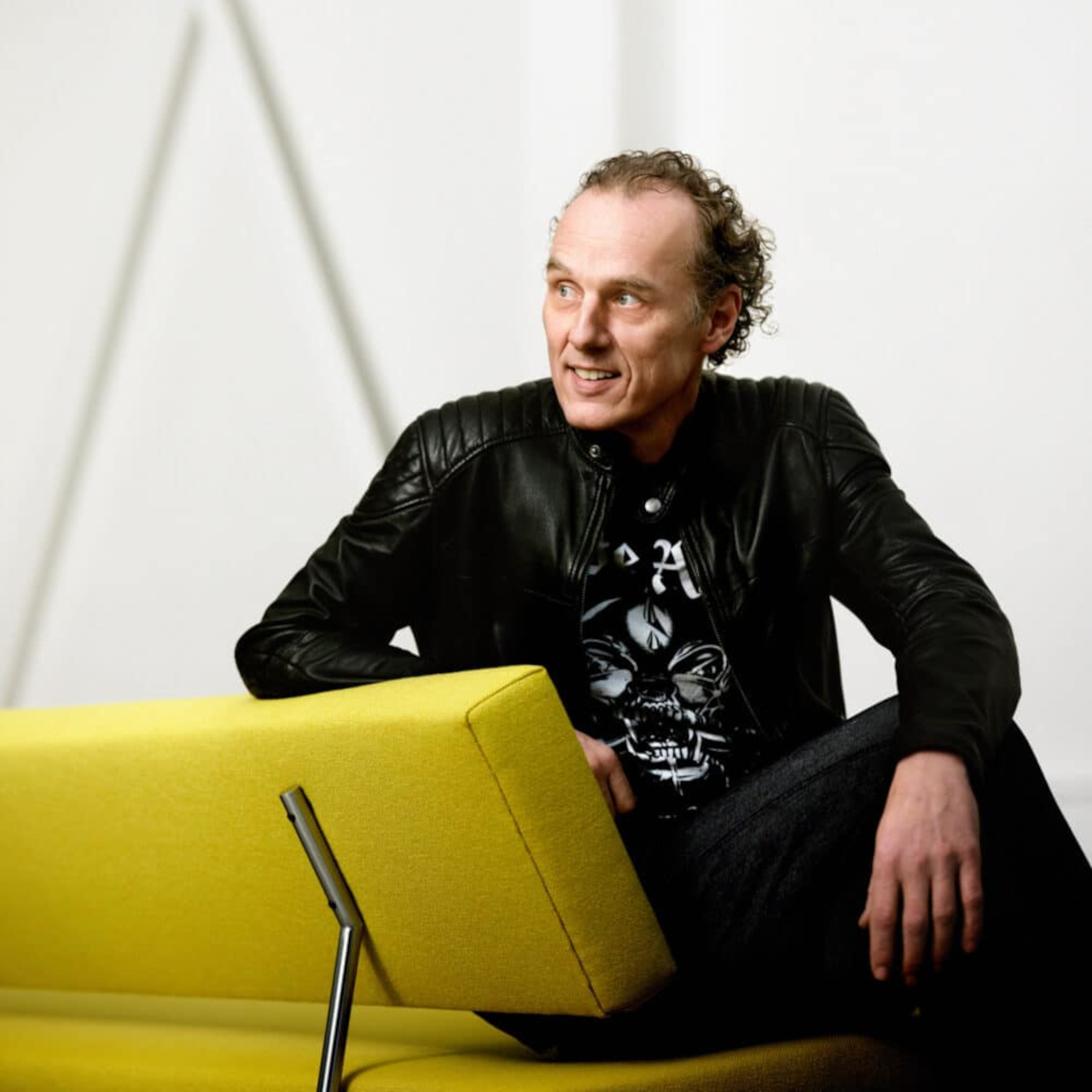
Richard Hutten
The discussions will cover the intersection of sustainability, design, and technology, providing insights into the future of the creative industry.
Ian Rudge added, “Our goal with Design Mumbai is to deliver top-tier quality and originality to the architecture and design community. We aim to provide a unique experience and diverse content if attendees are specifying for a private residential project or a commercial venture such as a hotel or restaurant.”
Culinary Experiences
Alongside the visual delights, visitors can indulge in culinary experiences from award-winning restaurants, including a pop-up from Soho House Mumbai.
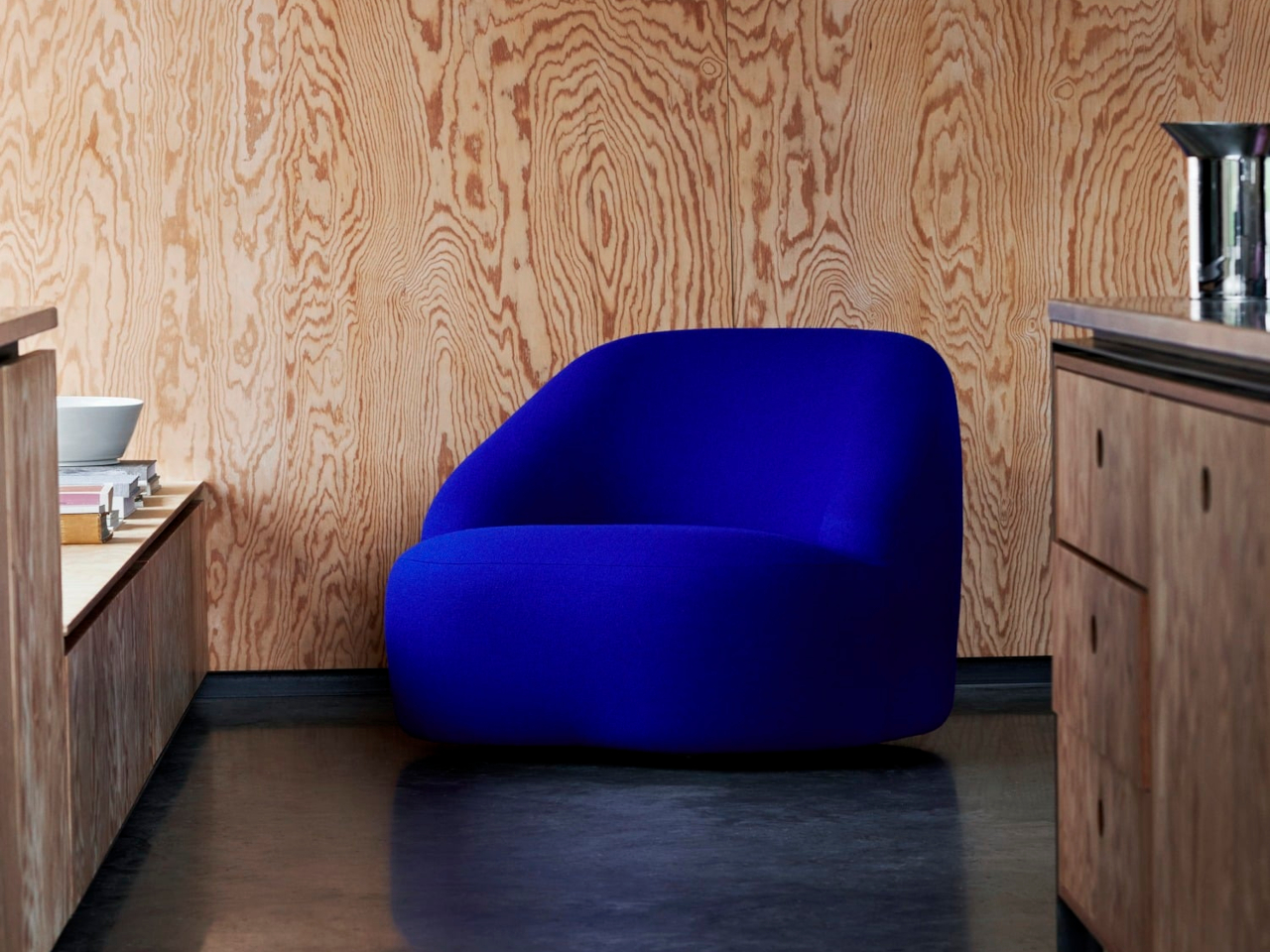
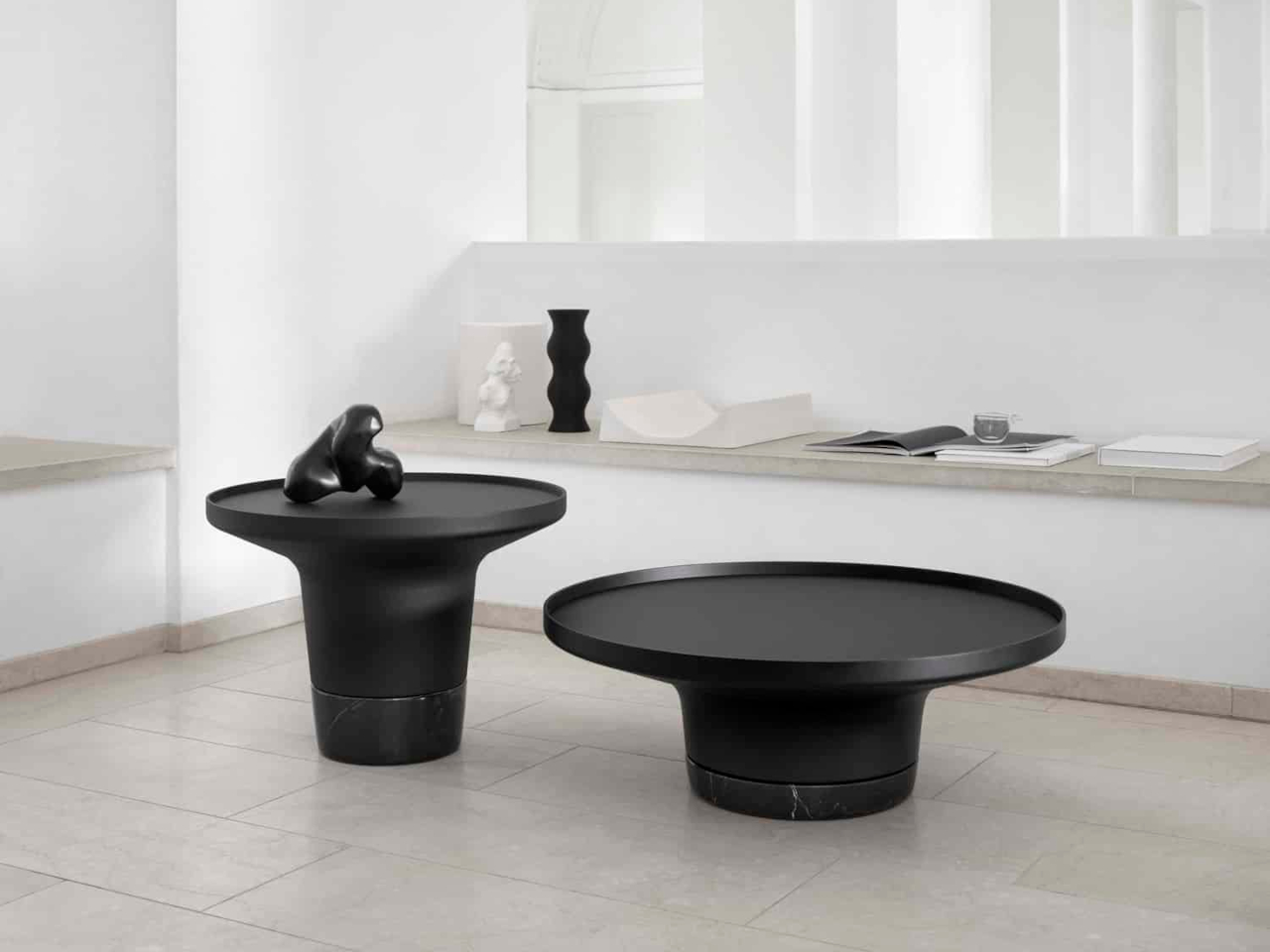
Designer: Fern & Ade
Imagine exploring exhibits ranging from upcycled cotton tapestries by Morii Design to the latest Danish collections by Fern & Ade—all while enjoying a high-end dining experience.
Innovative and Sustainable Design
Innovation is a core theme of the event, which showcases creativity and sustainability, from VitrA’s recycled ceramic washbasins to VIATOV’s plexiglass mirrored art pieces.
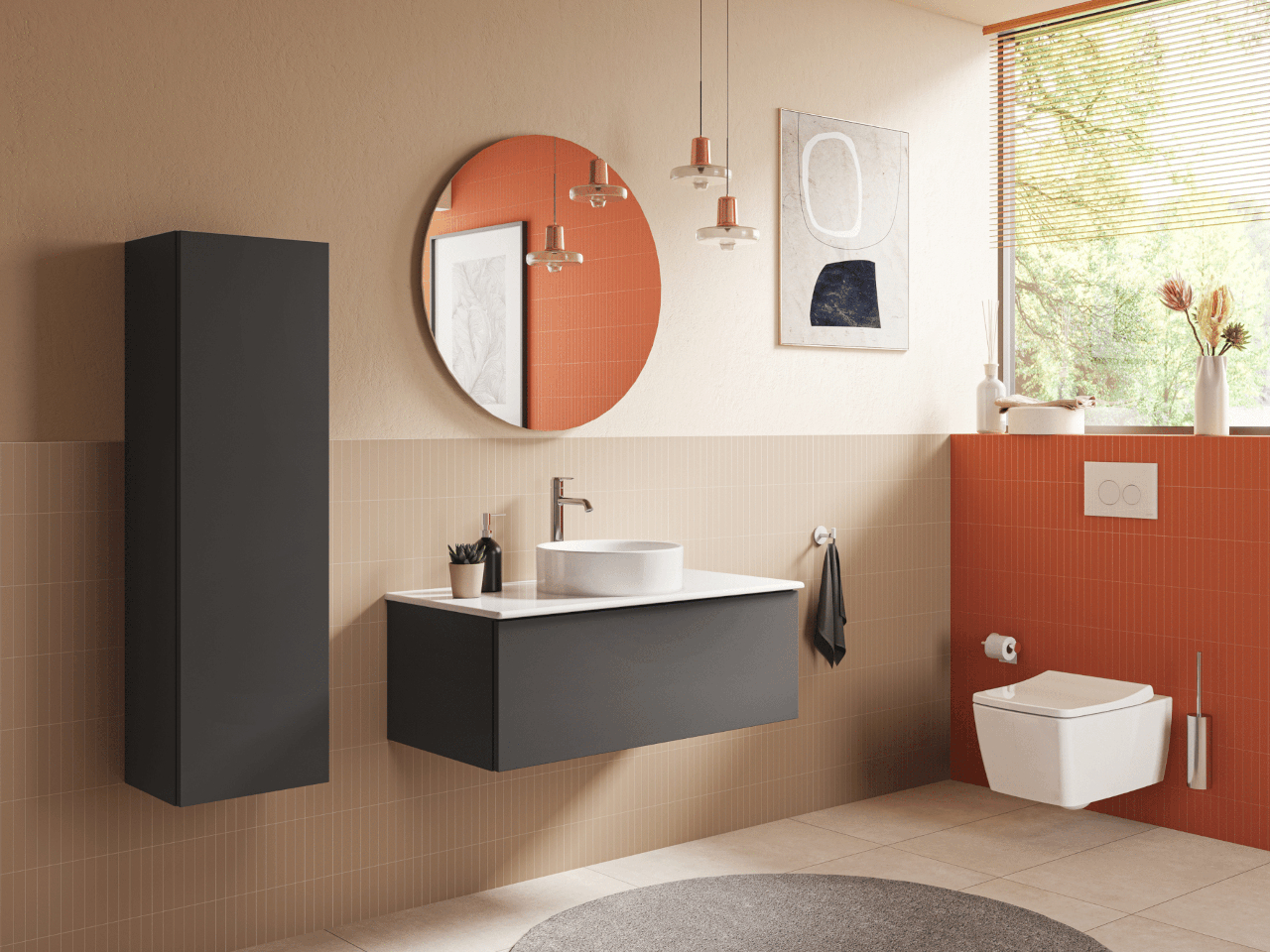
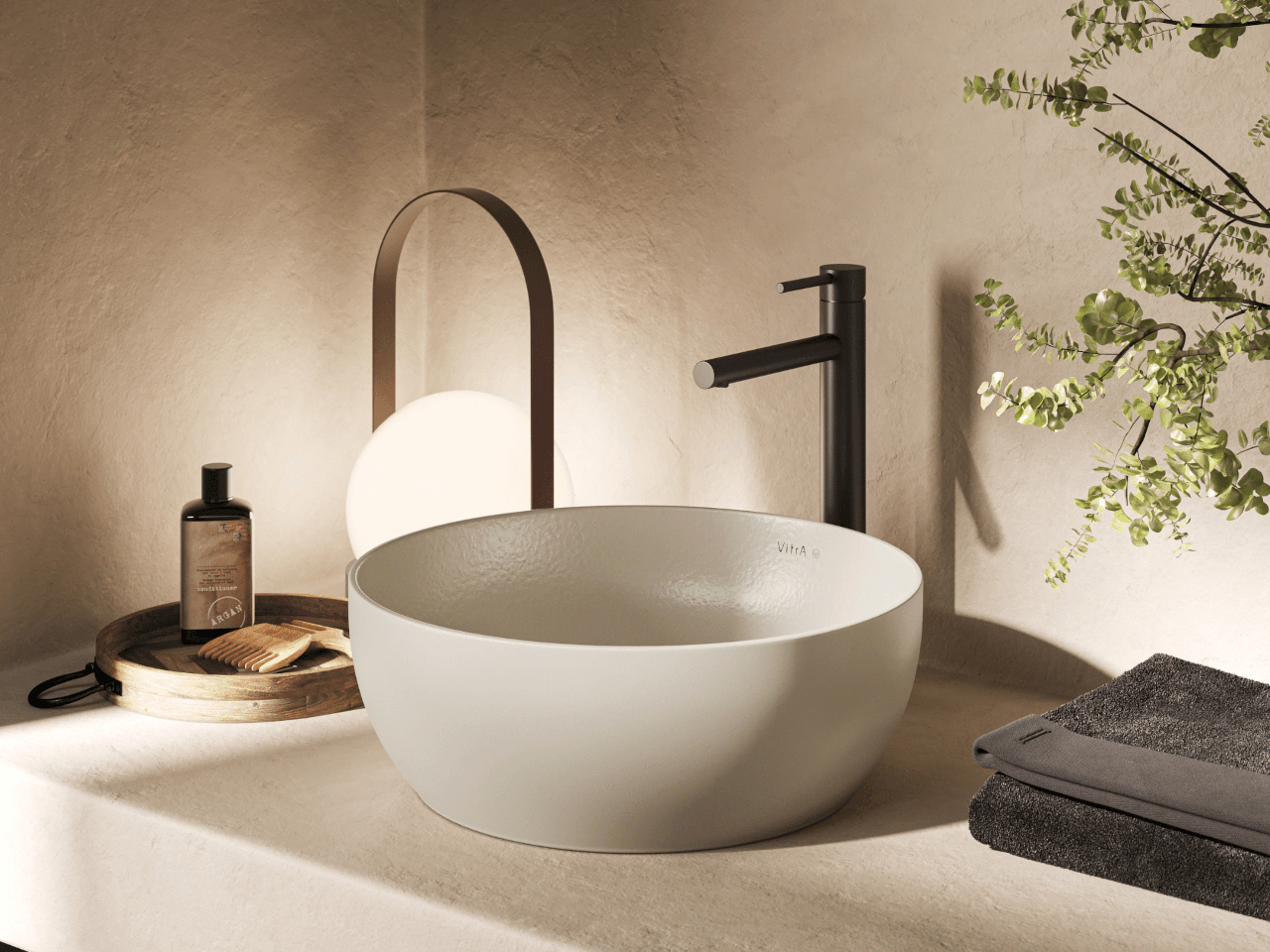
Designer: Vitra
Visitors will also find inventive pieces from AKFD Studio, known for its unique lighting designs incorporating traditional Indian craftsmanship, and Studio Avni’s work, which experiments with materials like silicone and discarded silk saris.
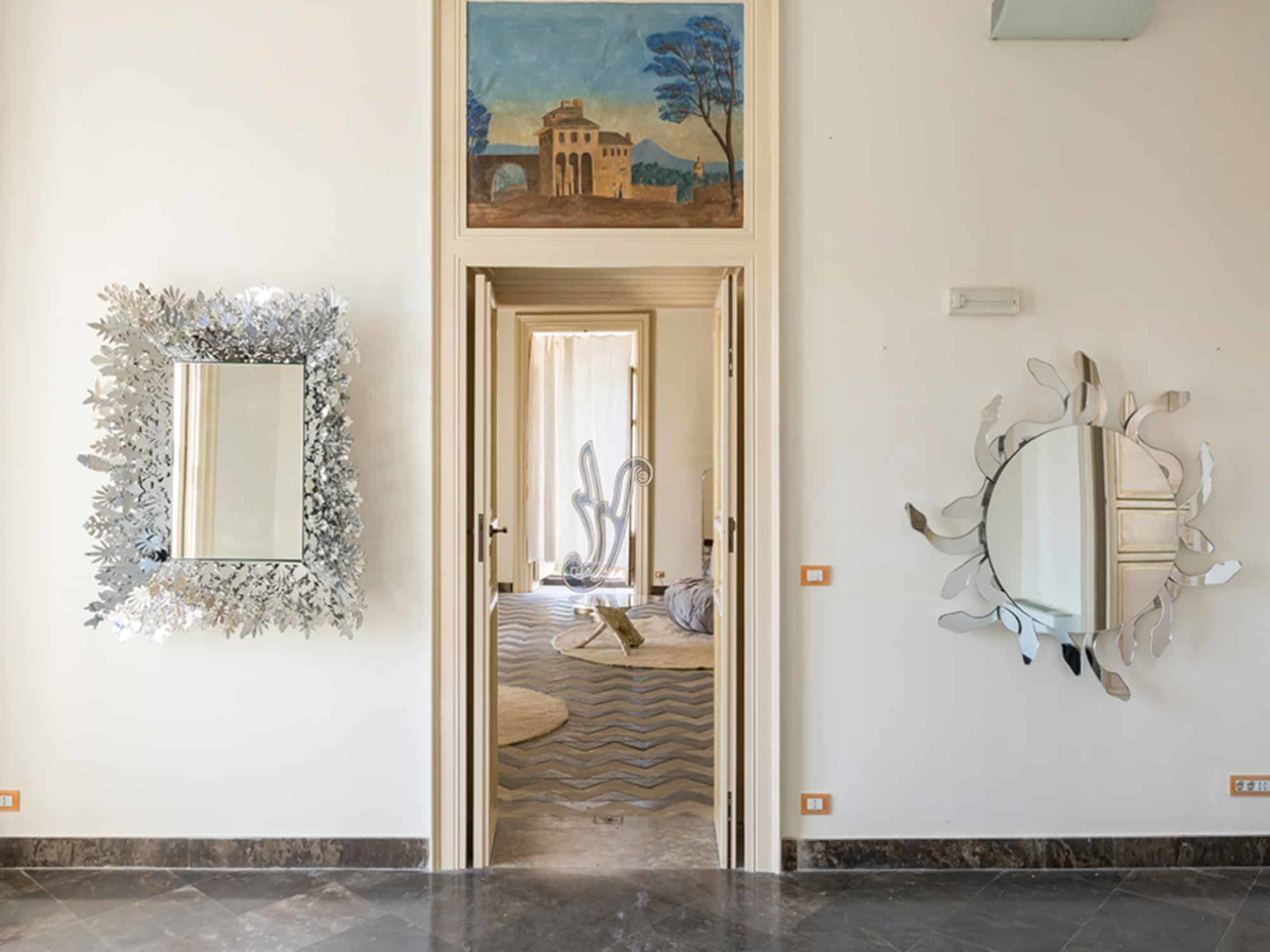
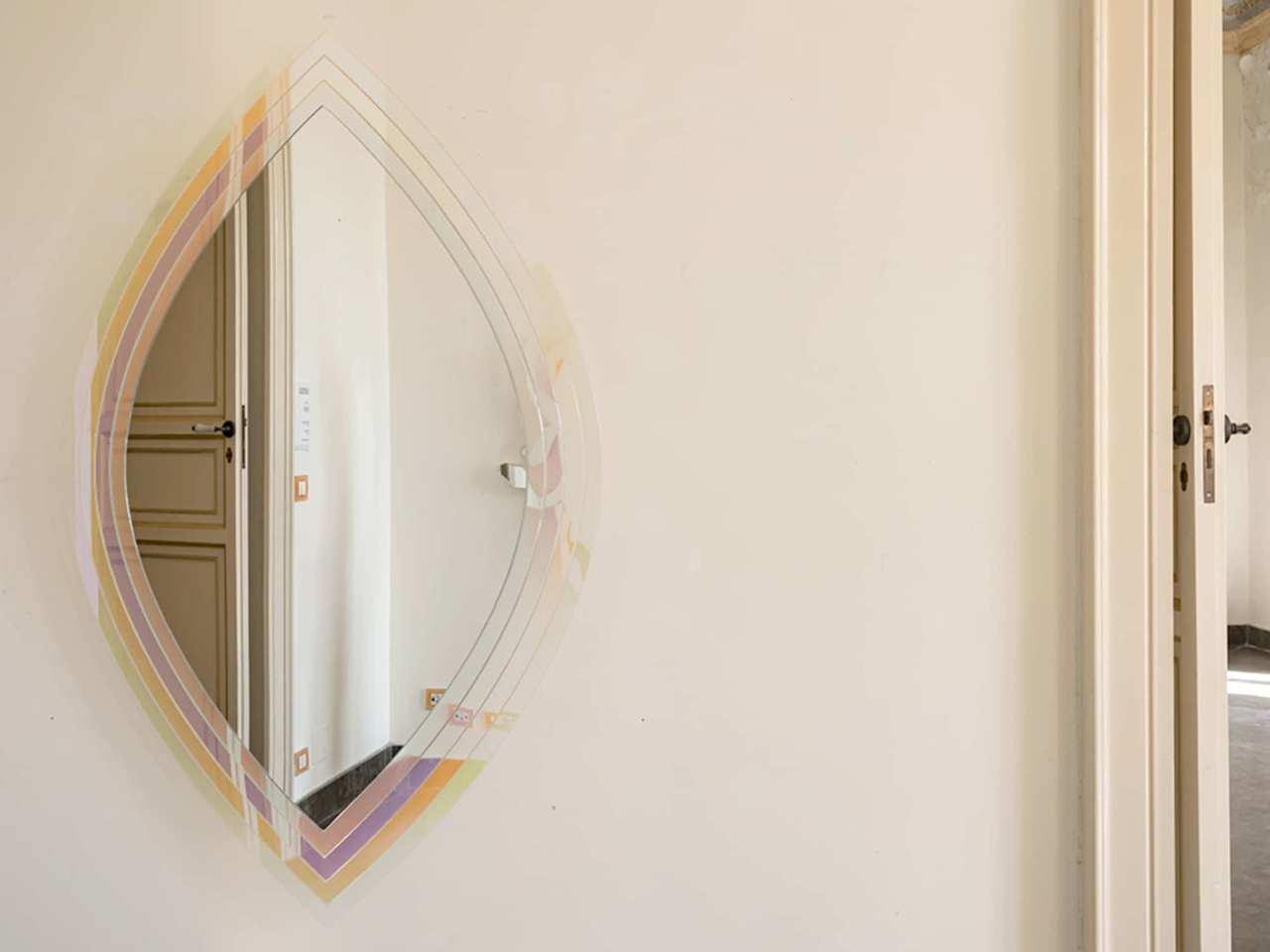
Designer: Viatov Design
Craft Heritage and Modern Classics
Expect to see bold, modern pieces from the FAZO Project, which utilizes traditional carpet weaving techniques. Loco Design will present collections that blend Indian heritage with modern technology, while Shailesh Rajput Studio will exhibit art-inspired lighting pieces using aluminum, brass, and clay.
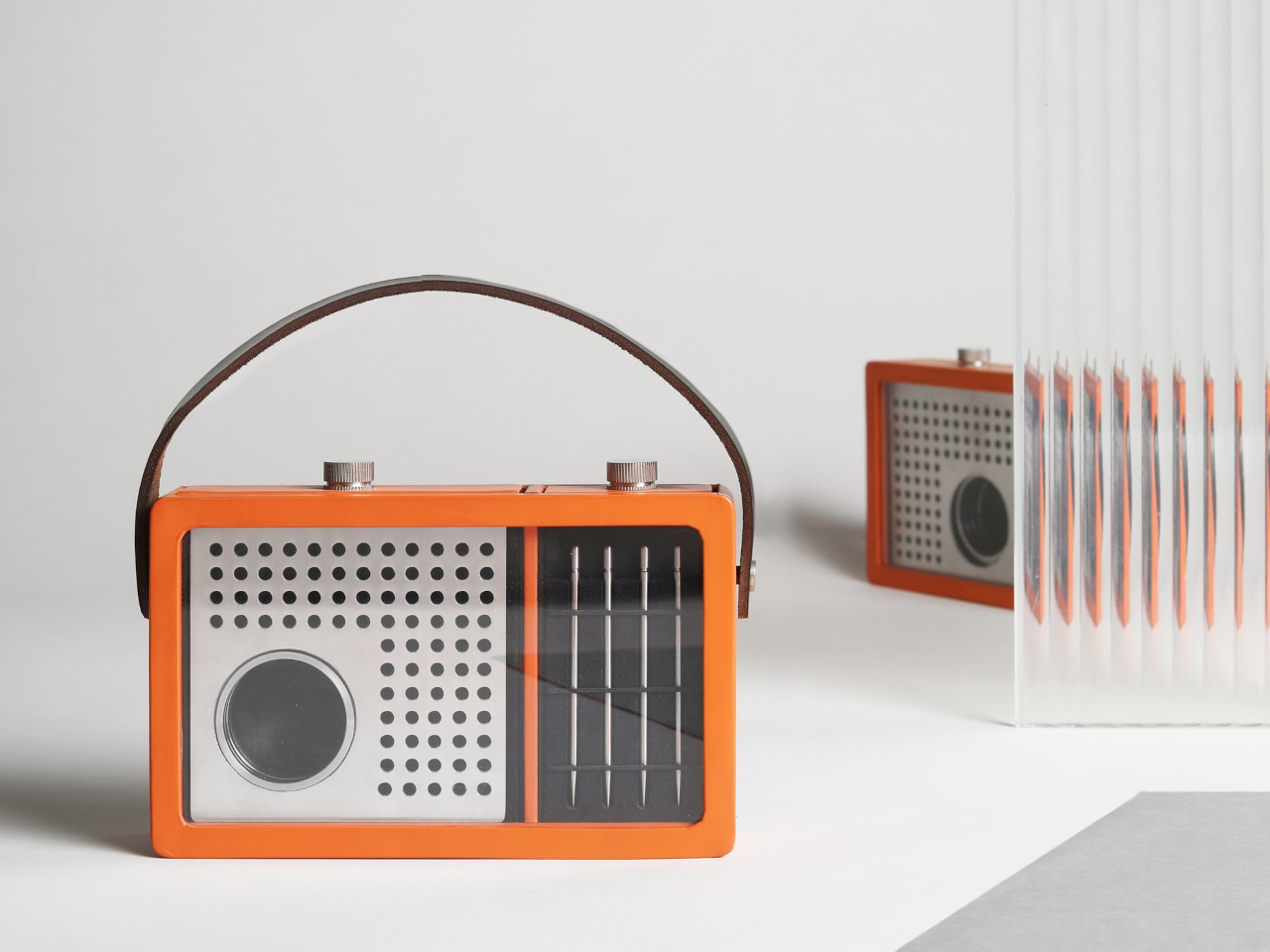
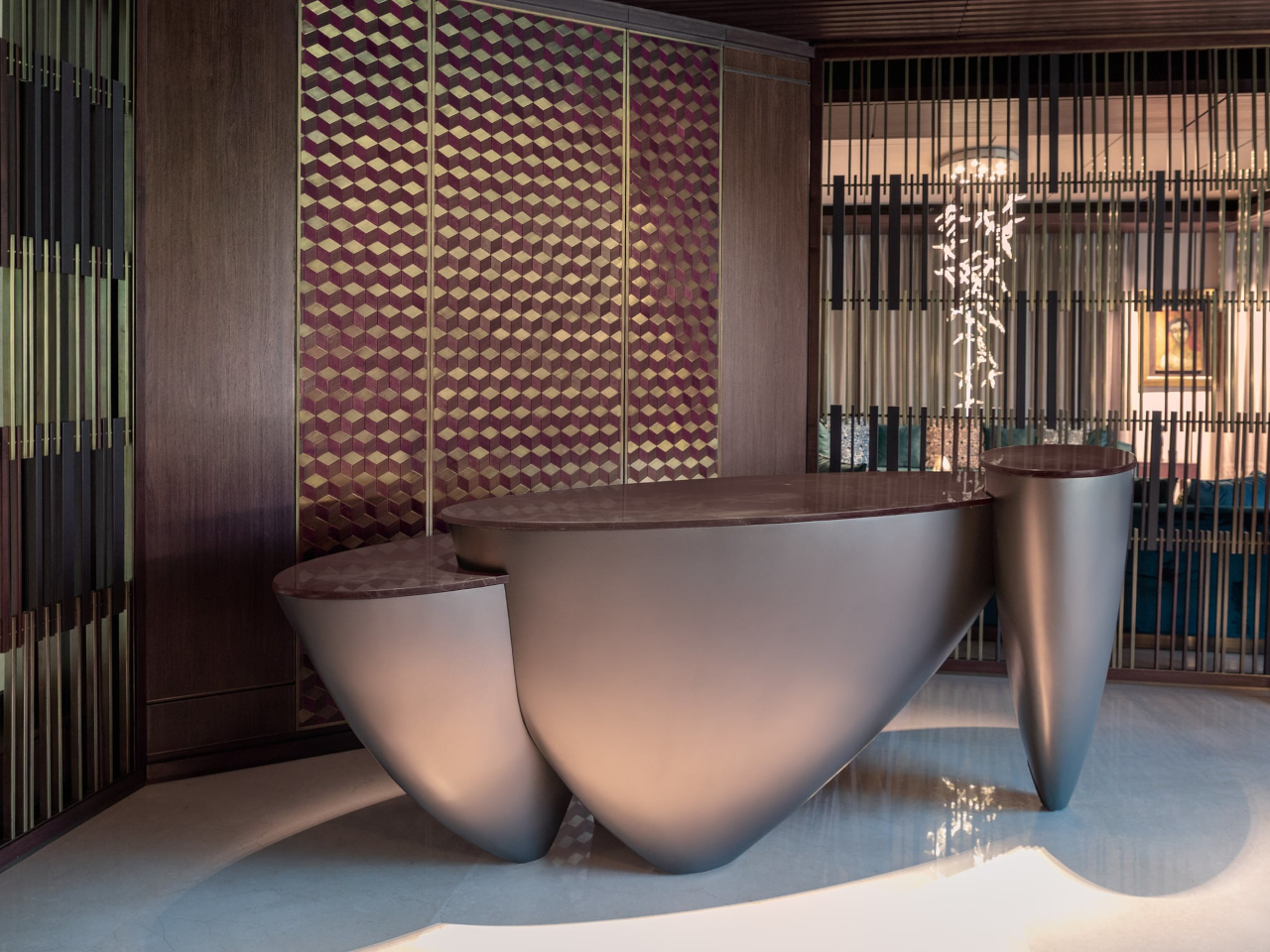
Designer: Loco Design
Loco Design’s efforts to blend heritage craftsmanship with modern aesthetics aim to redefine contemporary Indian design on a global scale. Under brands like Madheke, Pintark, and Taamaa, their new collections represent a convergence of Indian heritage and international practices, creating an engaging narrative for the audience.
Luxury Meets Modern Architecture
The hospitality space designed by THE Park Hotels in collaboration with Studio Saar offers a glimpse of luxury paired seamlessly with modern architecture.
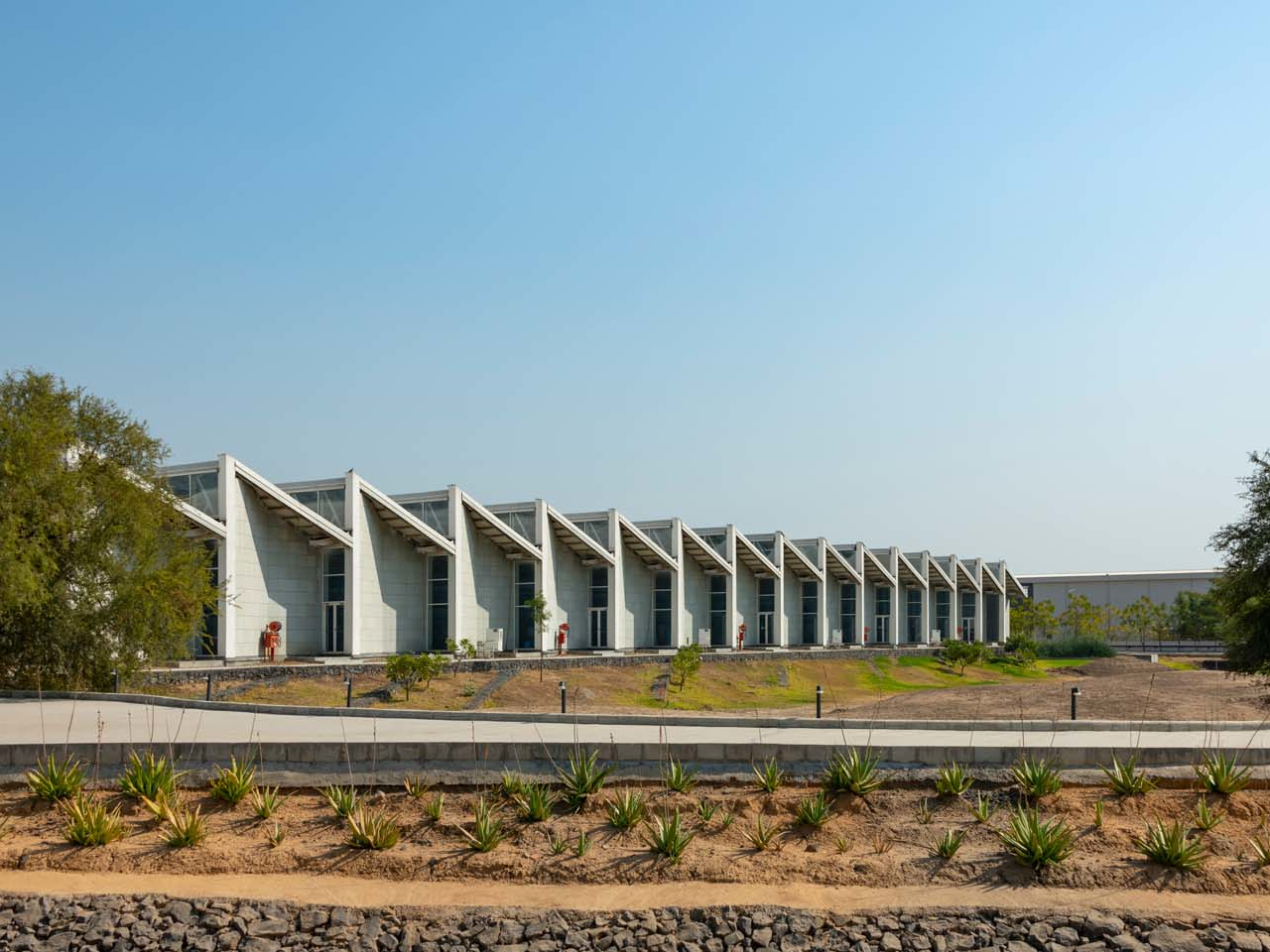
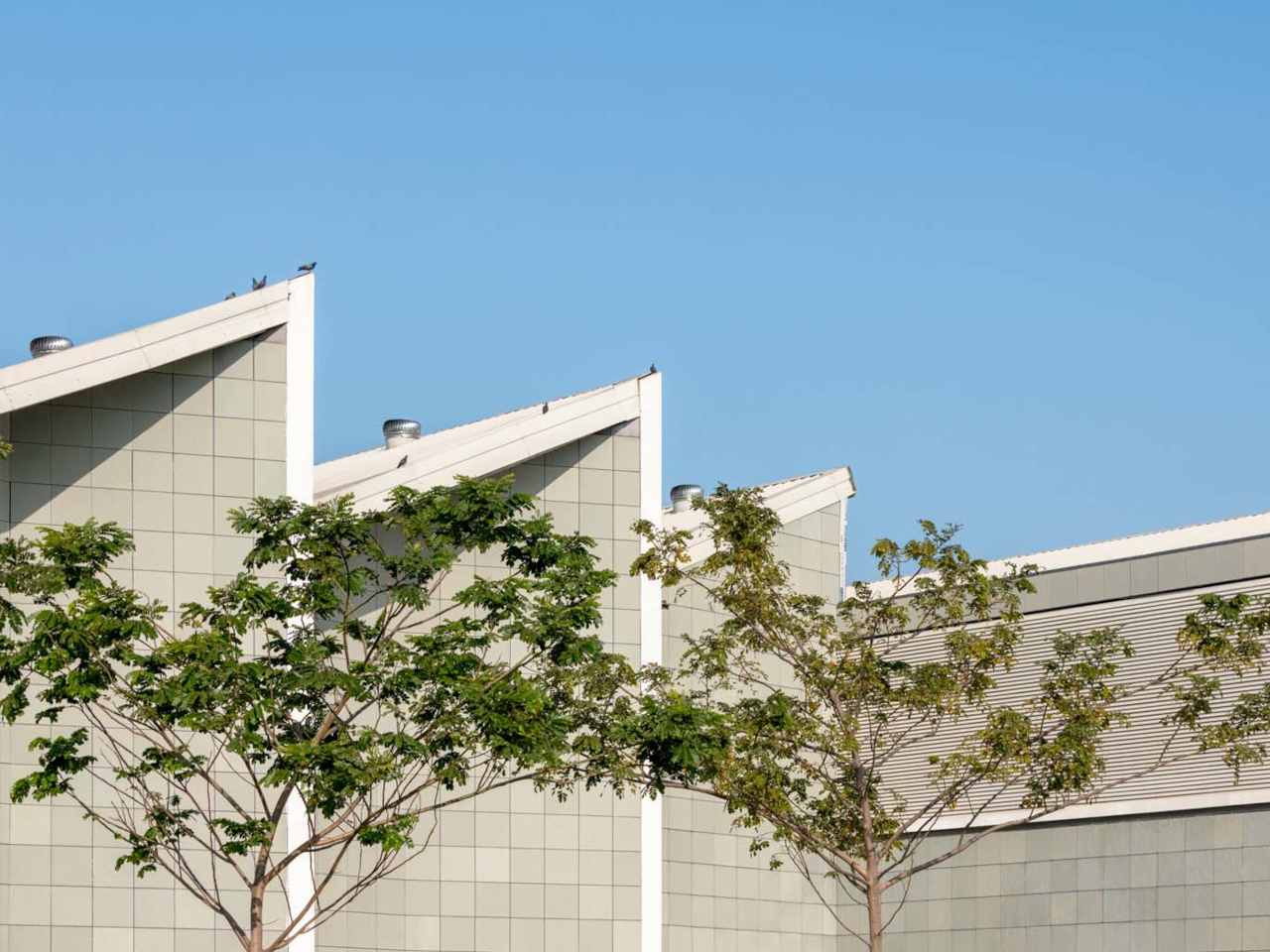
Designer: Studio Saar
With exhibitors like Technogym, Timothy Oulton, Hästens, Michael Young, and Boss Design, Design Mumbai promises something to inspire all design enthusiasts.
Artful Forms and Everyday Simplicity
Other notable names include Seoul-based VIATOV, which presents mirrored objects, and Esvee Atelier, known for its functional art that enhances living spaces.
Studio Avni will also display its Hybrid series of stitched metal light pieces alongside projects like the Garland series, which are made from discarded silk saris.
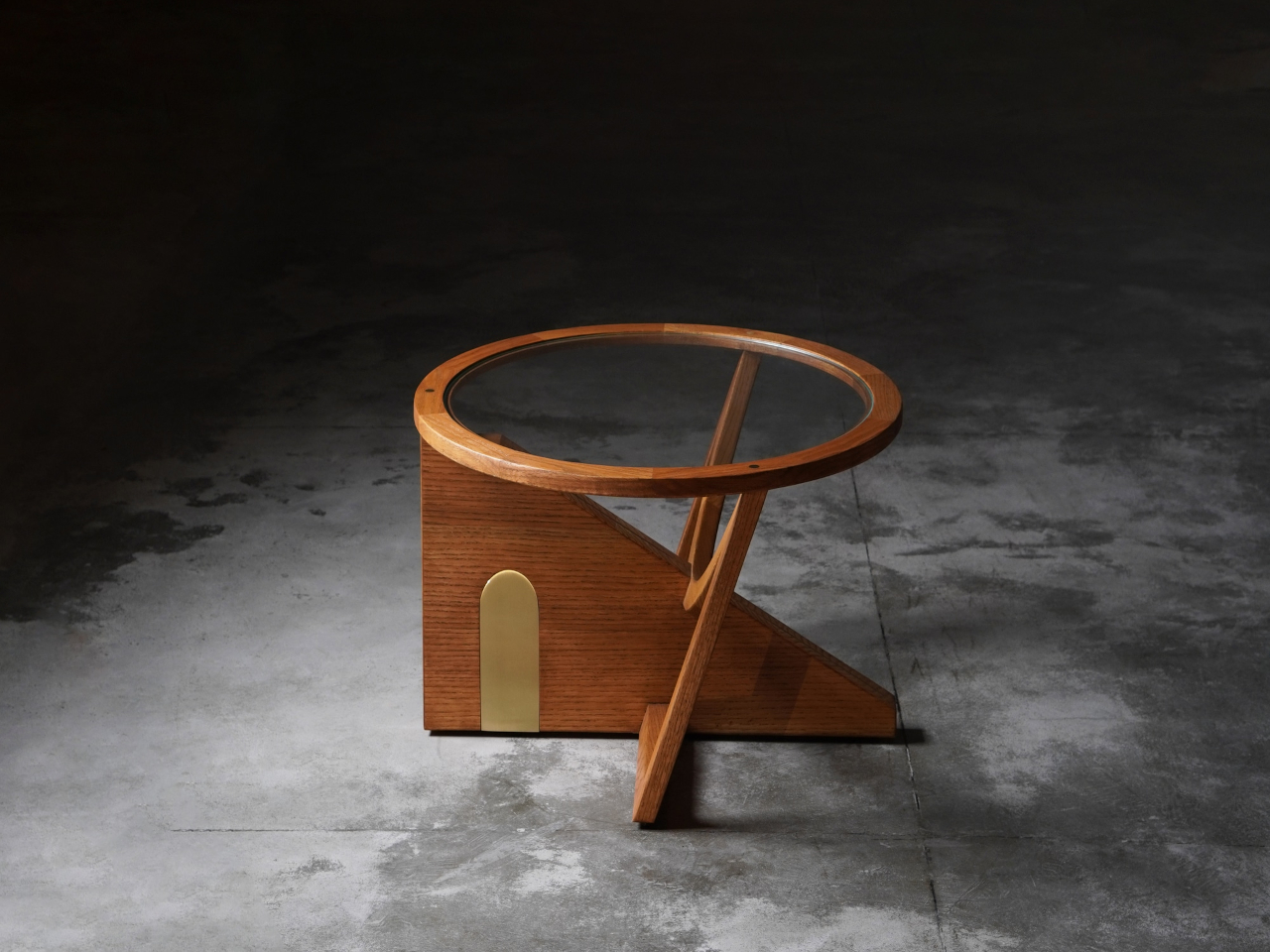
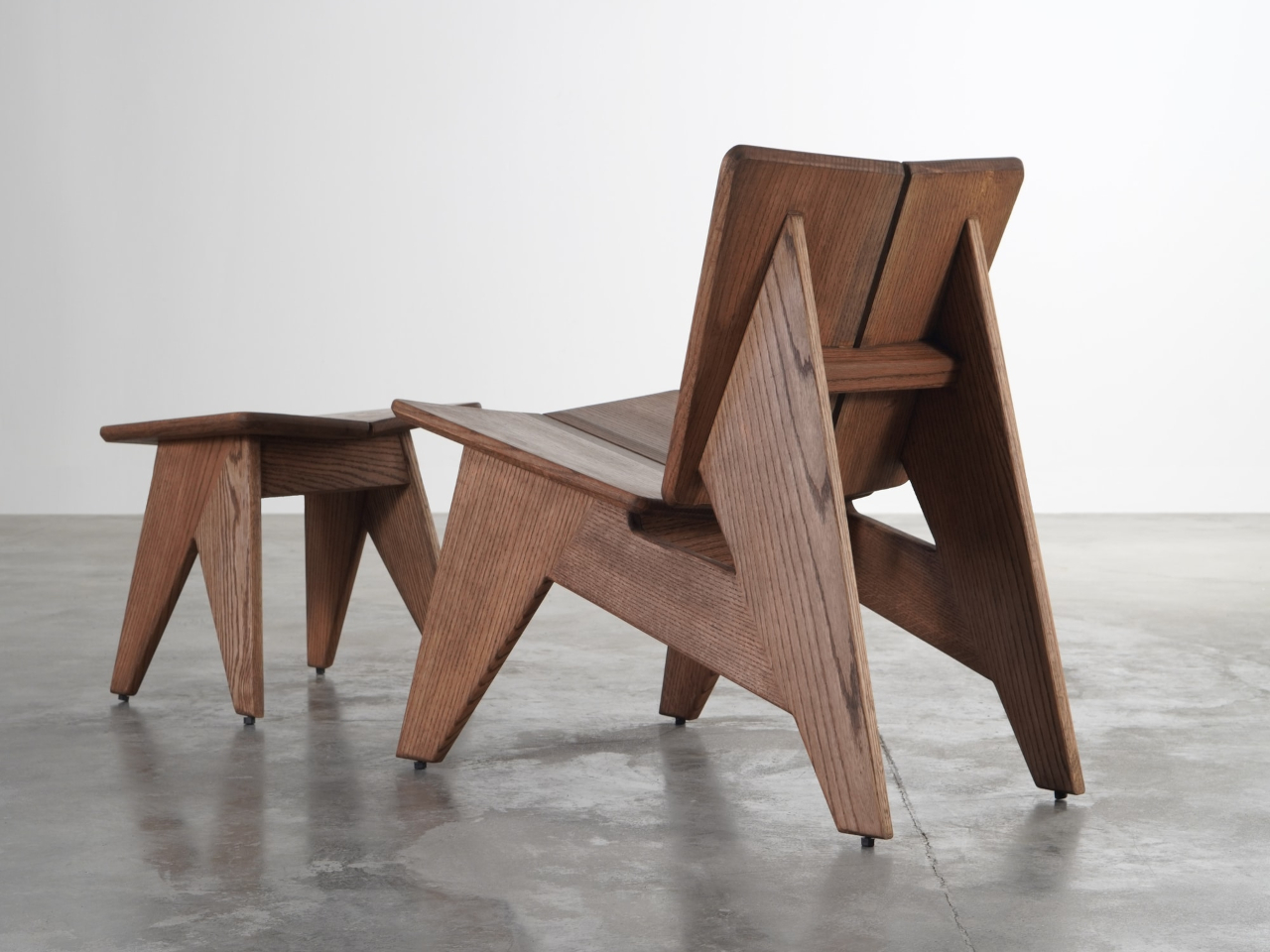
Designer: Esvee Atelier
Esvee Atelier is set to introduce the VAV coffee table, inspired by Indian stepwells, and the Maya vanity dresser, which turns everyday routines into elegant rituals and embodies the spirit of thoughtful, functional design.
Design Mumbai is set to establish itself as a yearly pilgrimage for lovers of design—capturing the creative energy of India and ingenuity from around the world. Design Mumbai is also collaborating with the Association of Designers of India’s Mumbai Chapter, who is helping them curate speakers and building engagement with the design community. The creative pulse of Mumbai is about to get even stronger!
Event Dates: 6-9 November 2024.
The post Design Mumbai 2024: Ready to Unleash Its Design Spirit at Jio World Garden first appeared on Yanko Design.
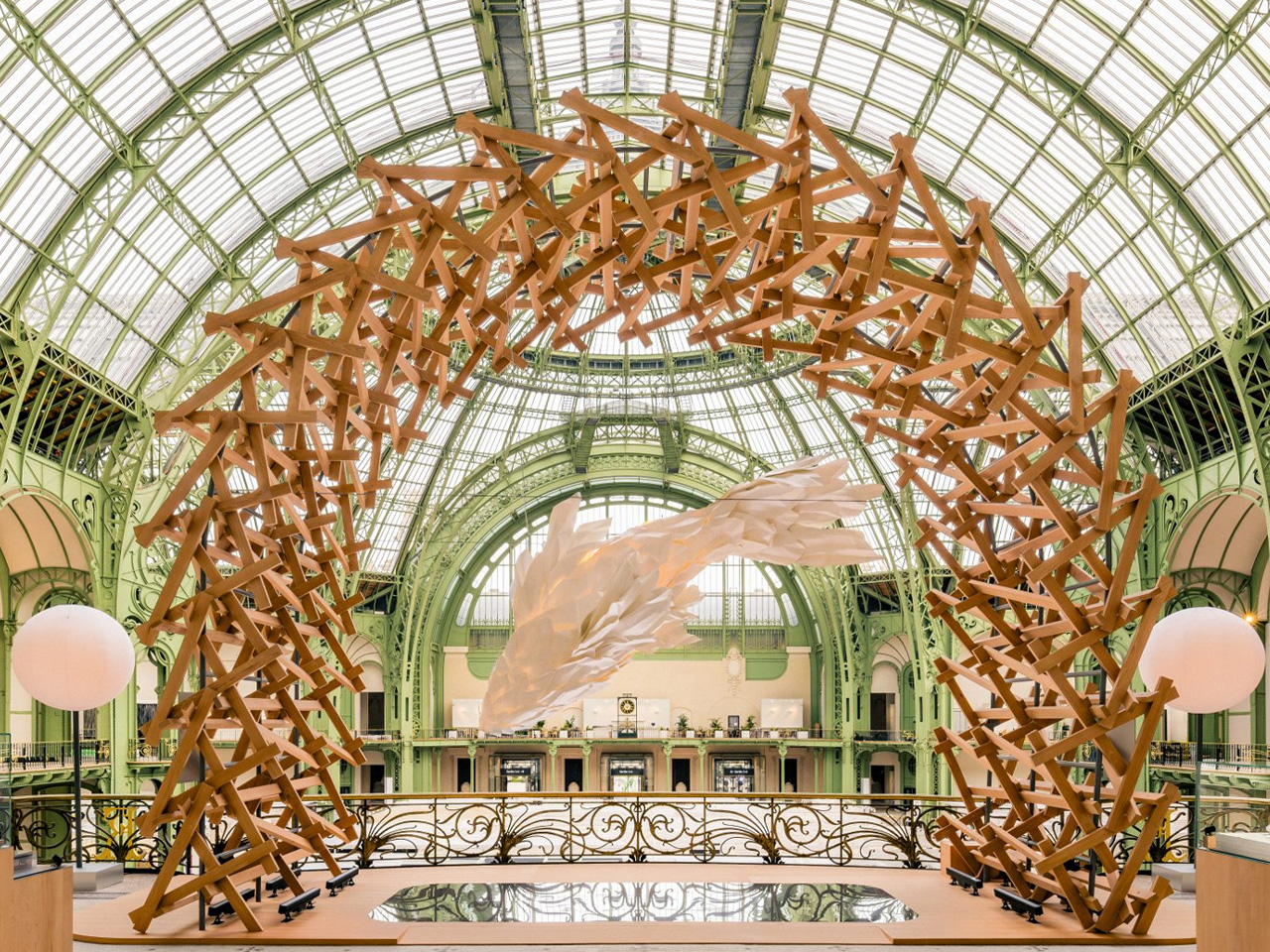
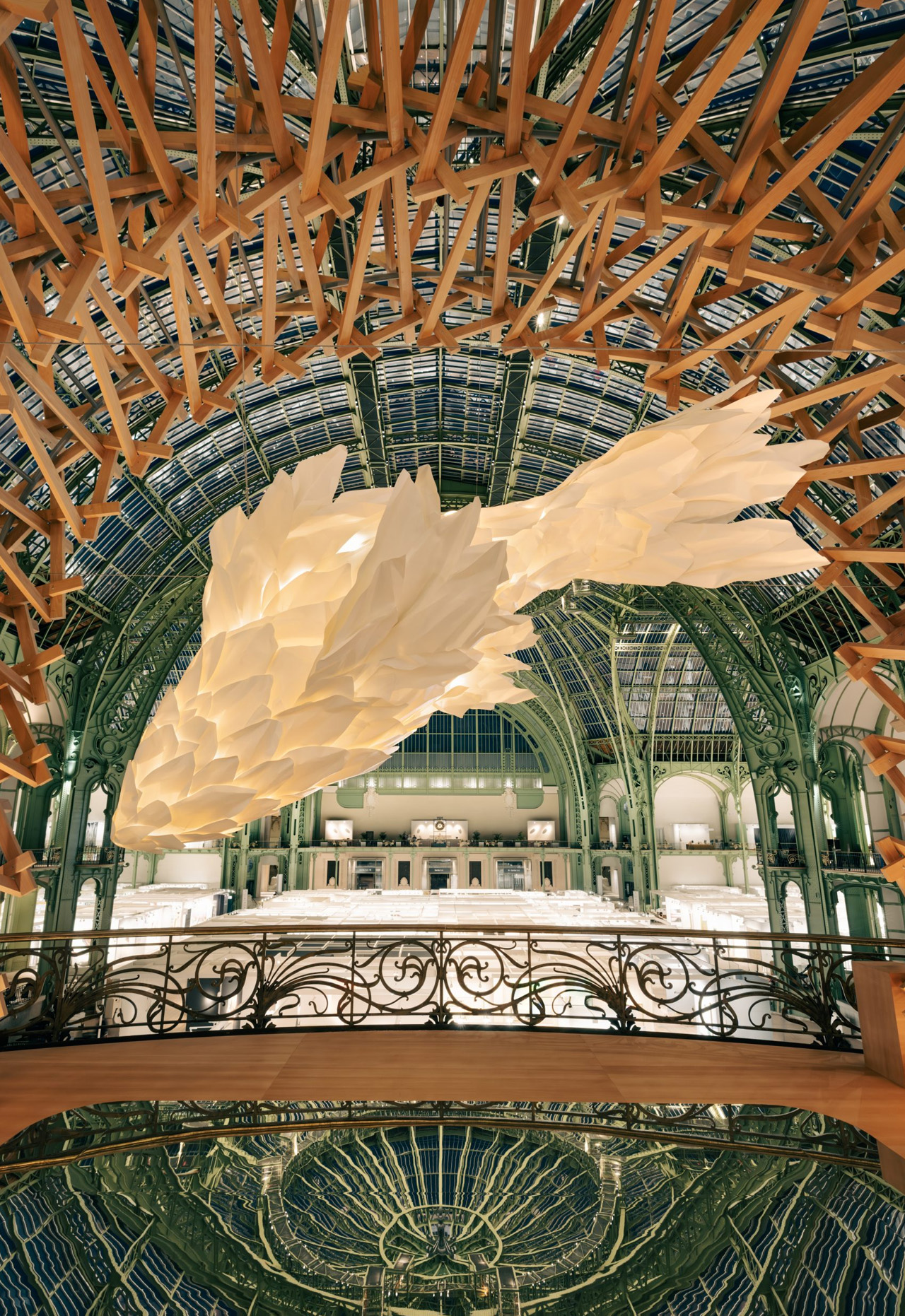
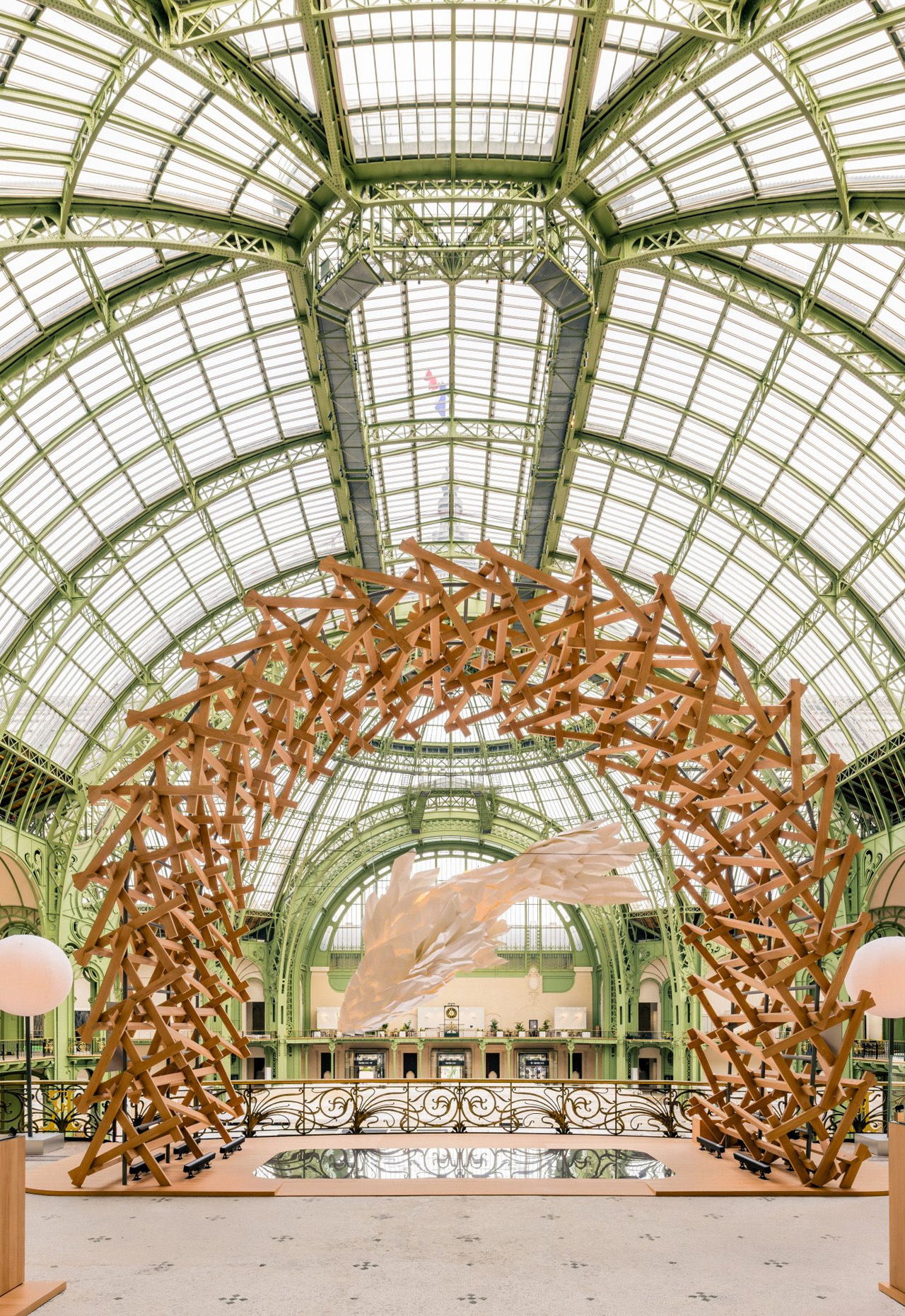
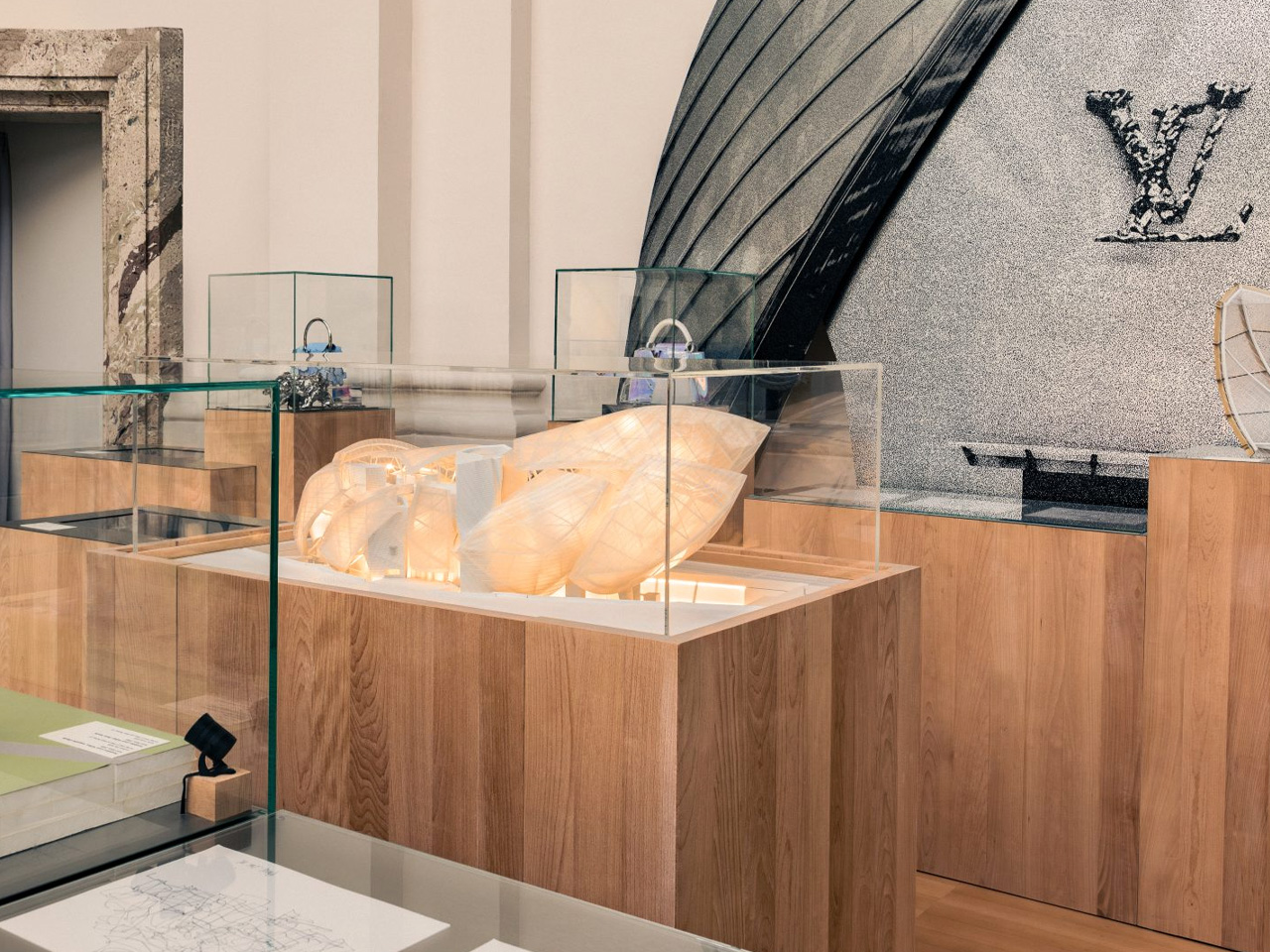
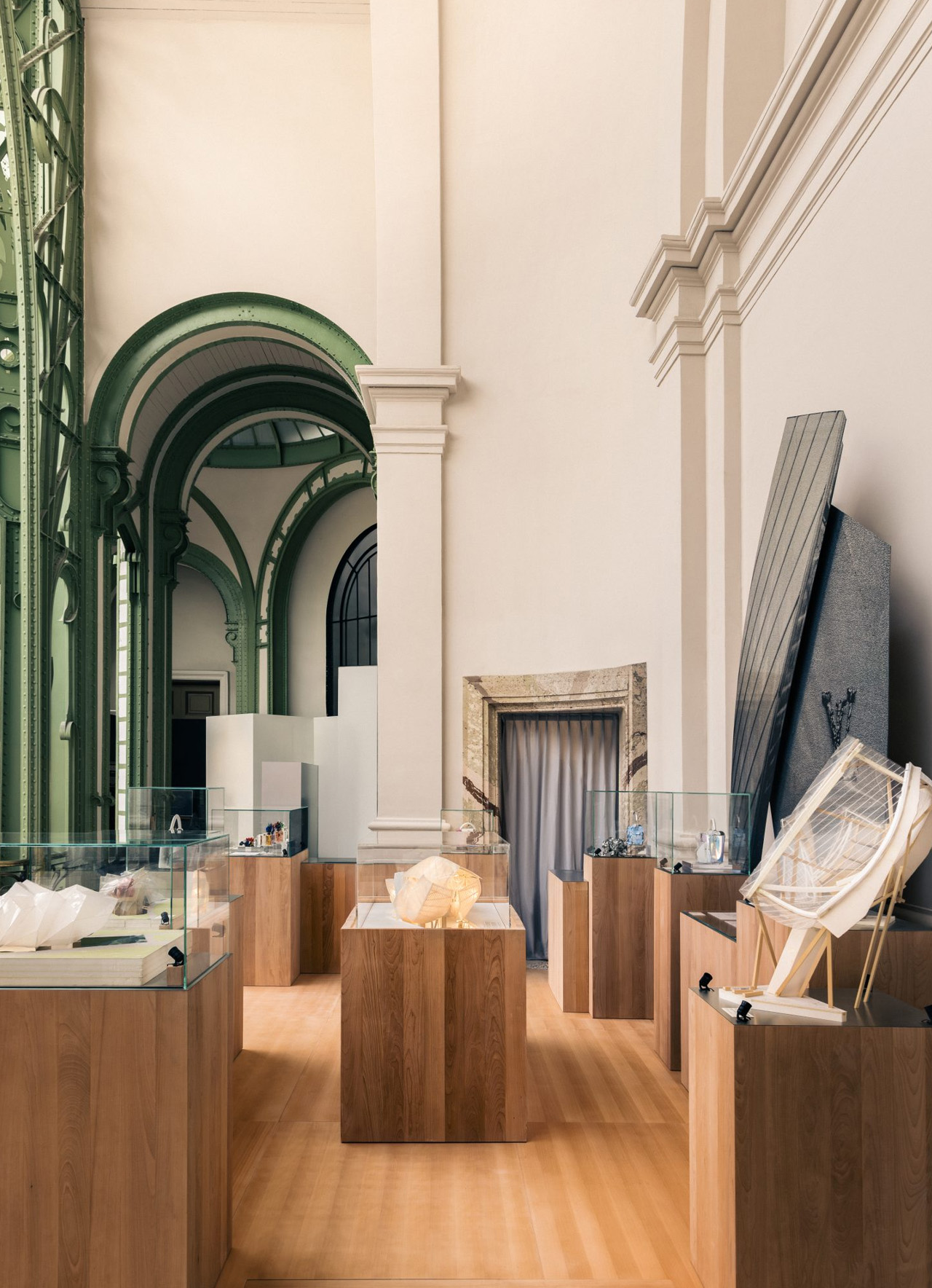
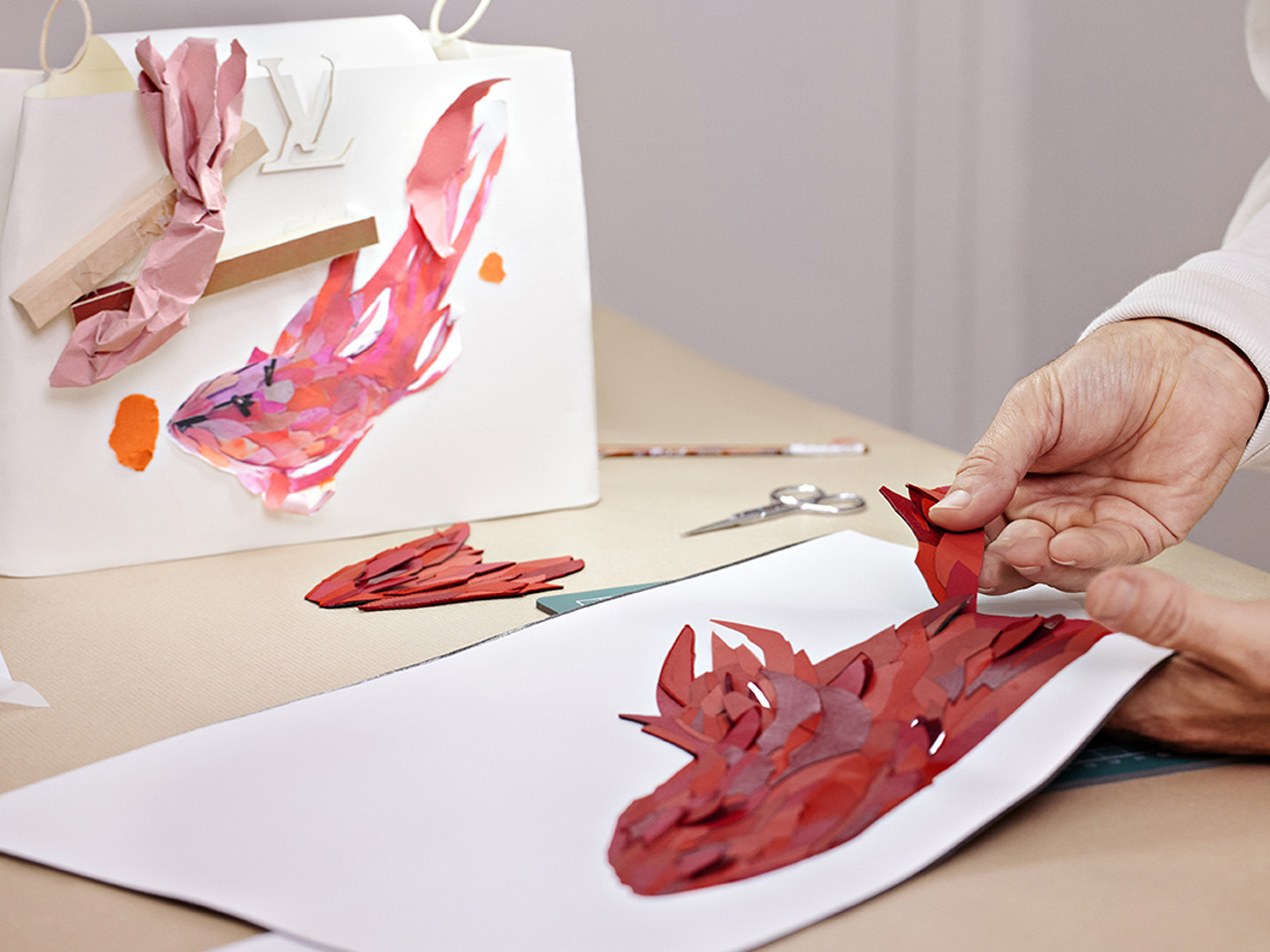
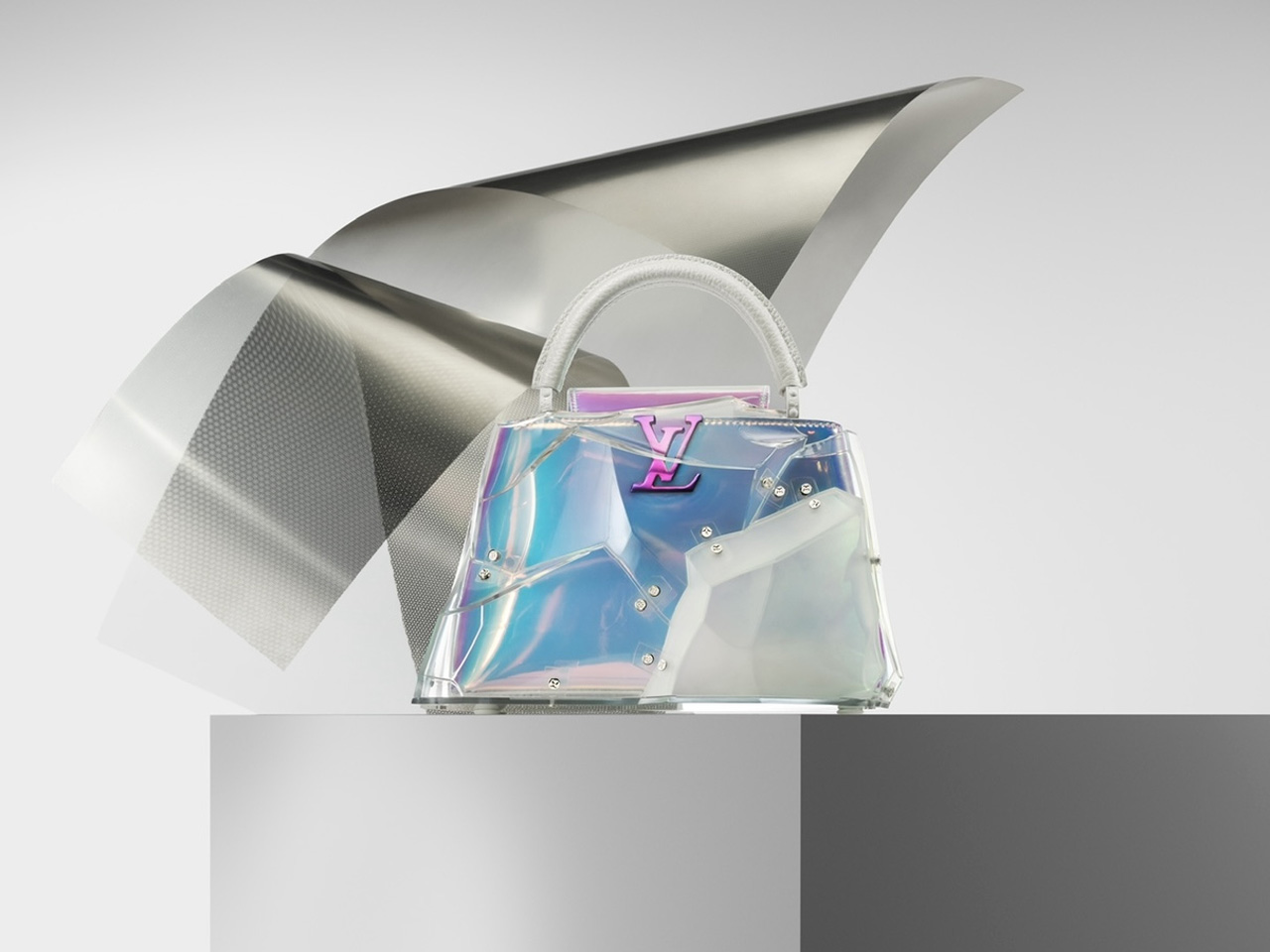
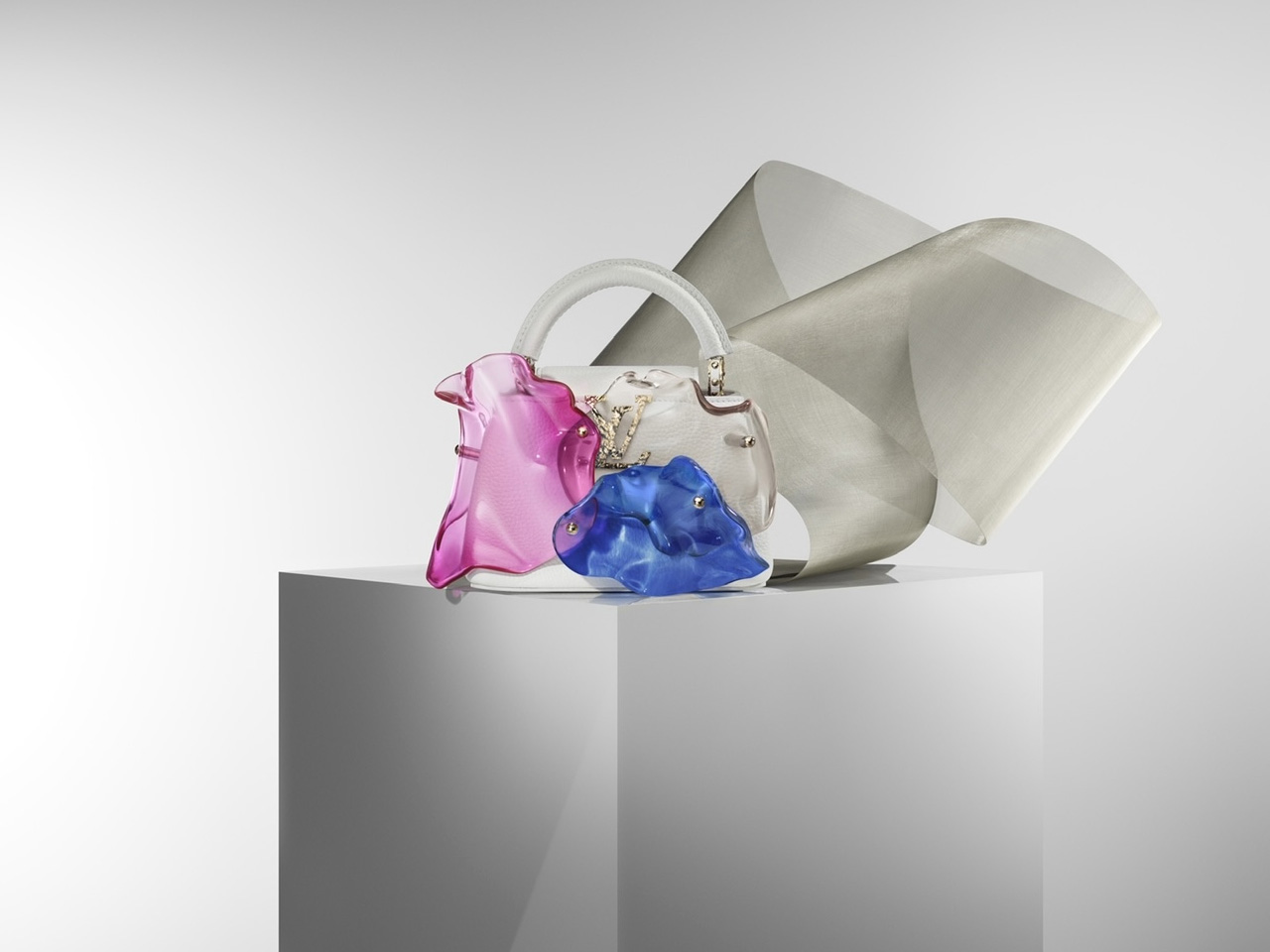
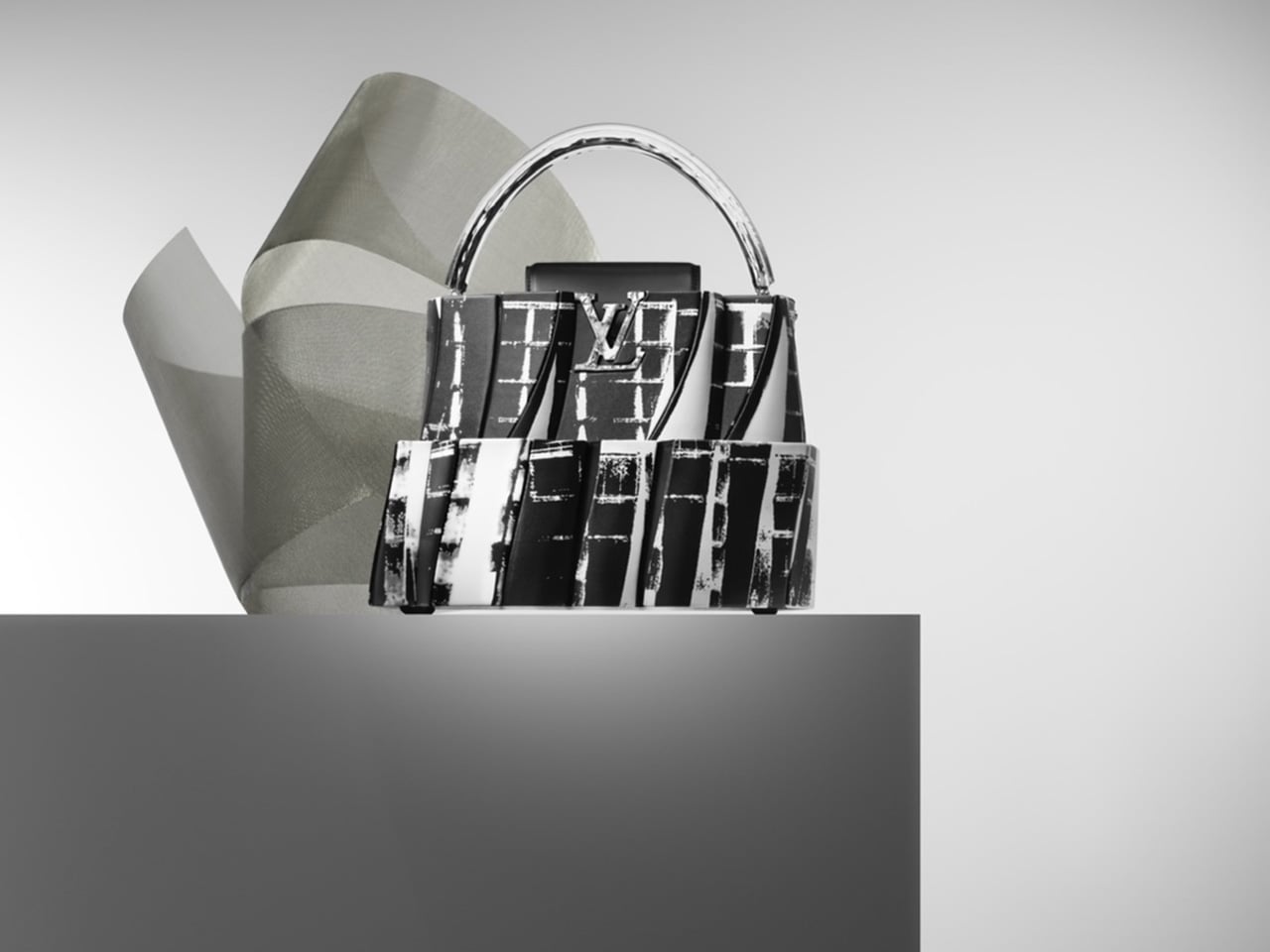






















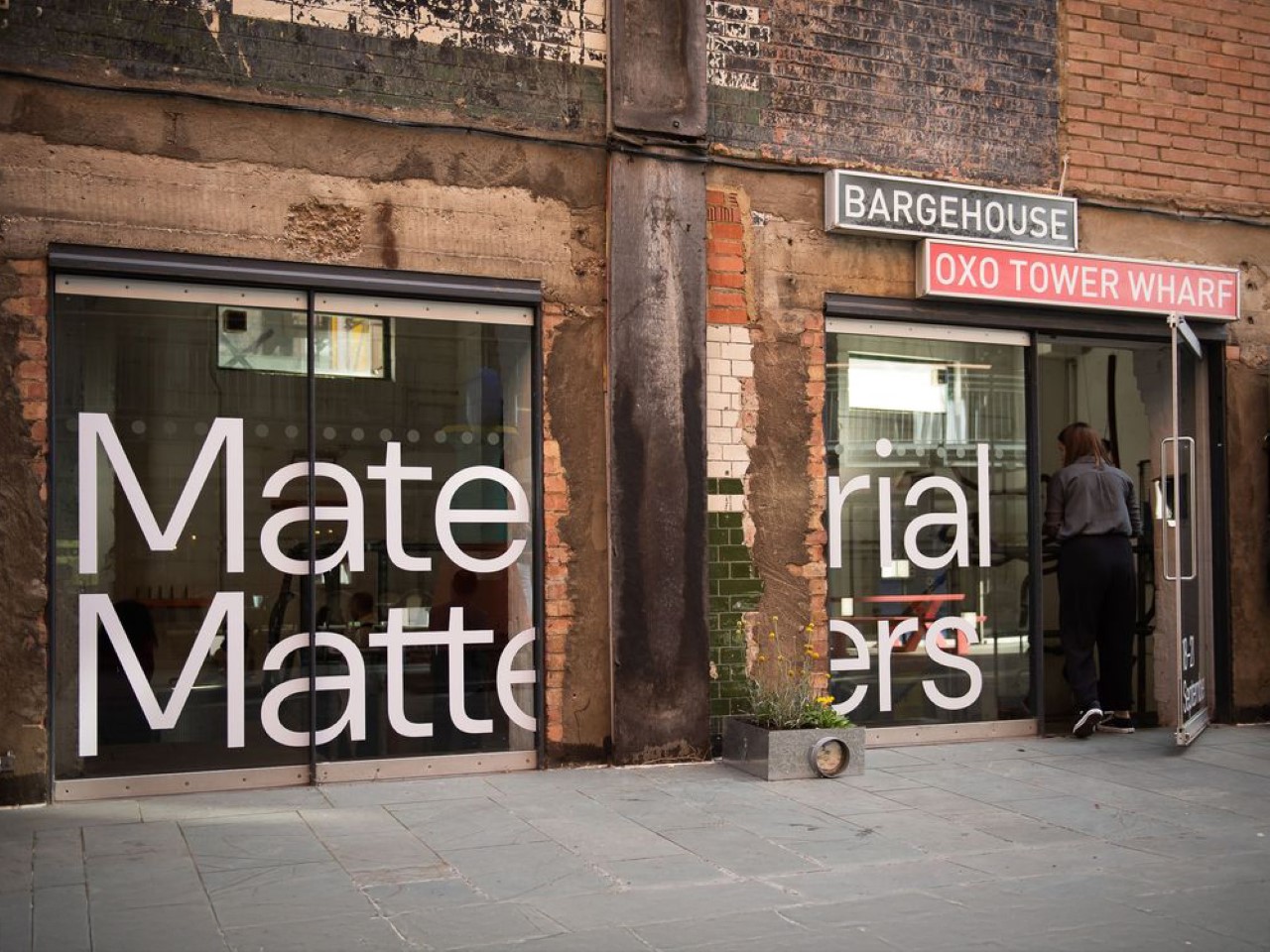
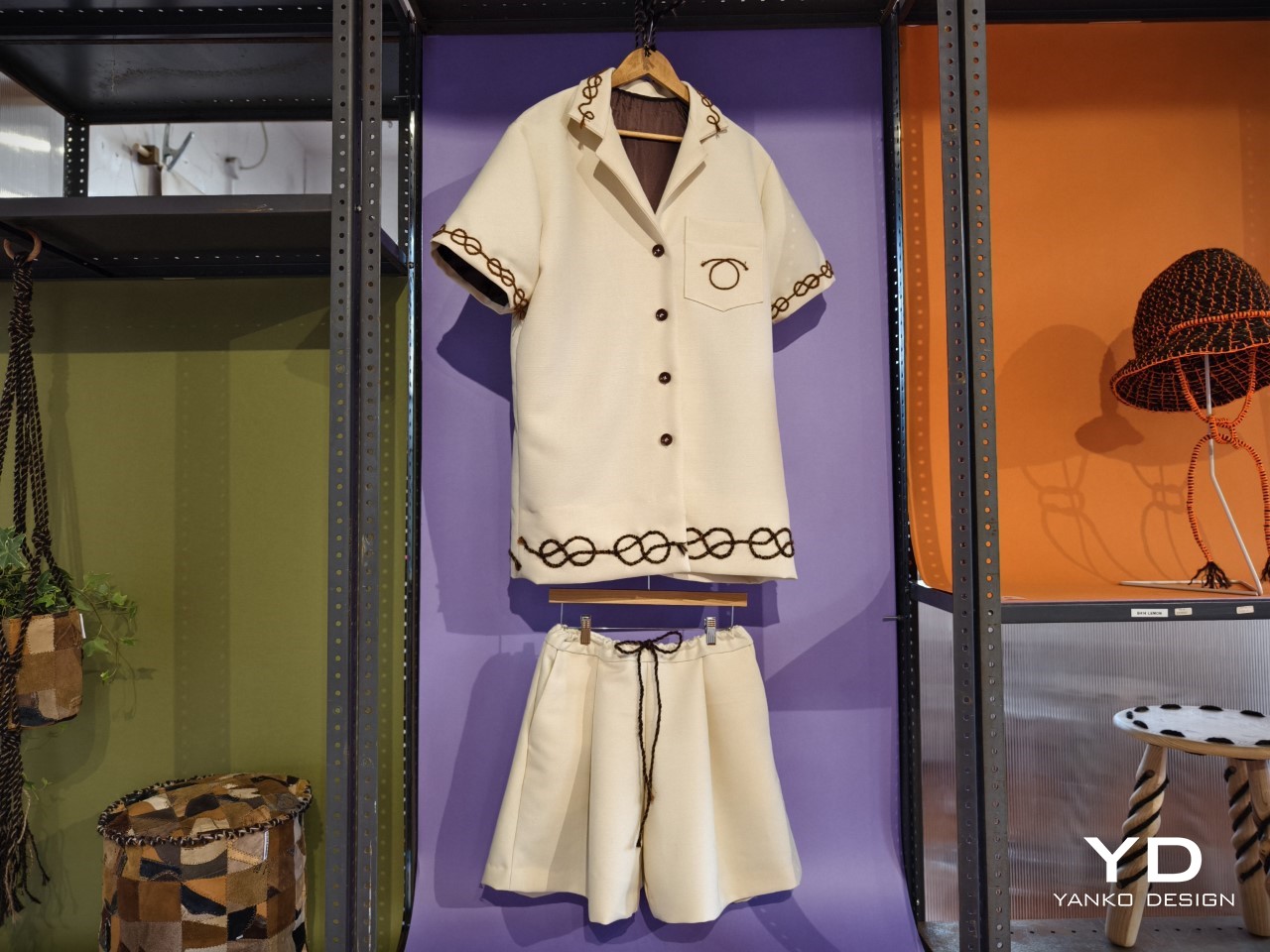
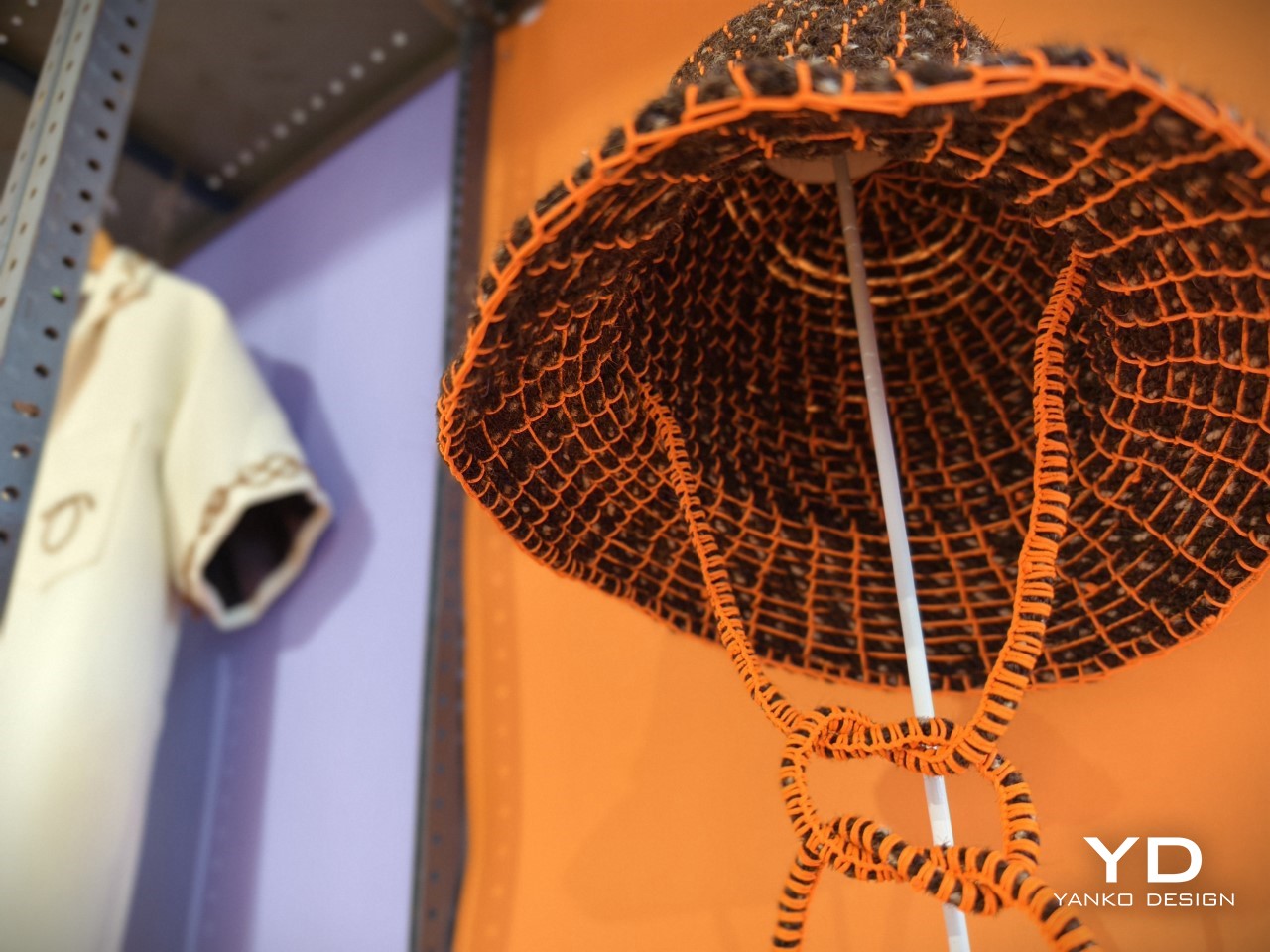
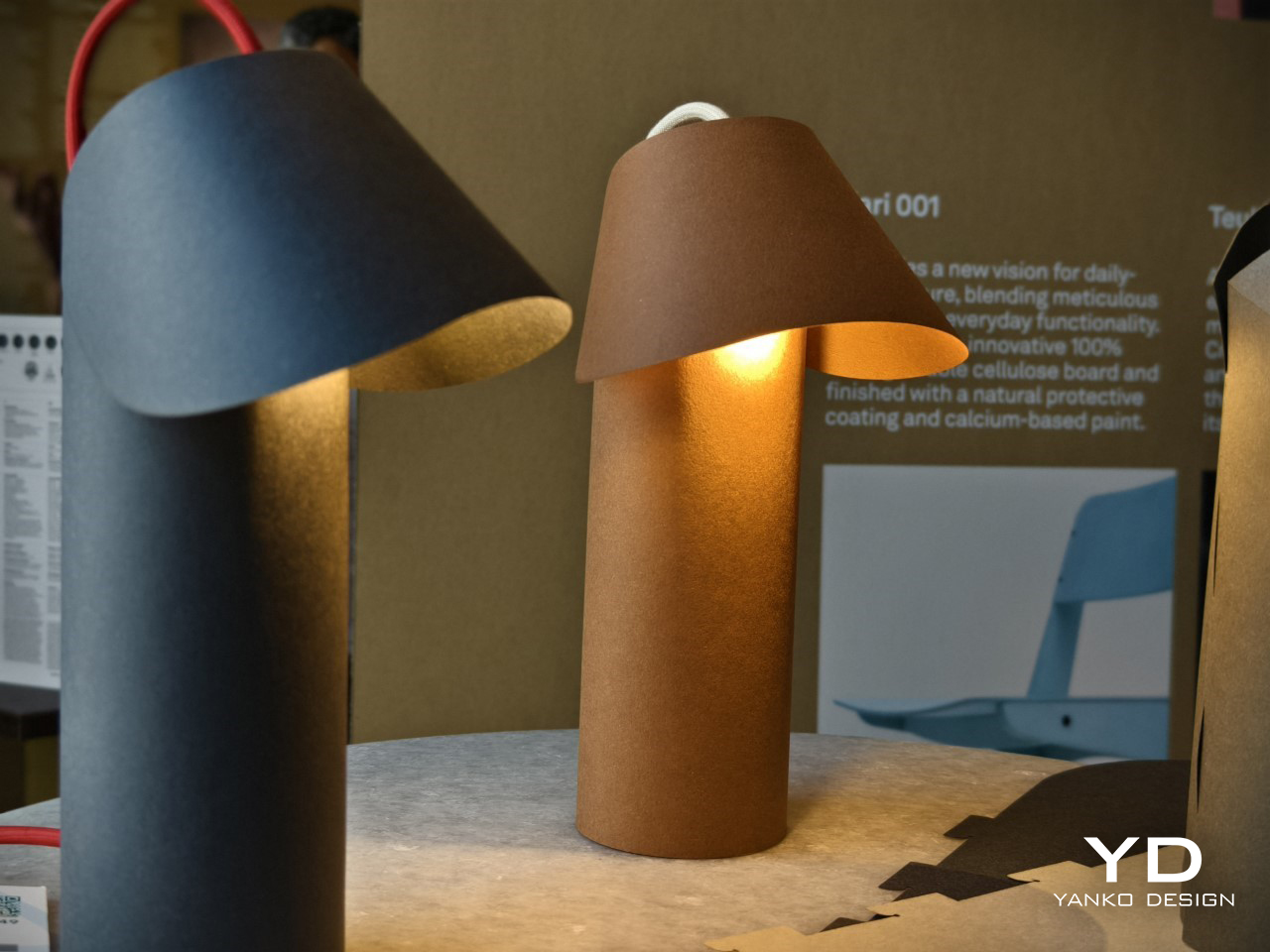
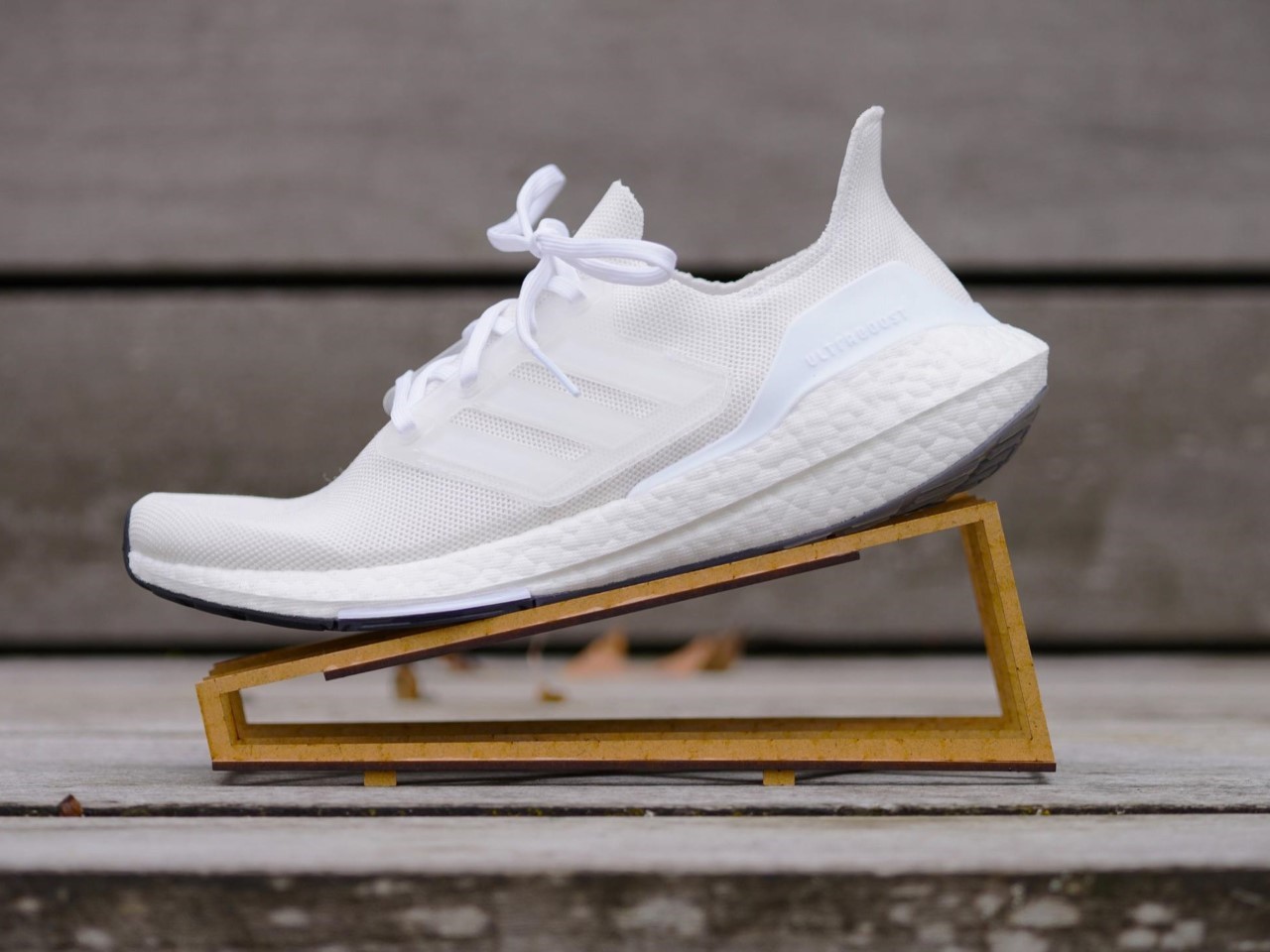
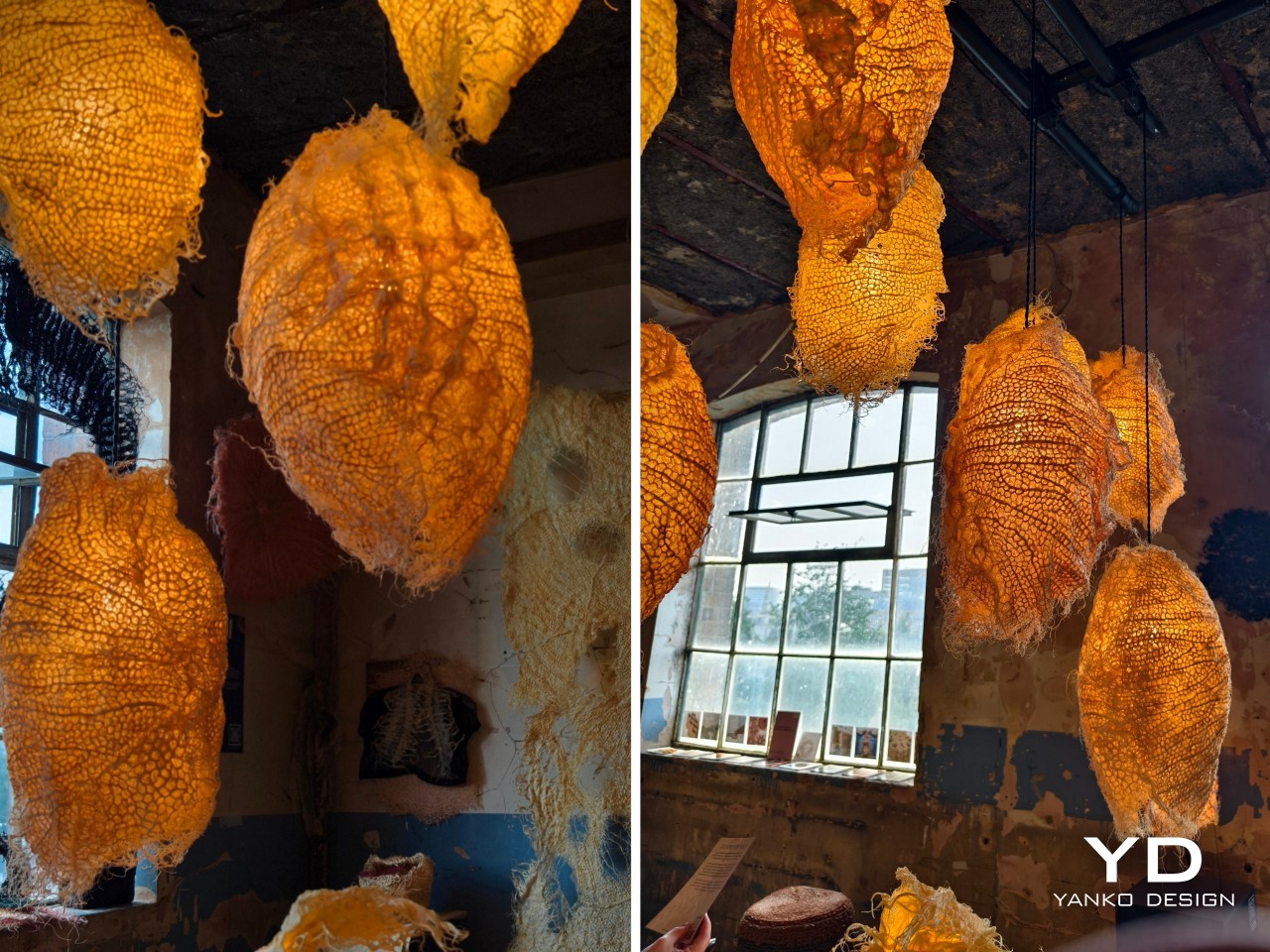
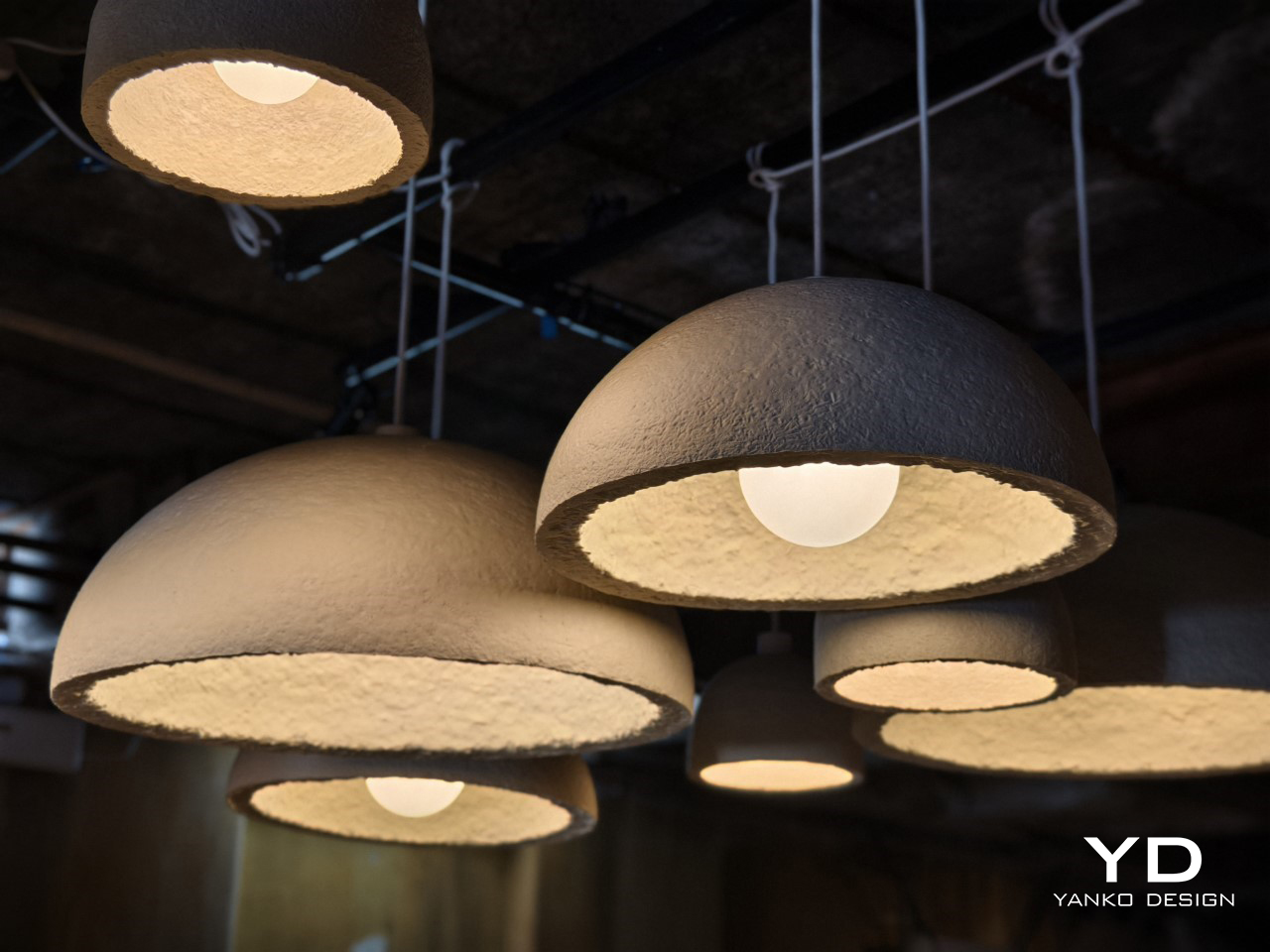
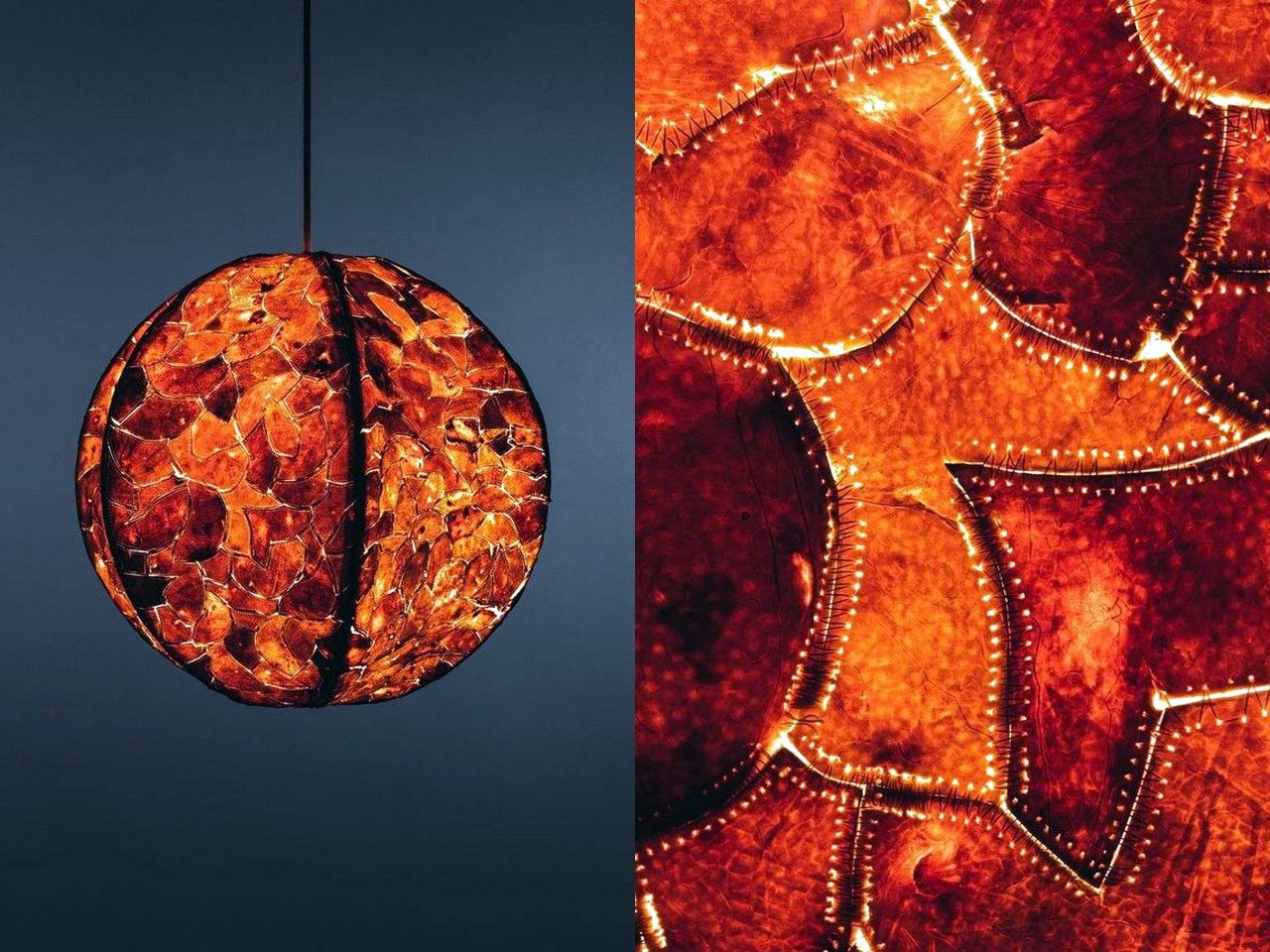








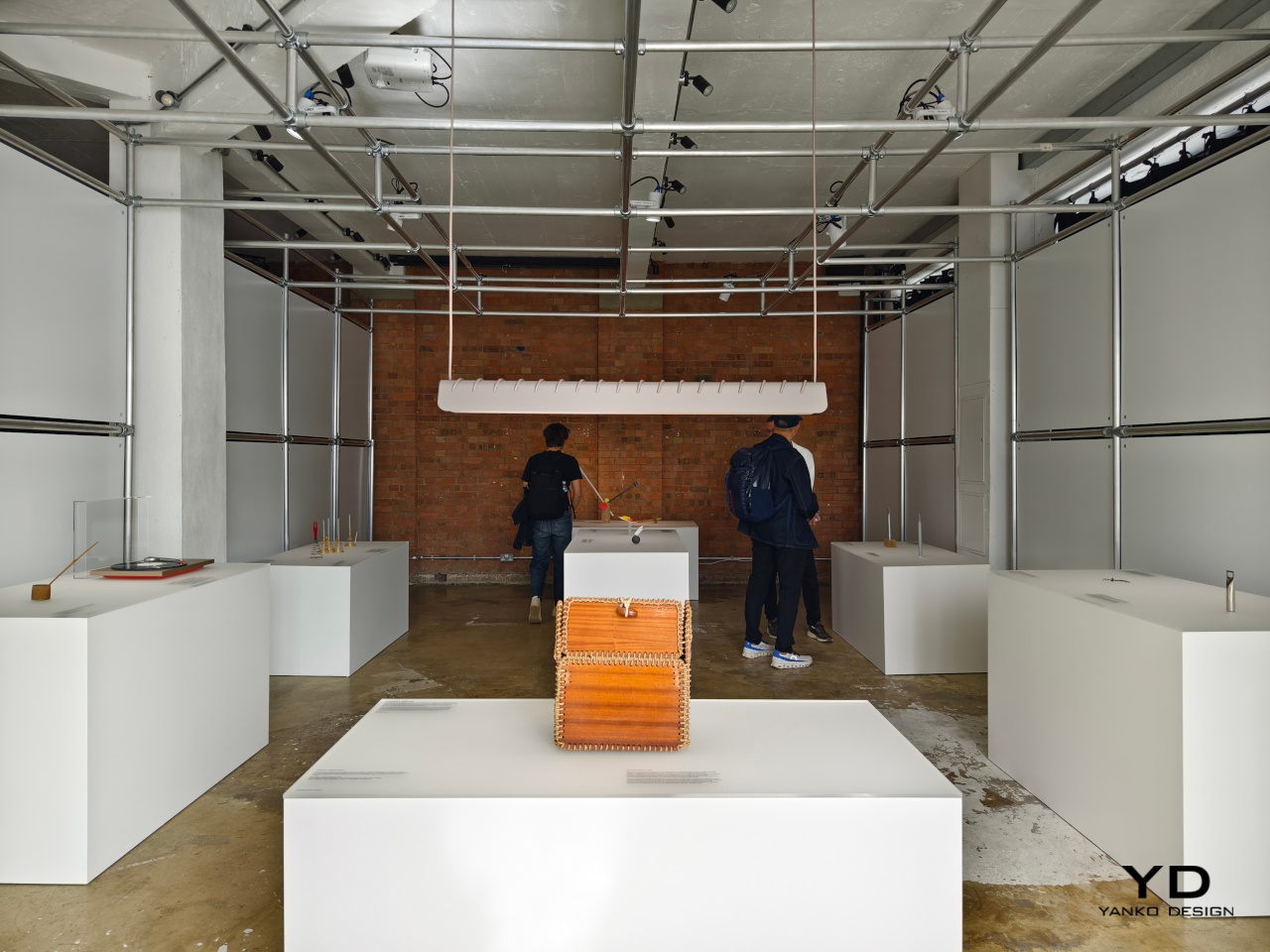
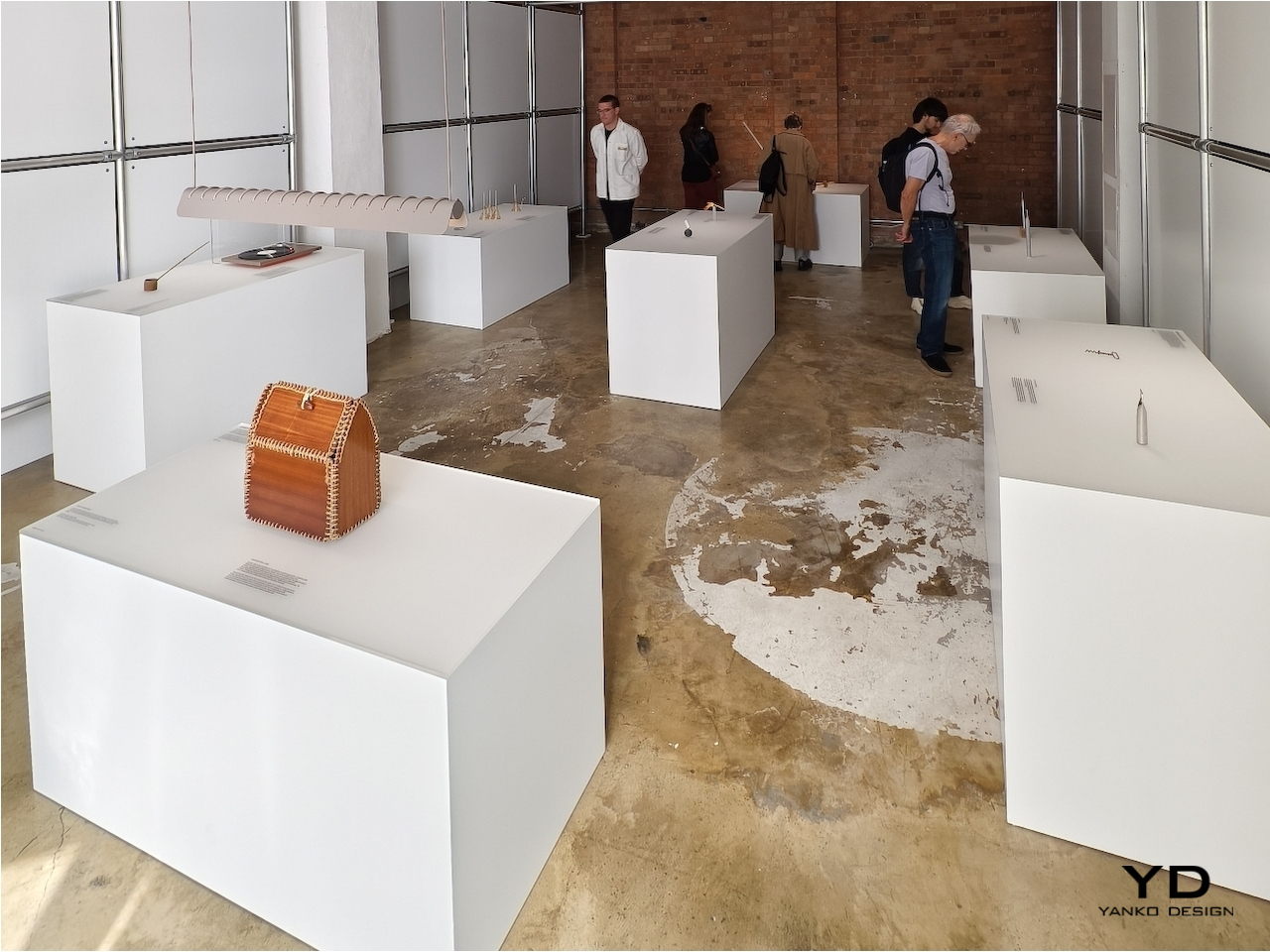
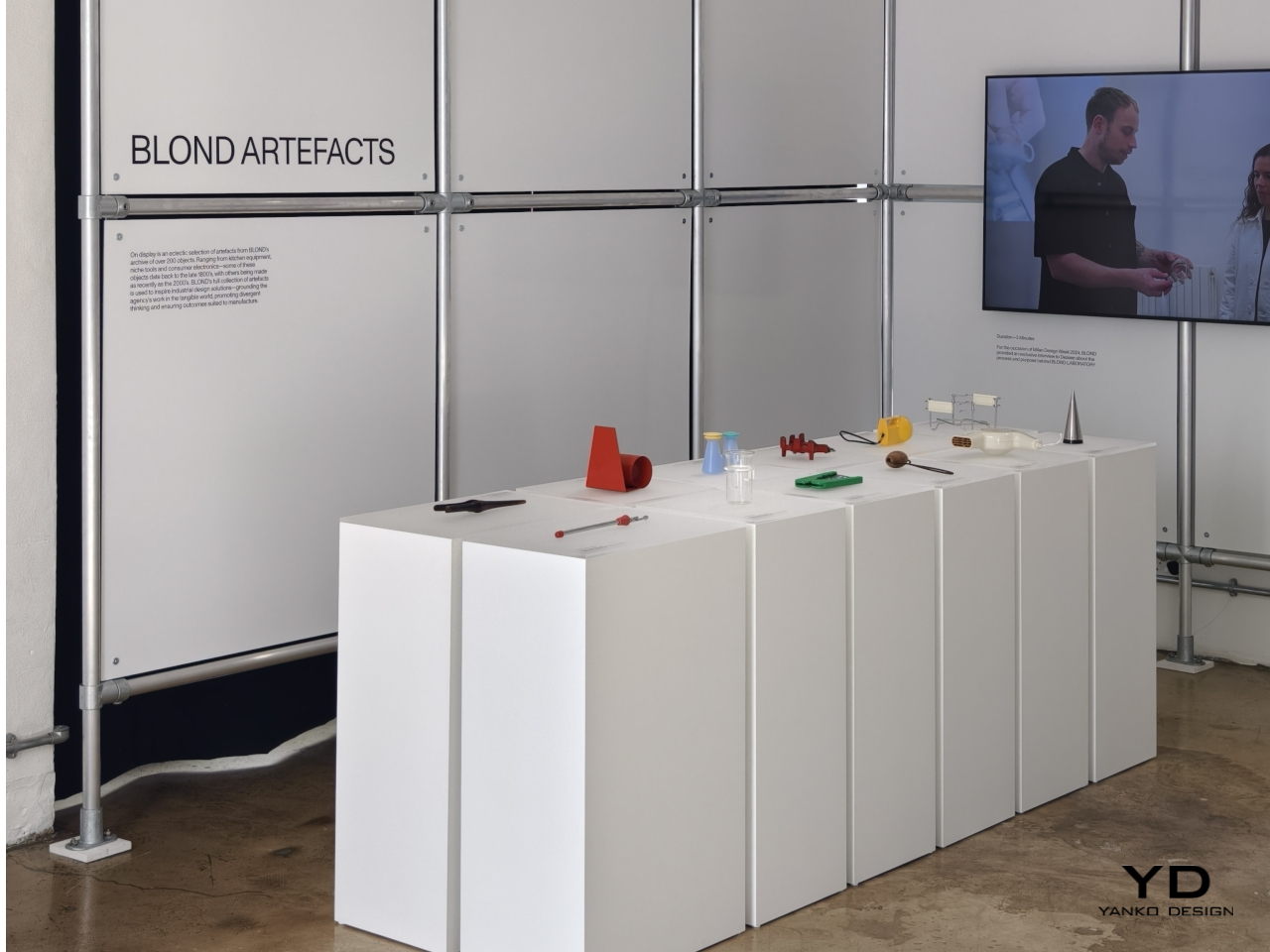
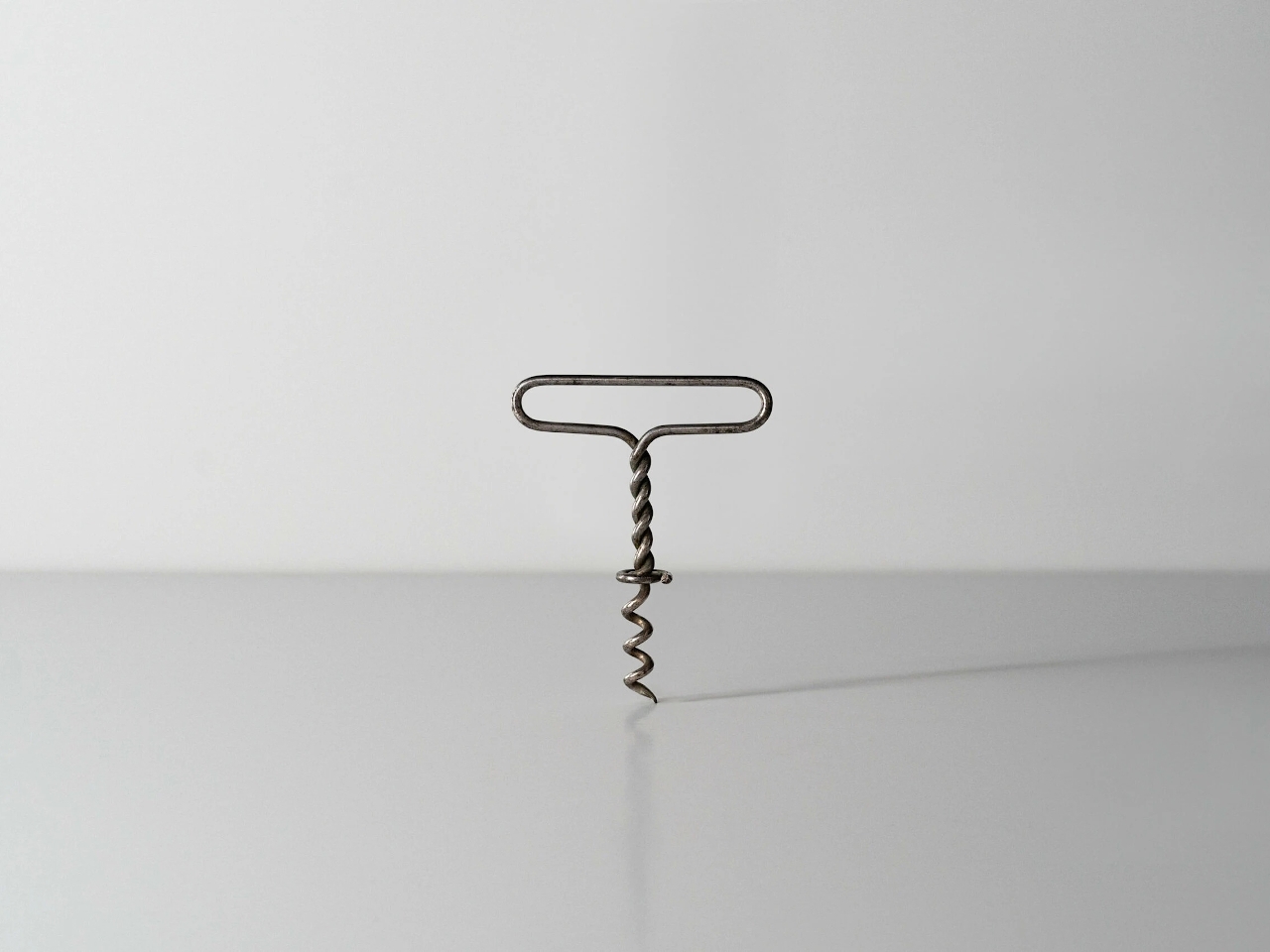
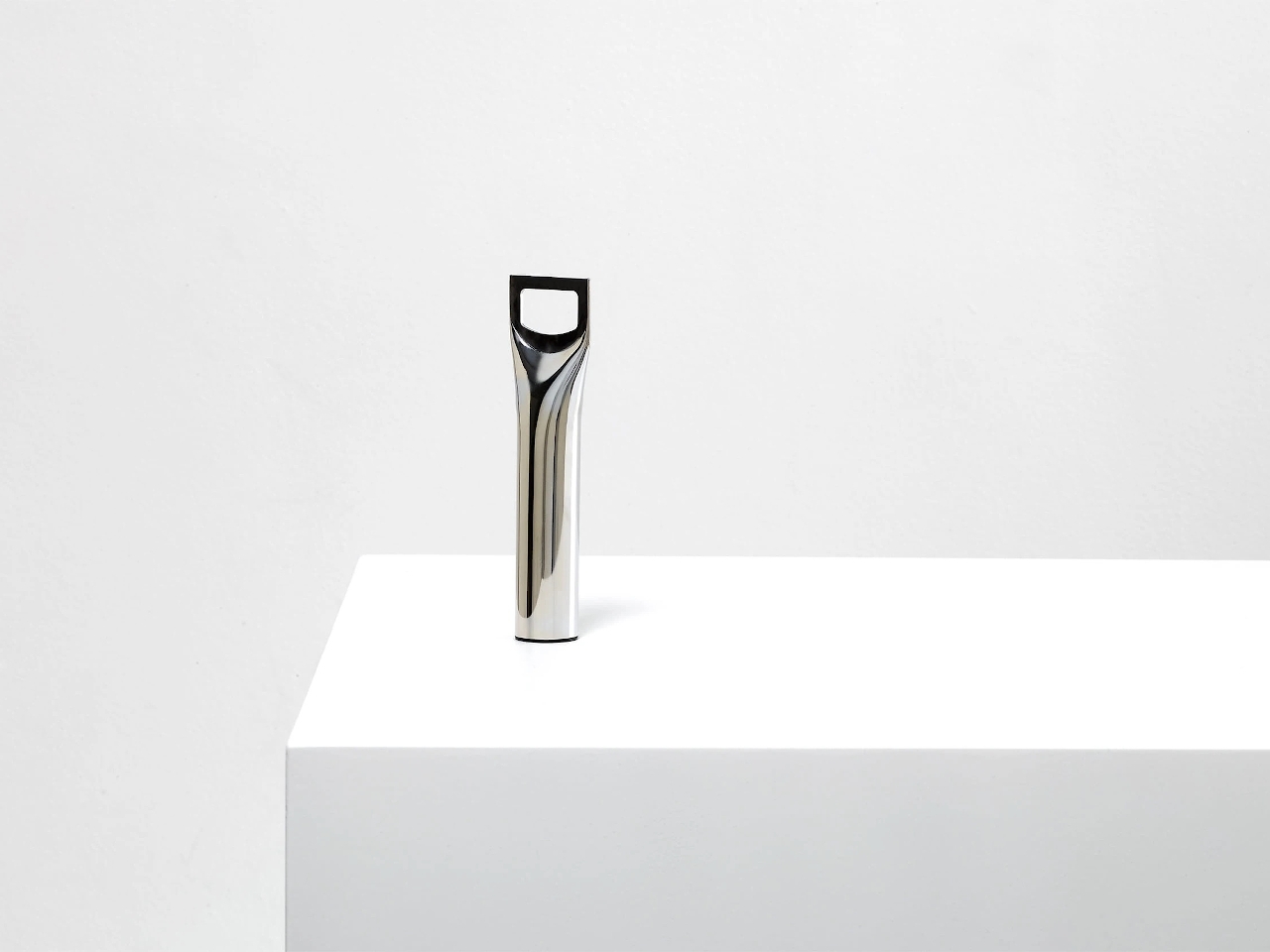
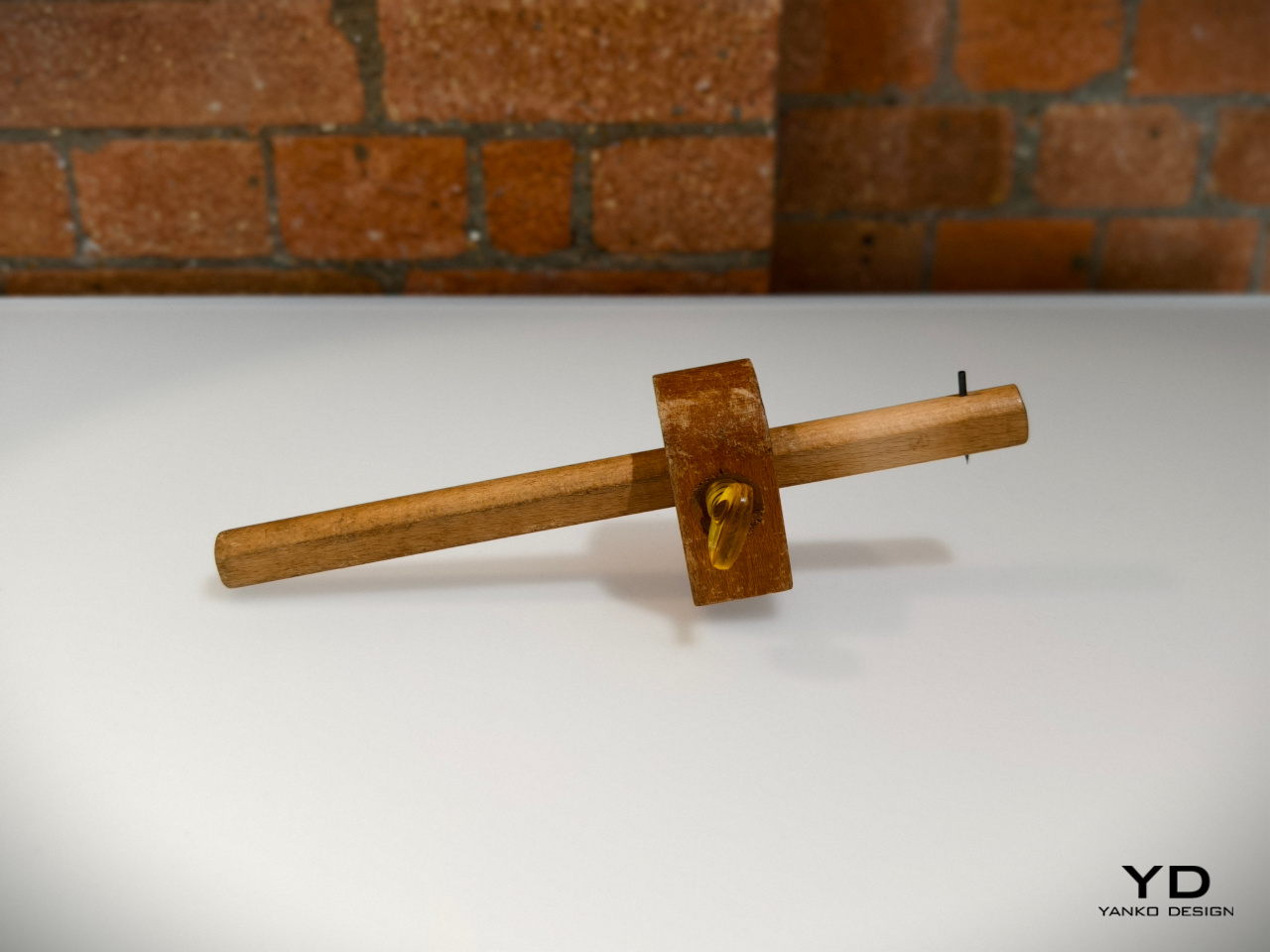
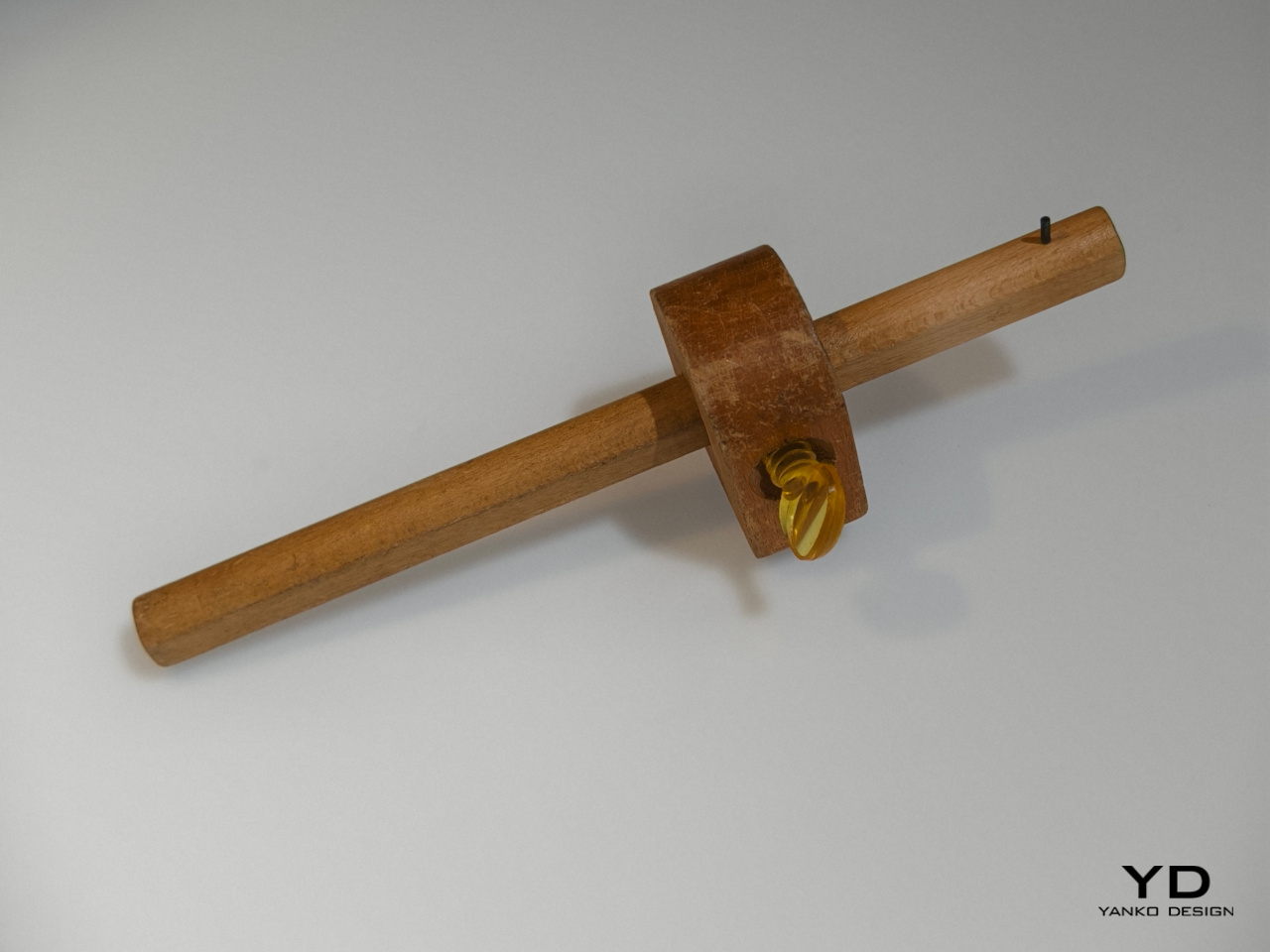
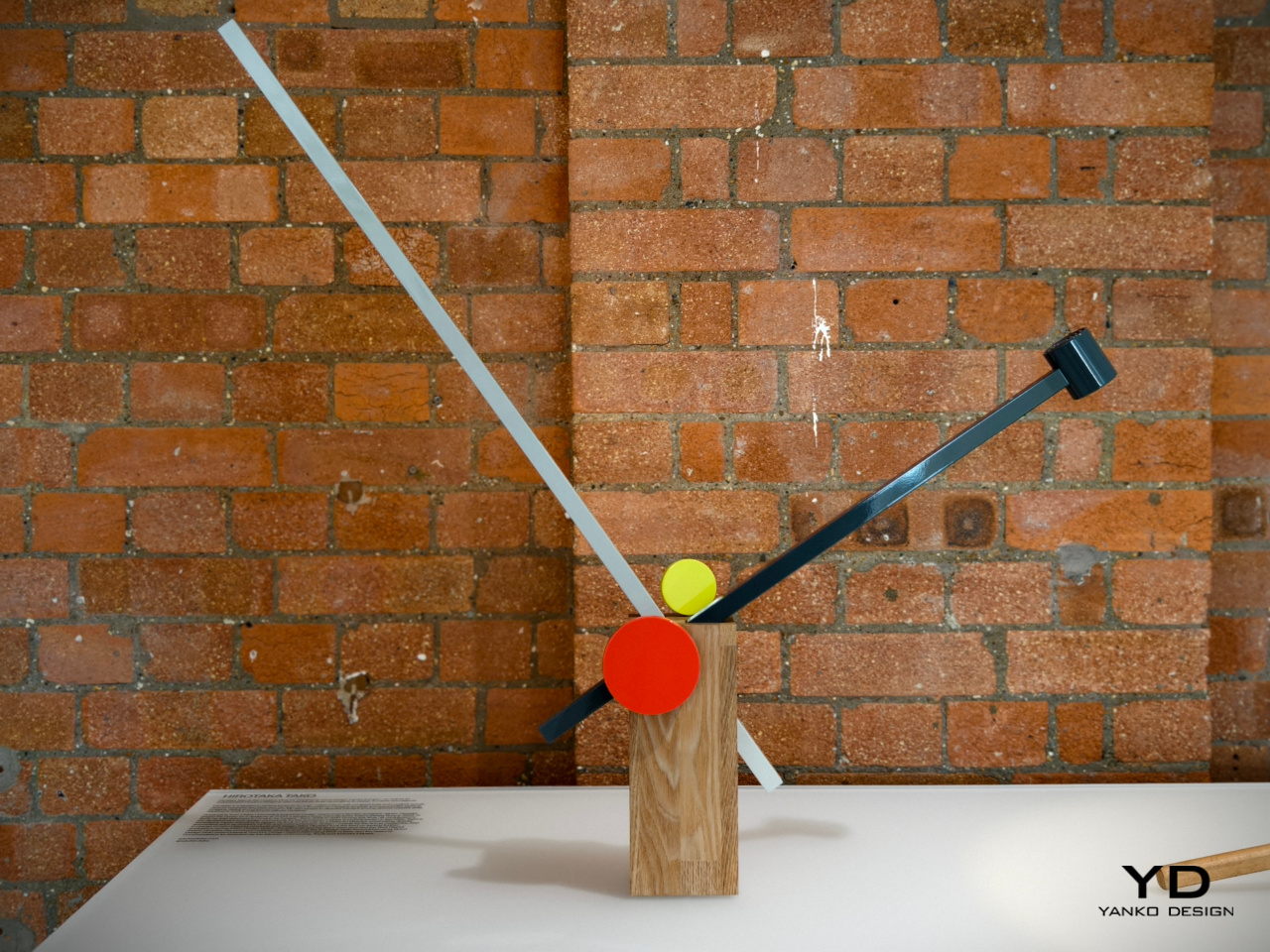
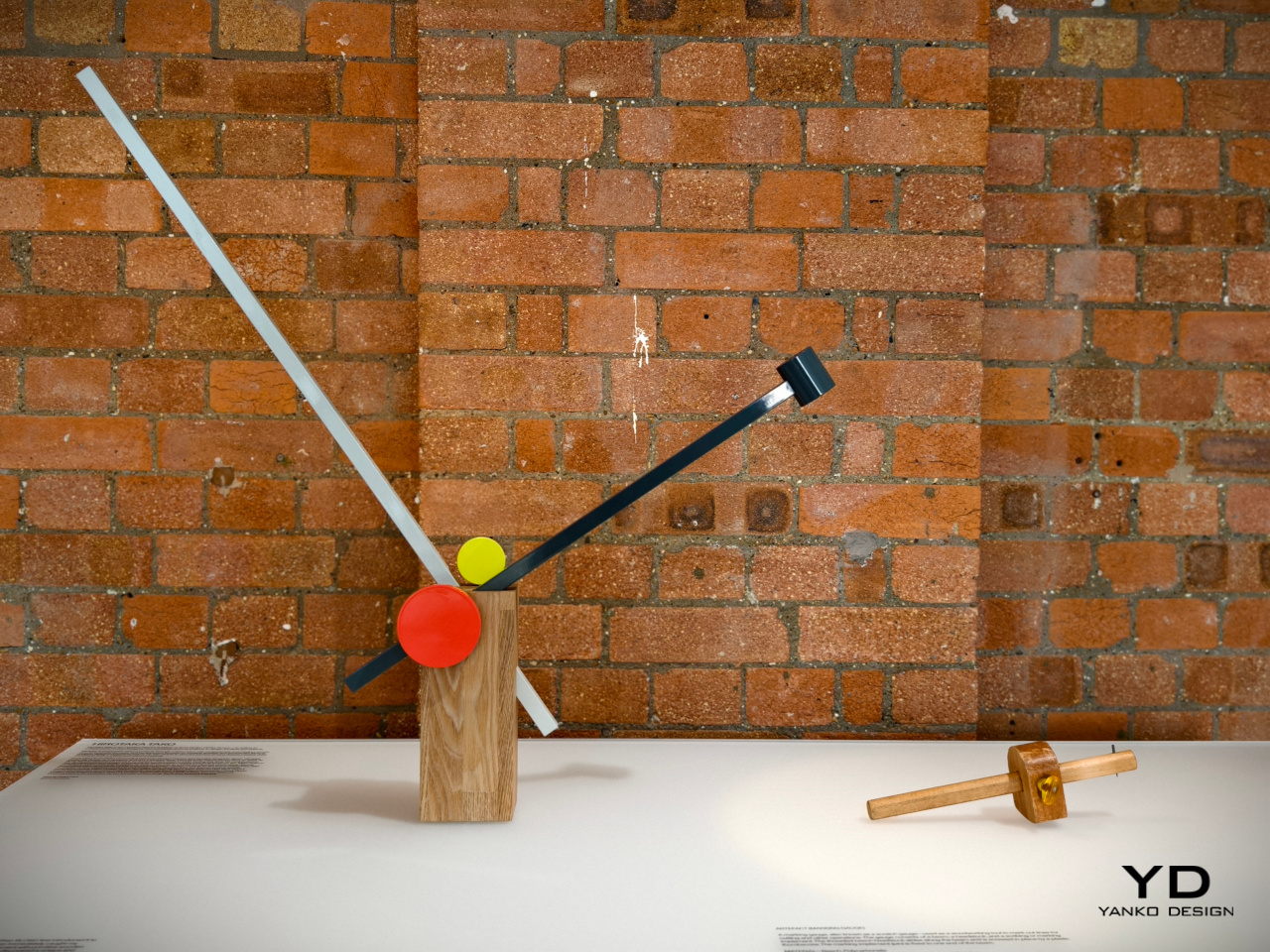
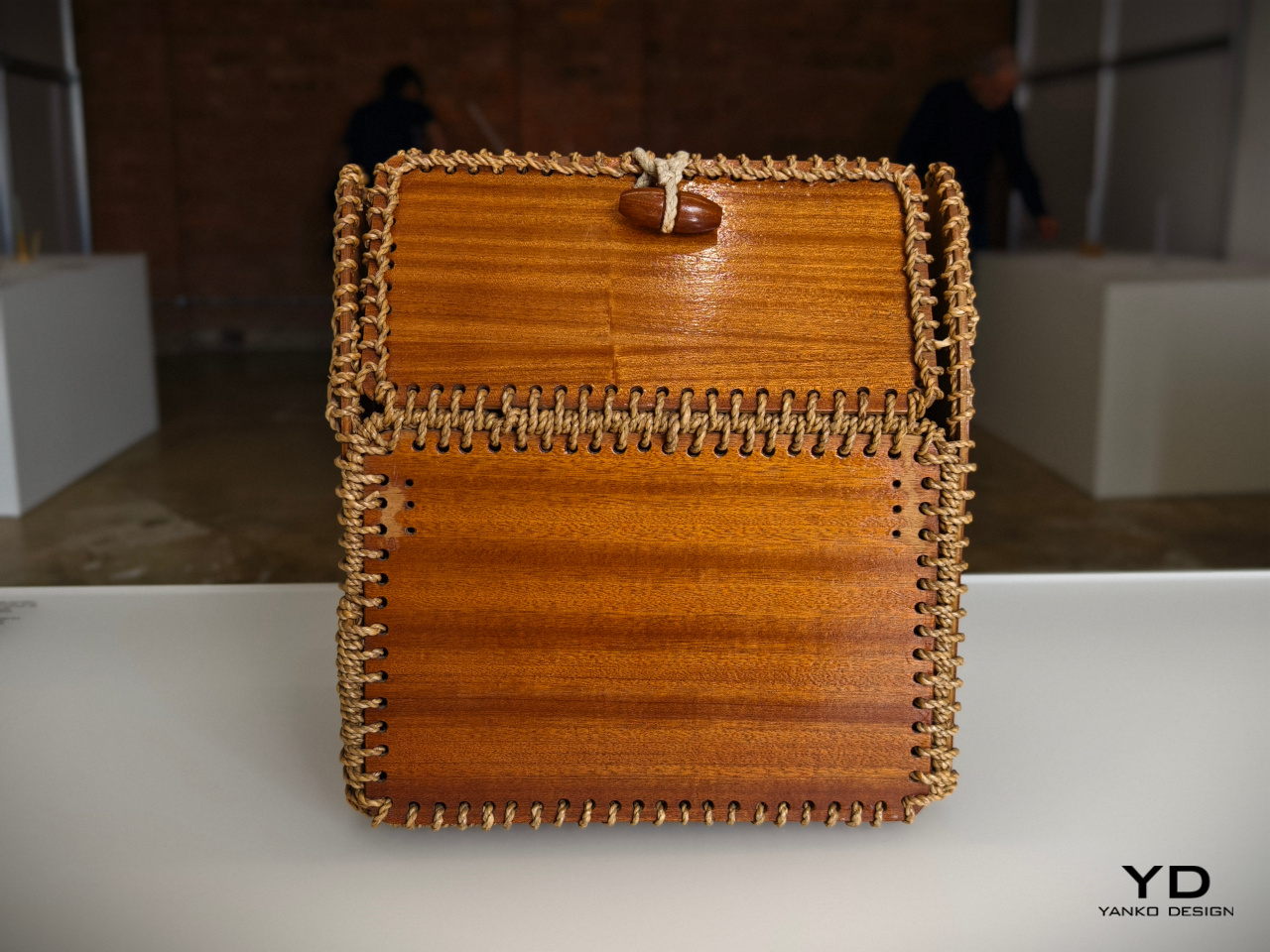
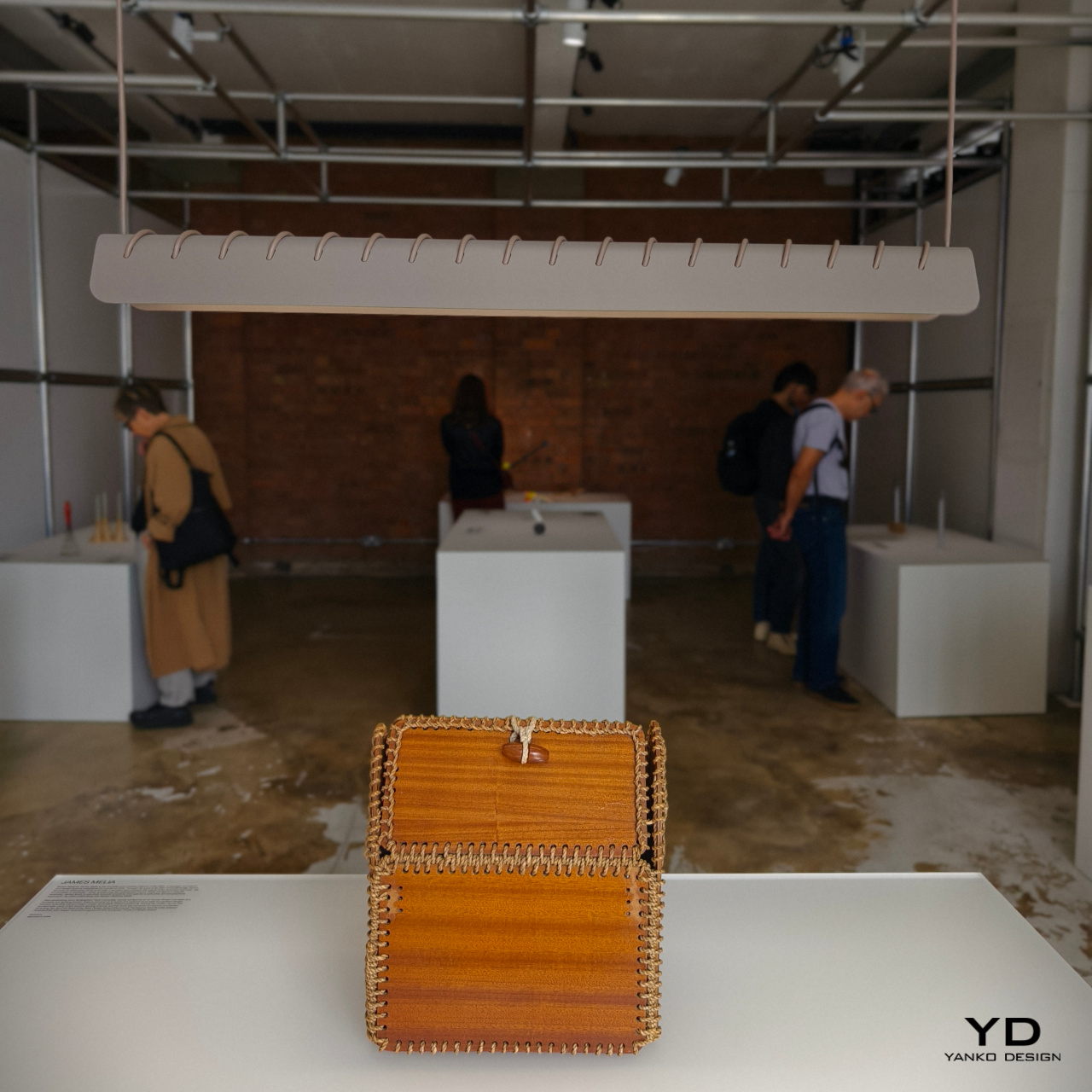
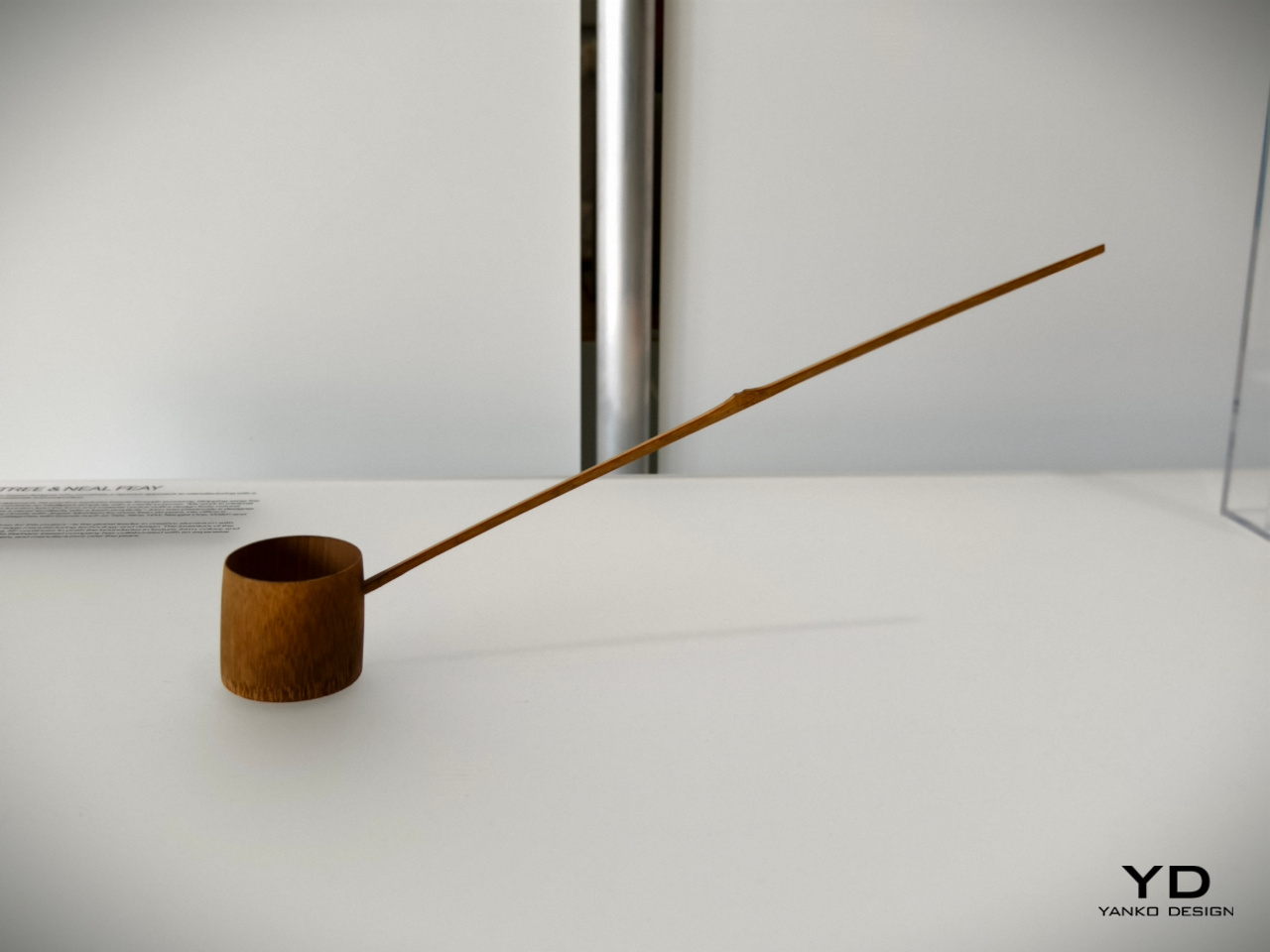
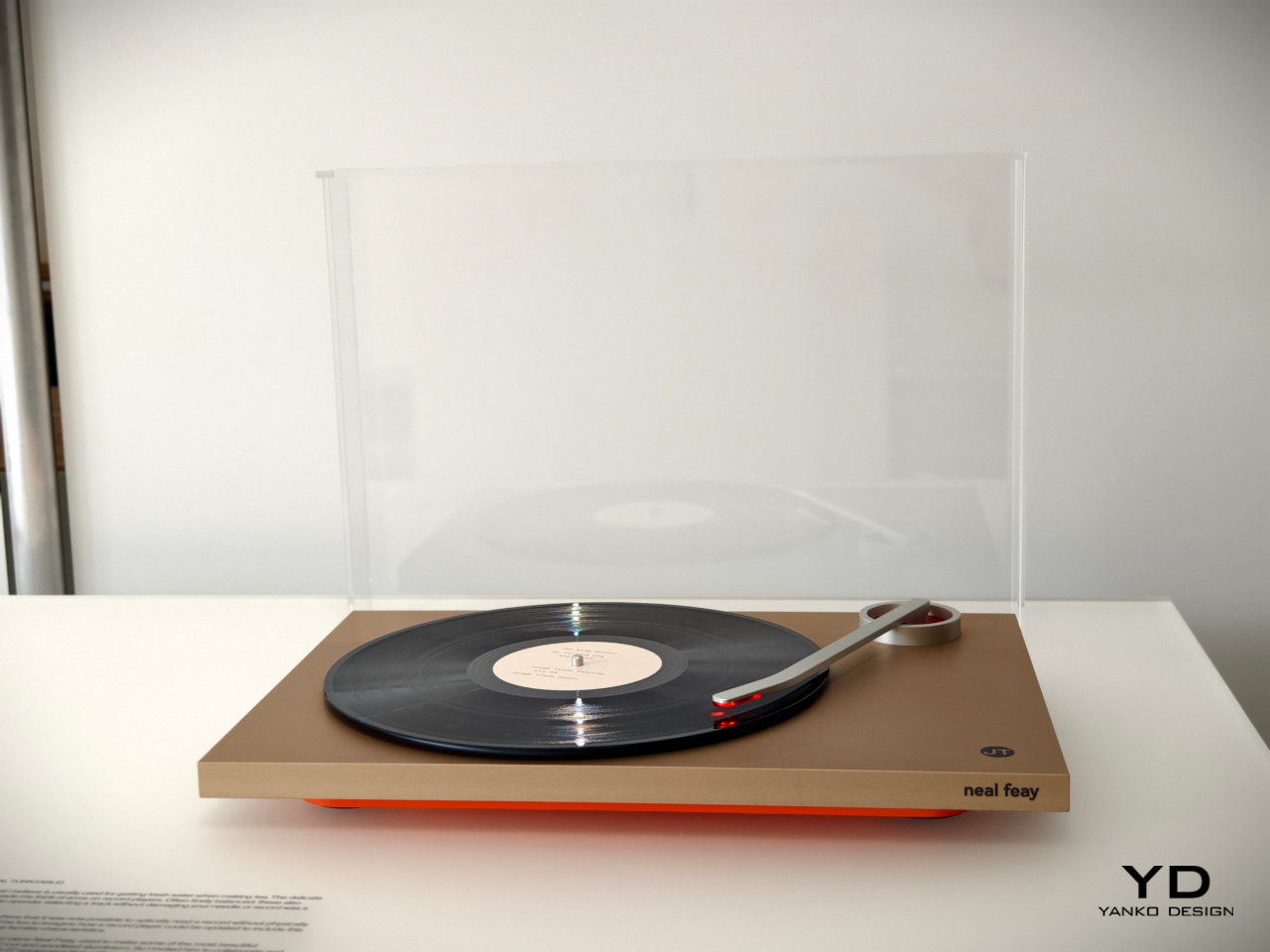
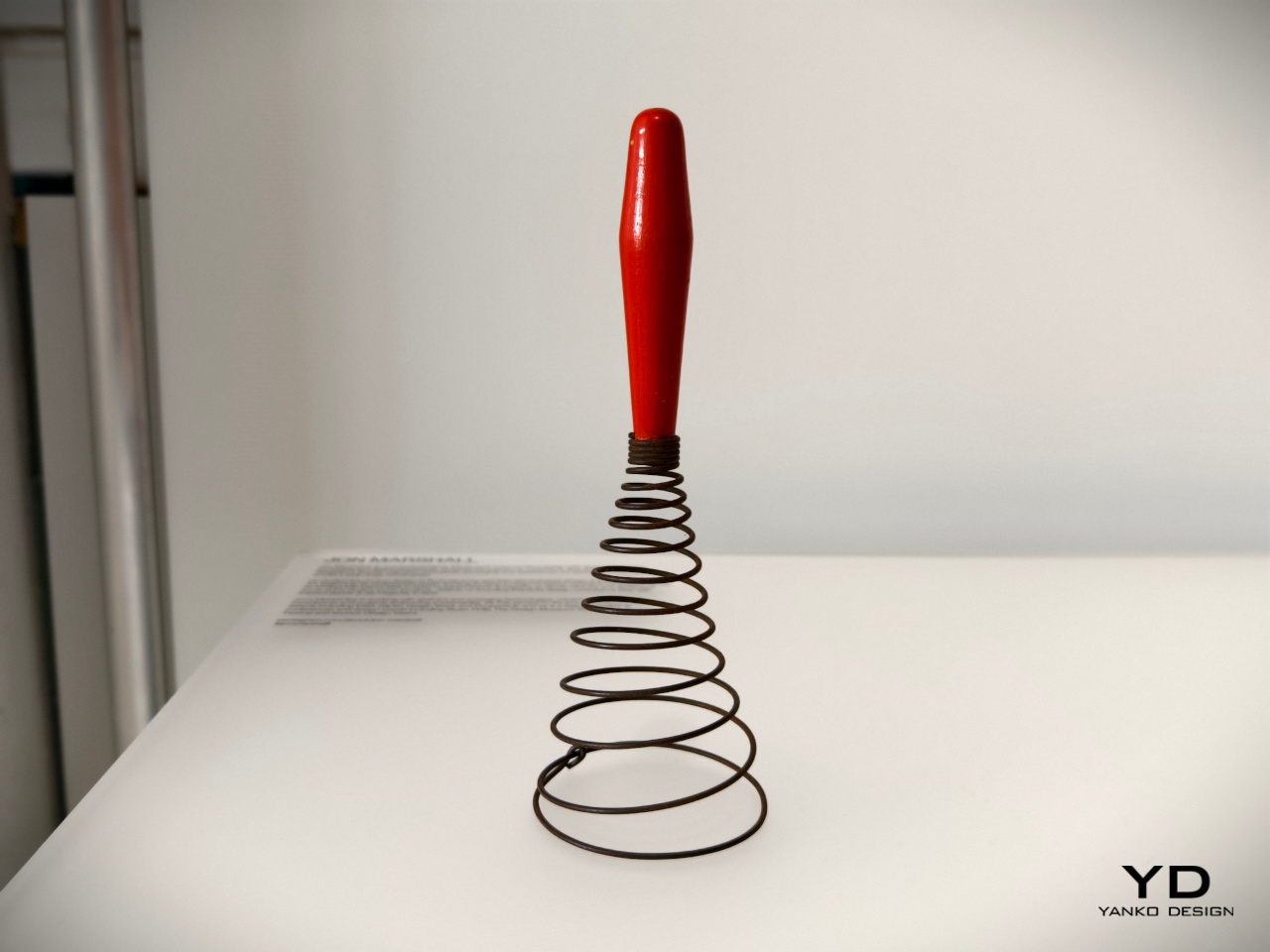
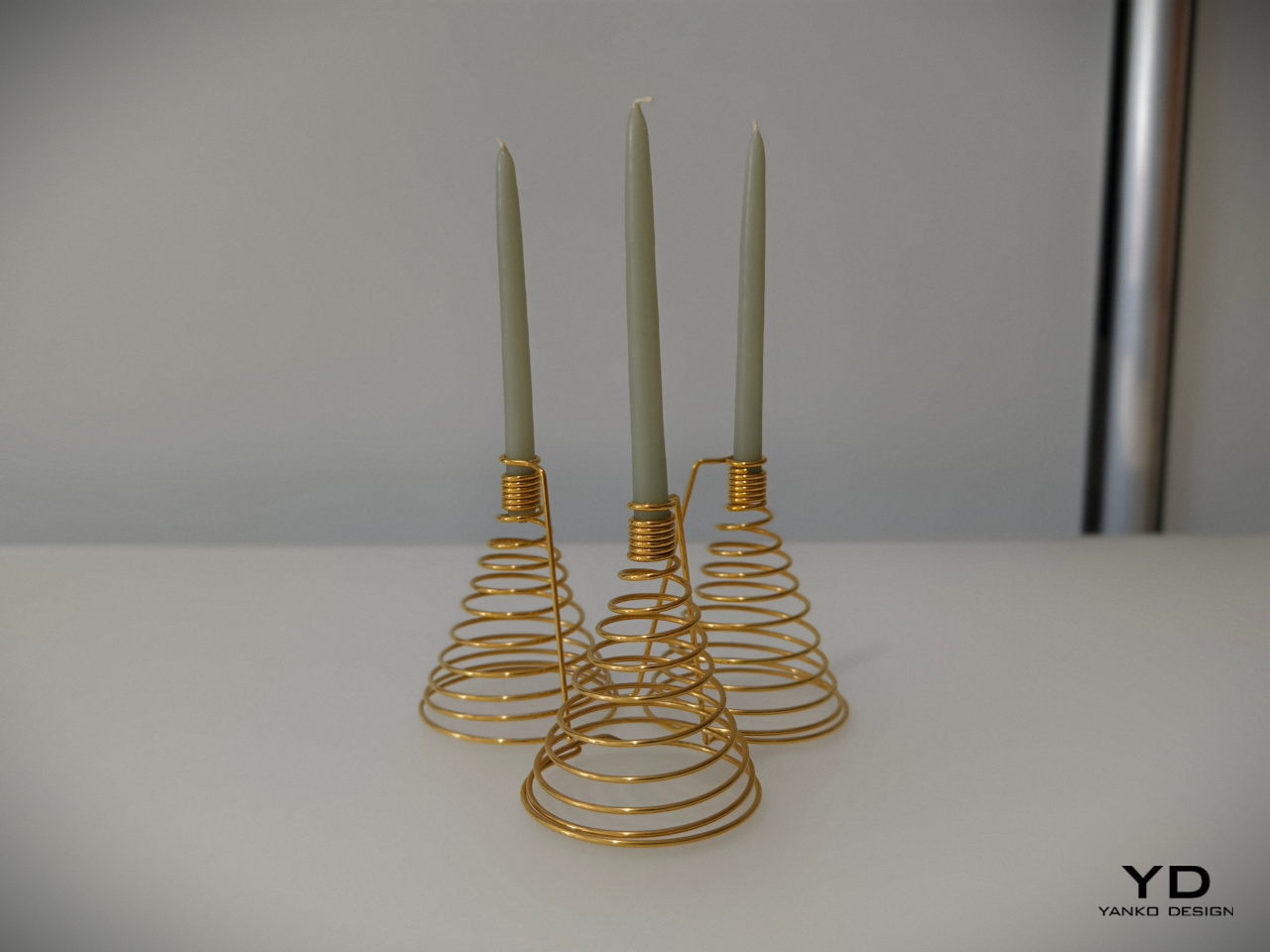
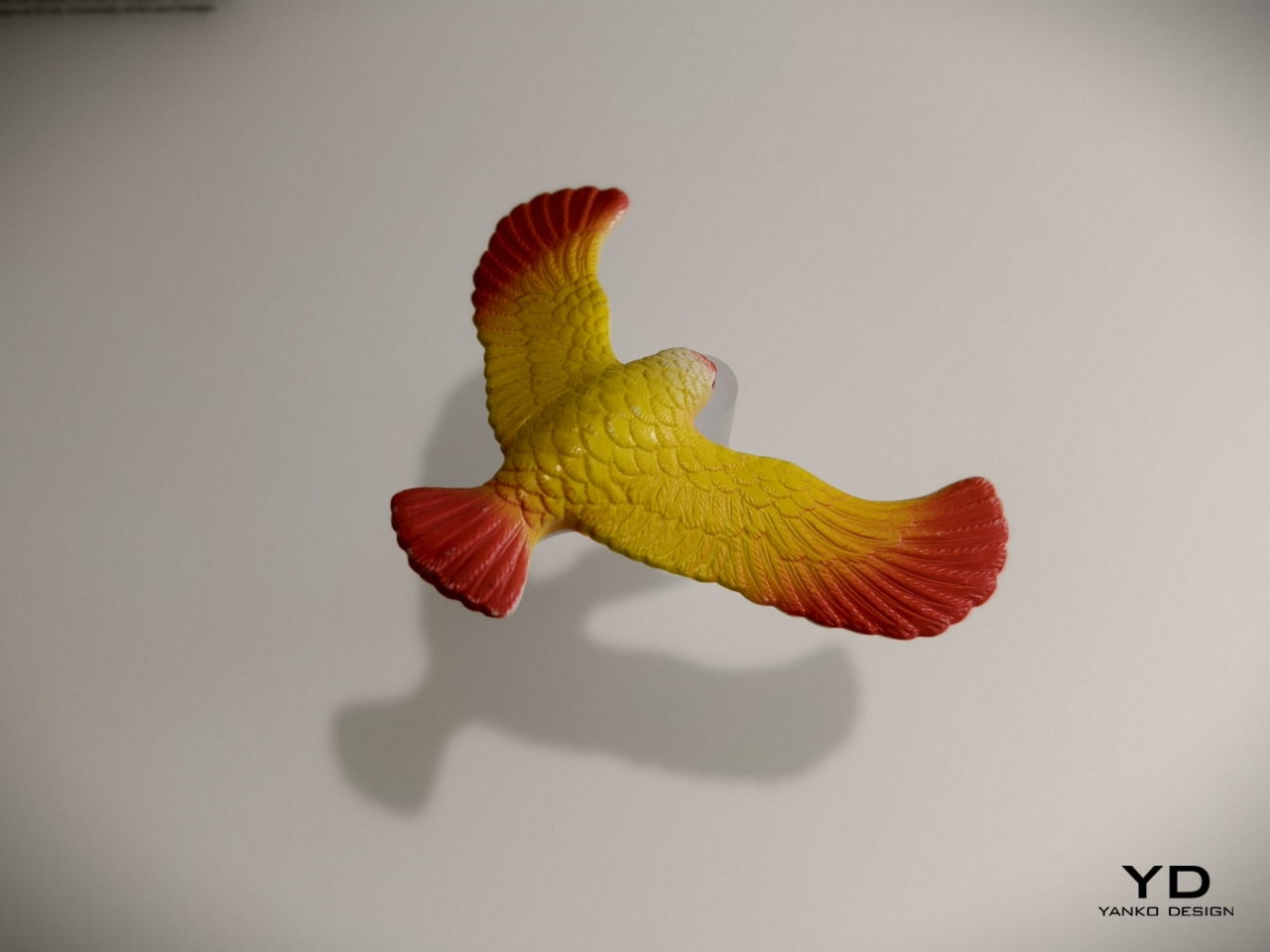
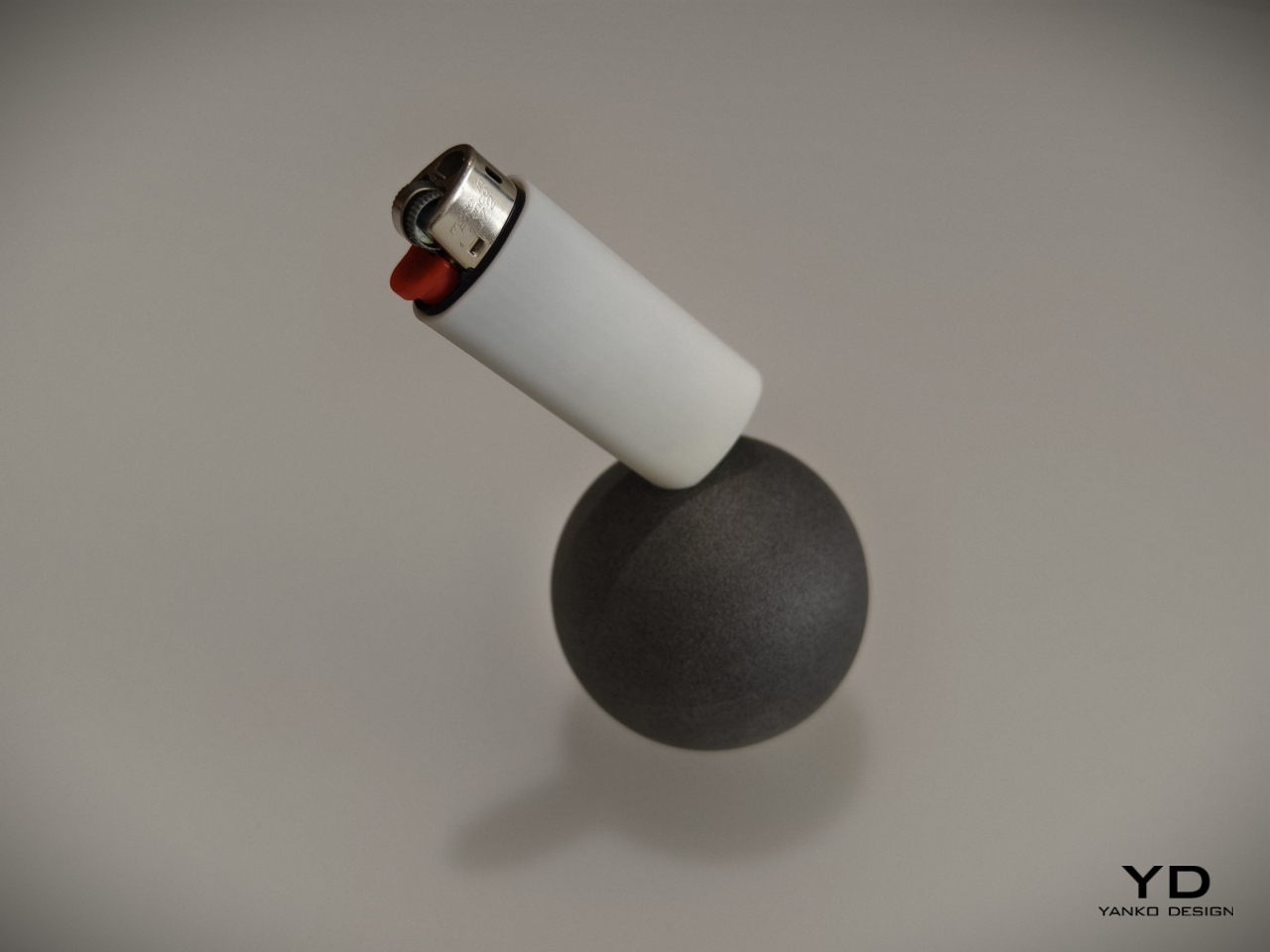
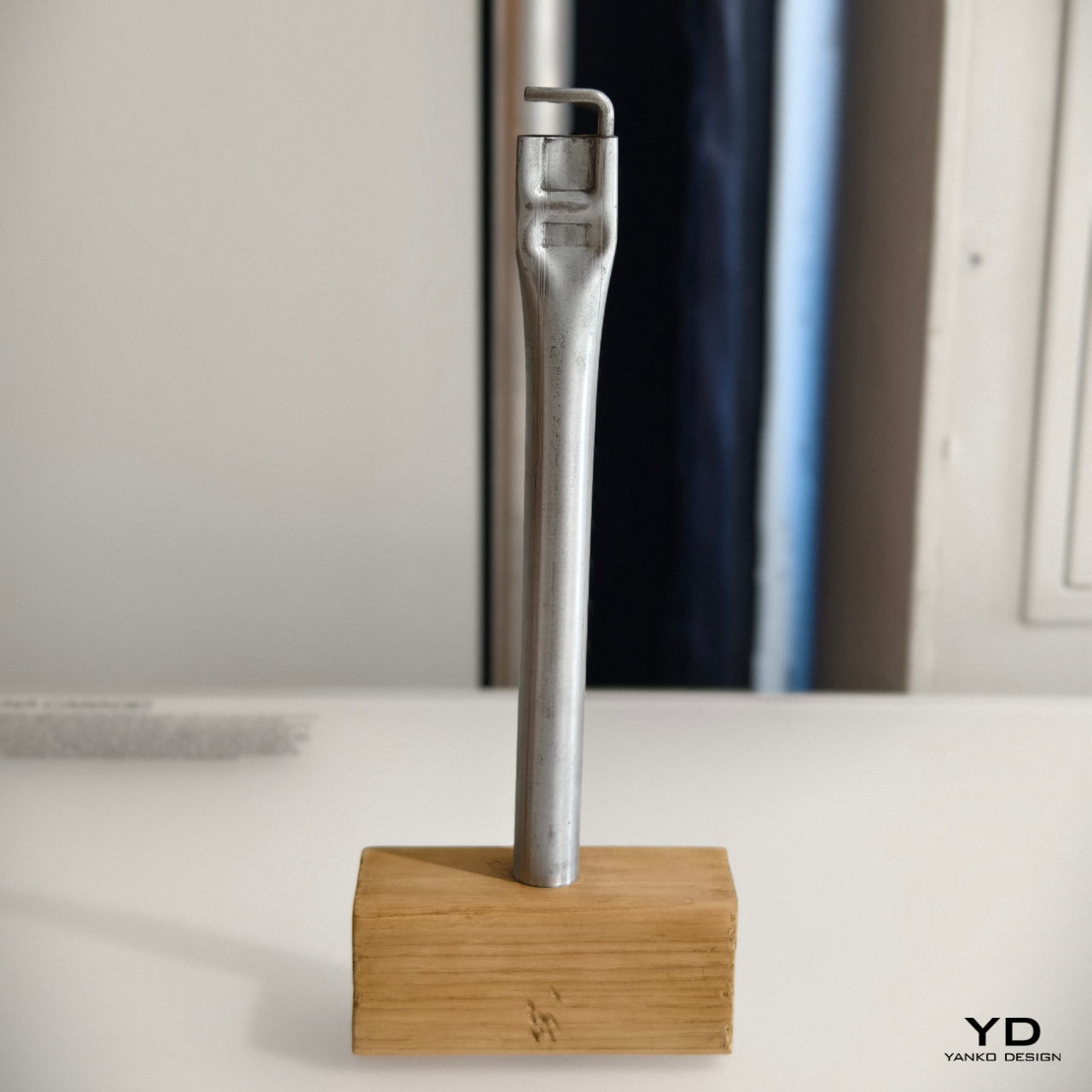
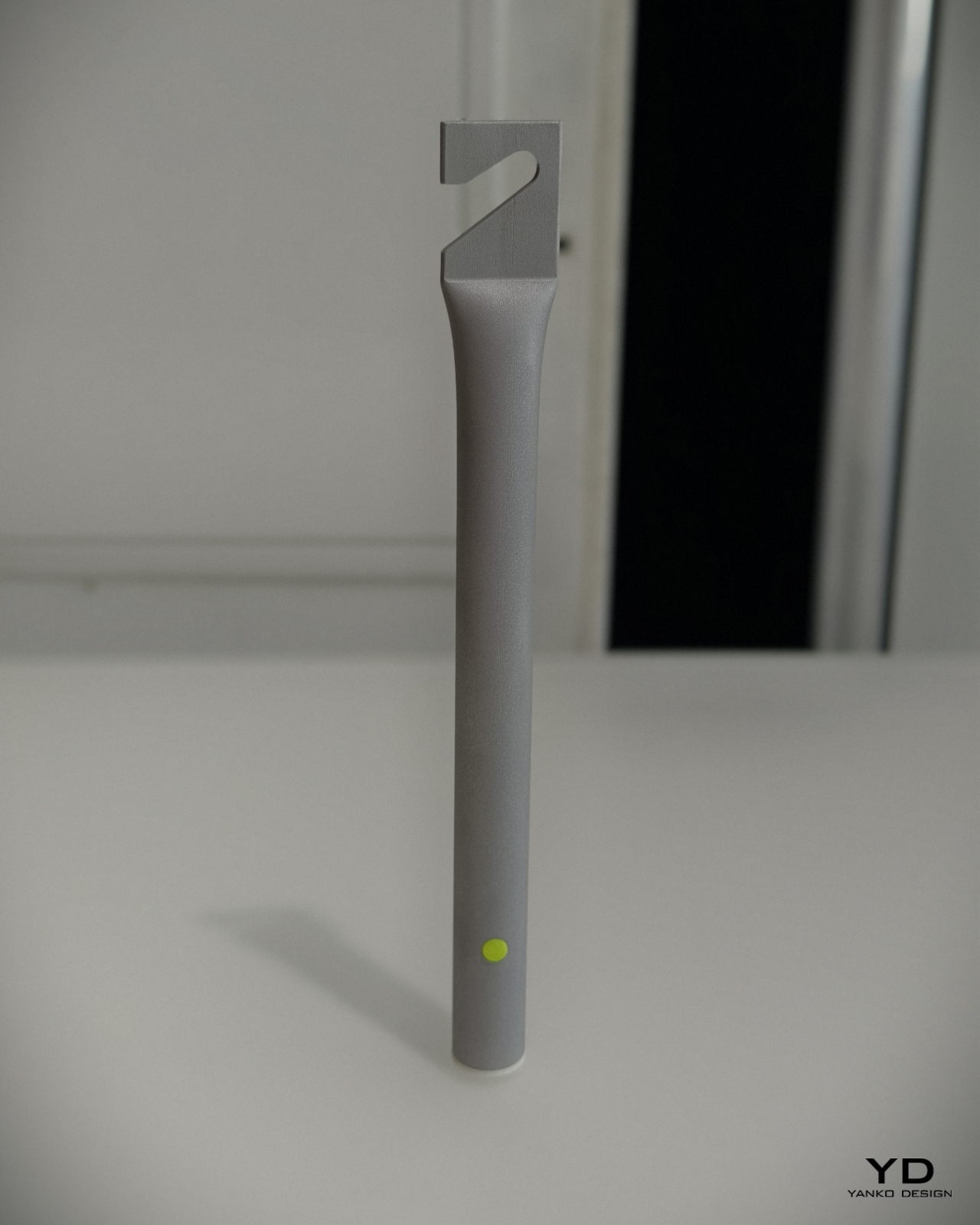
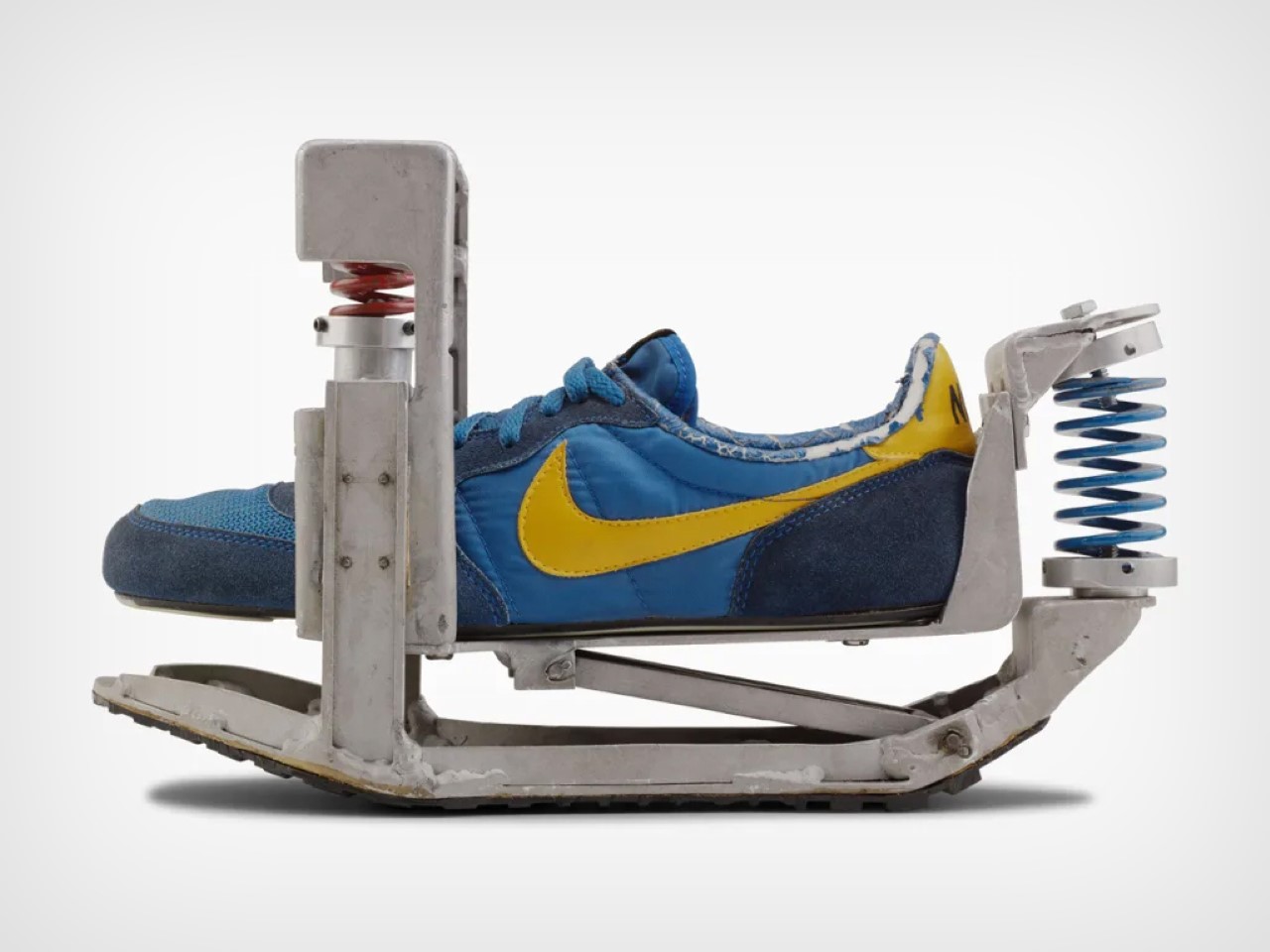
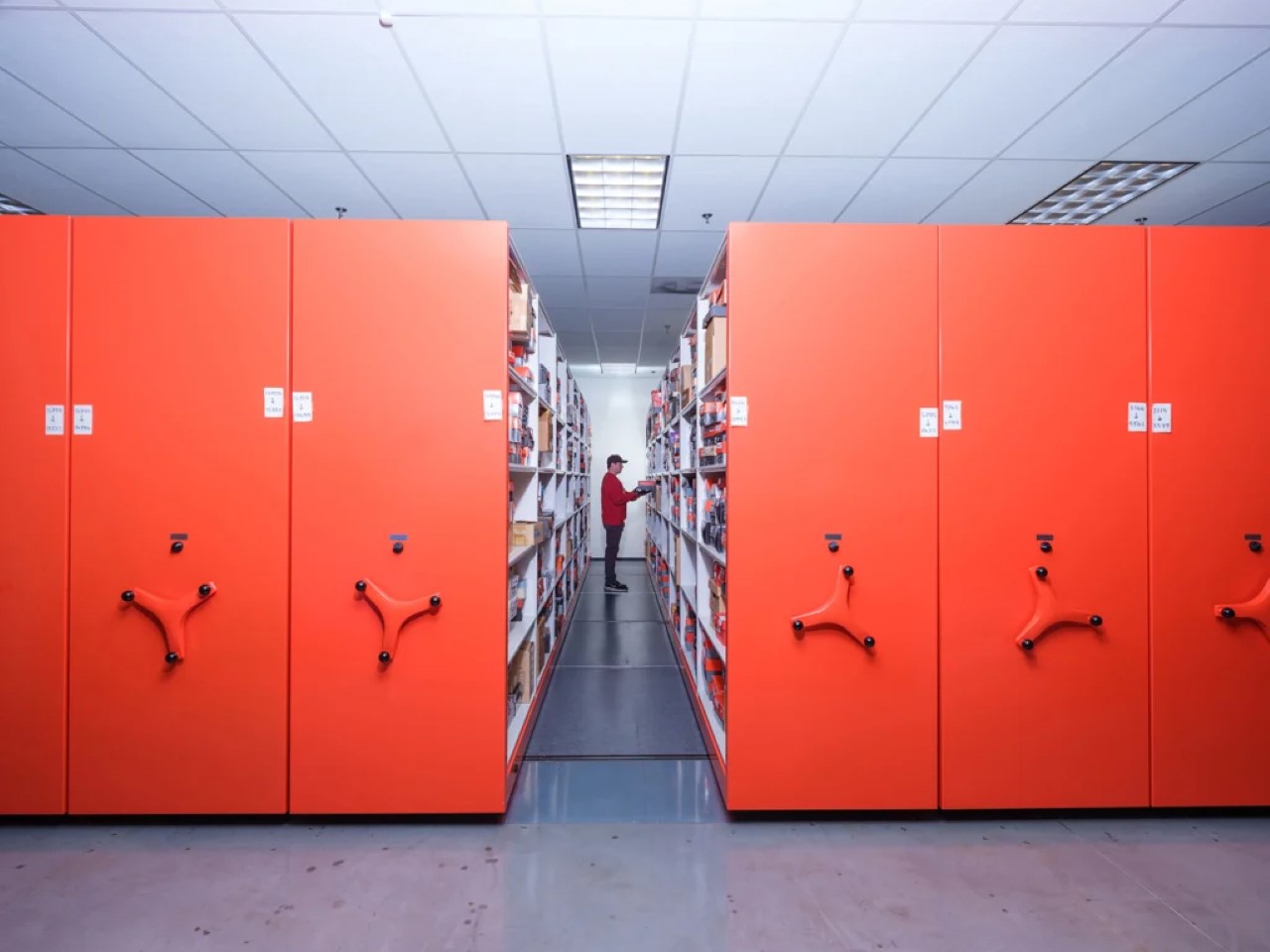
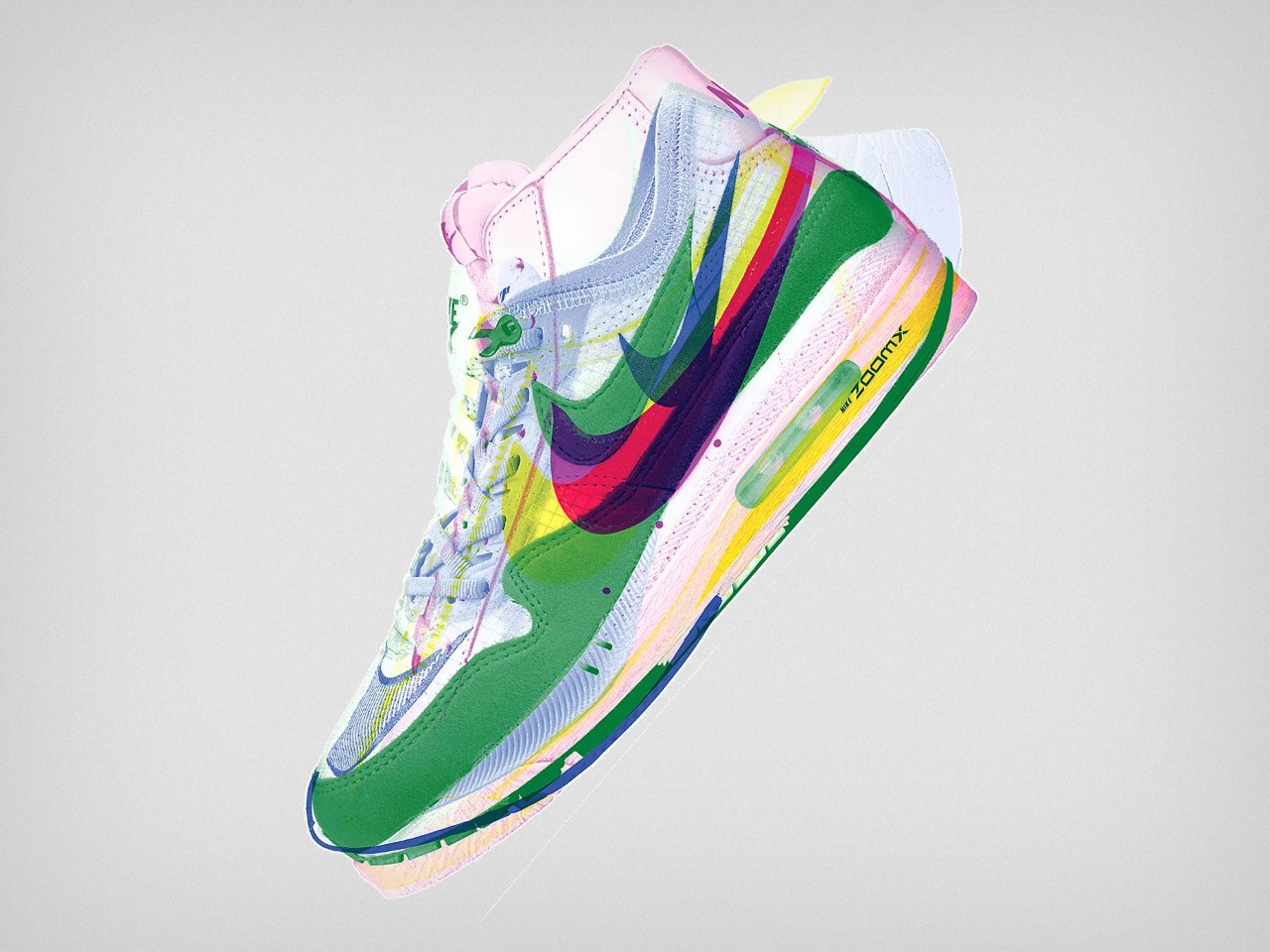
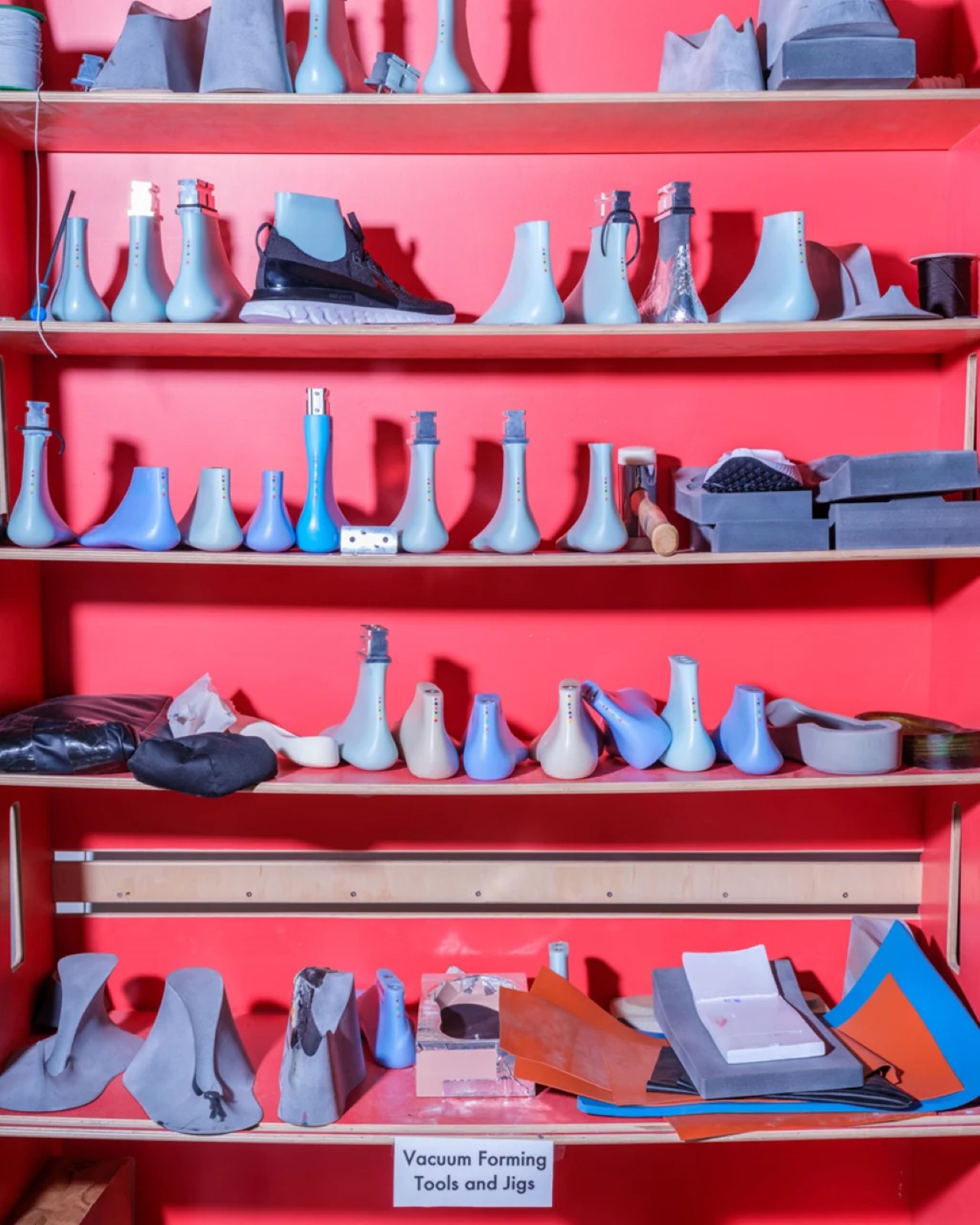
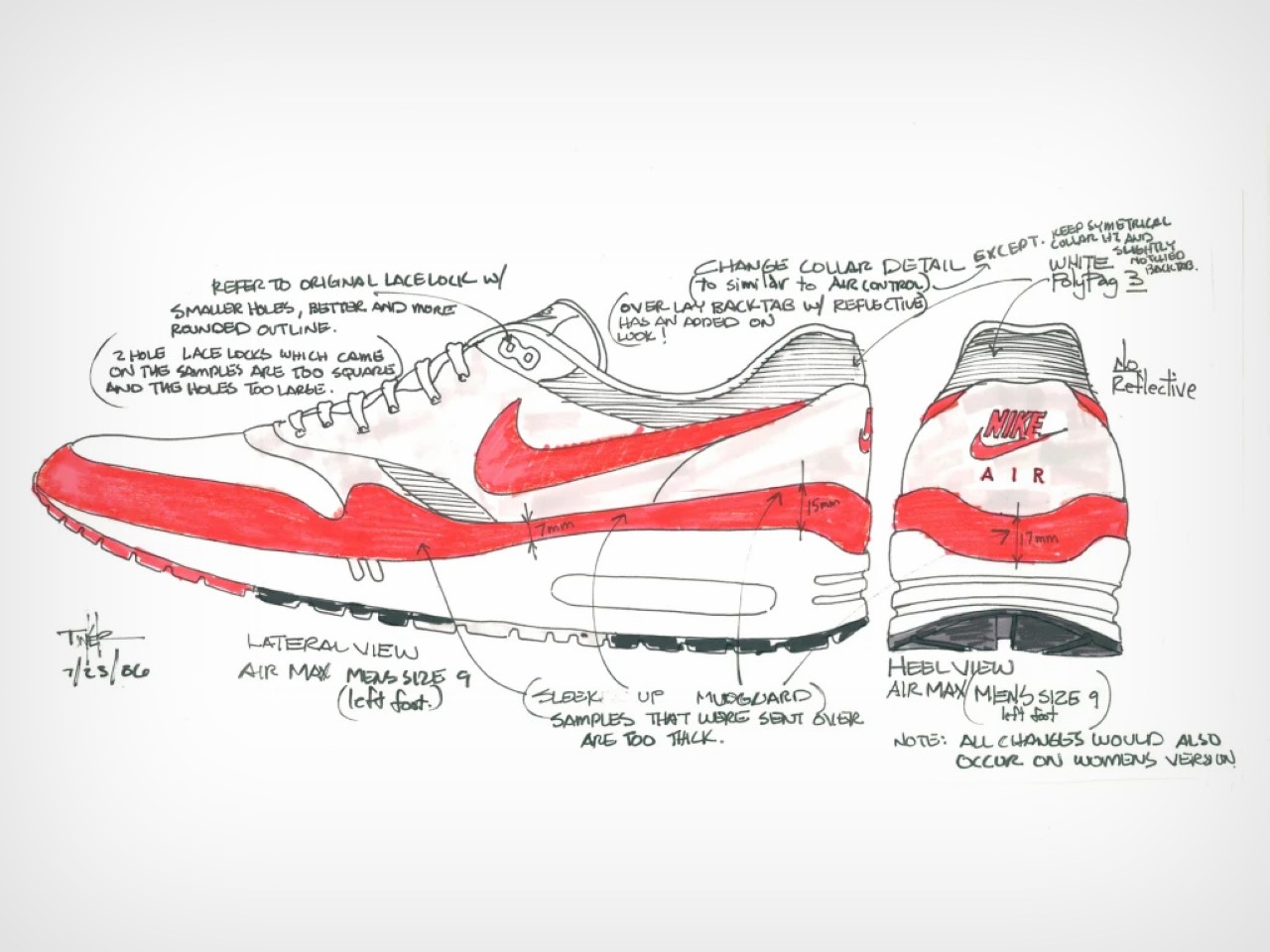
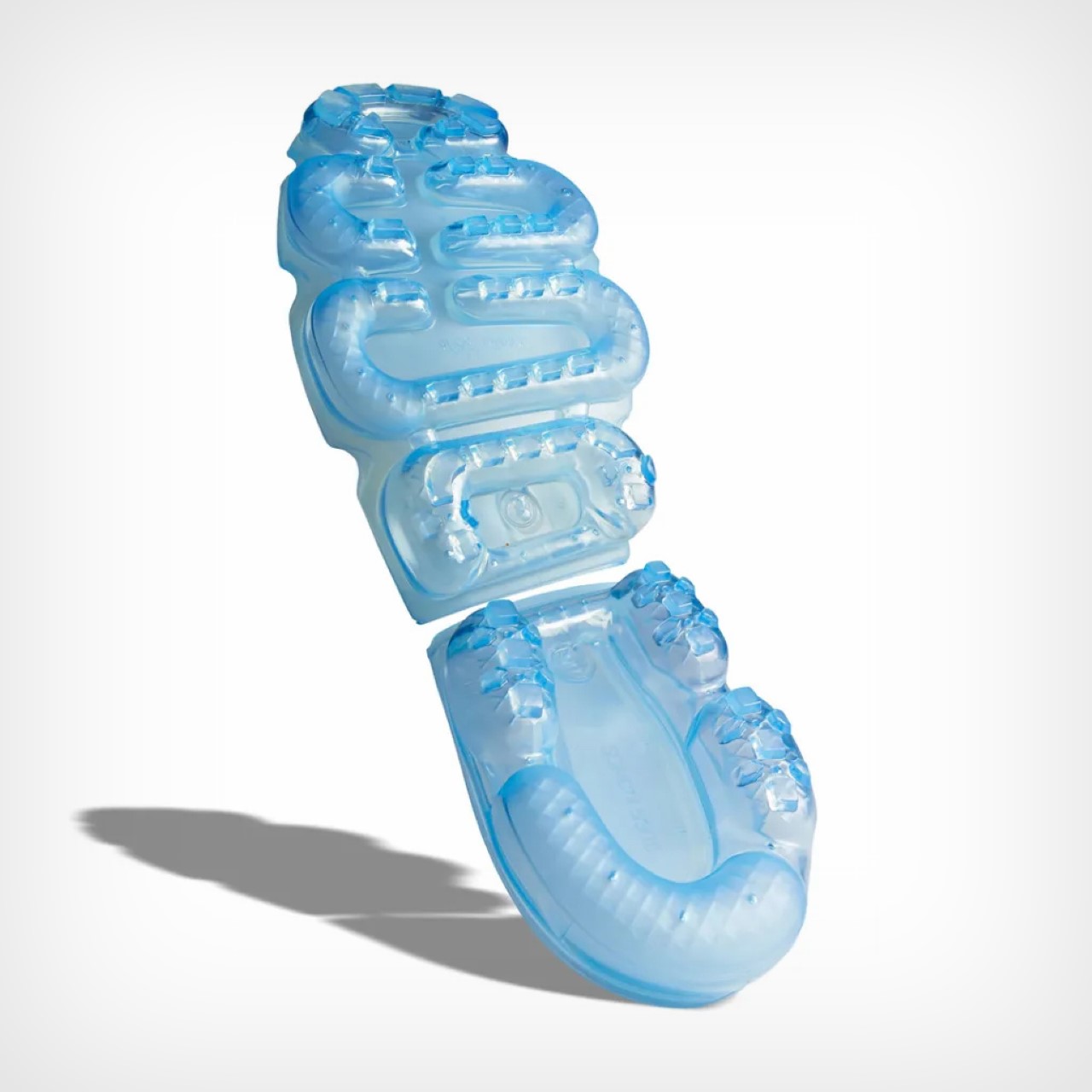
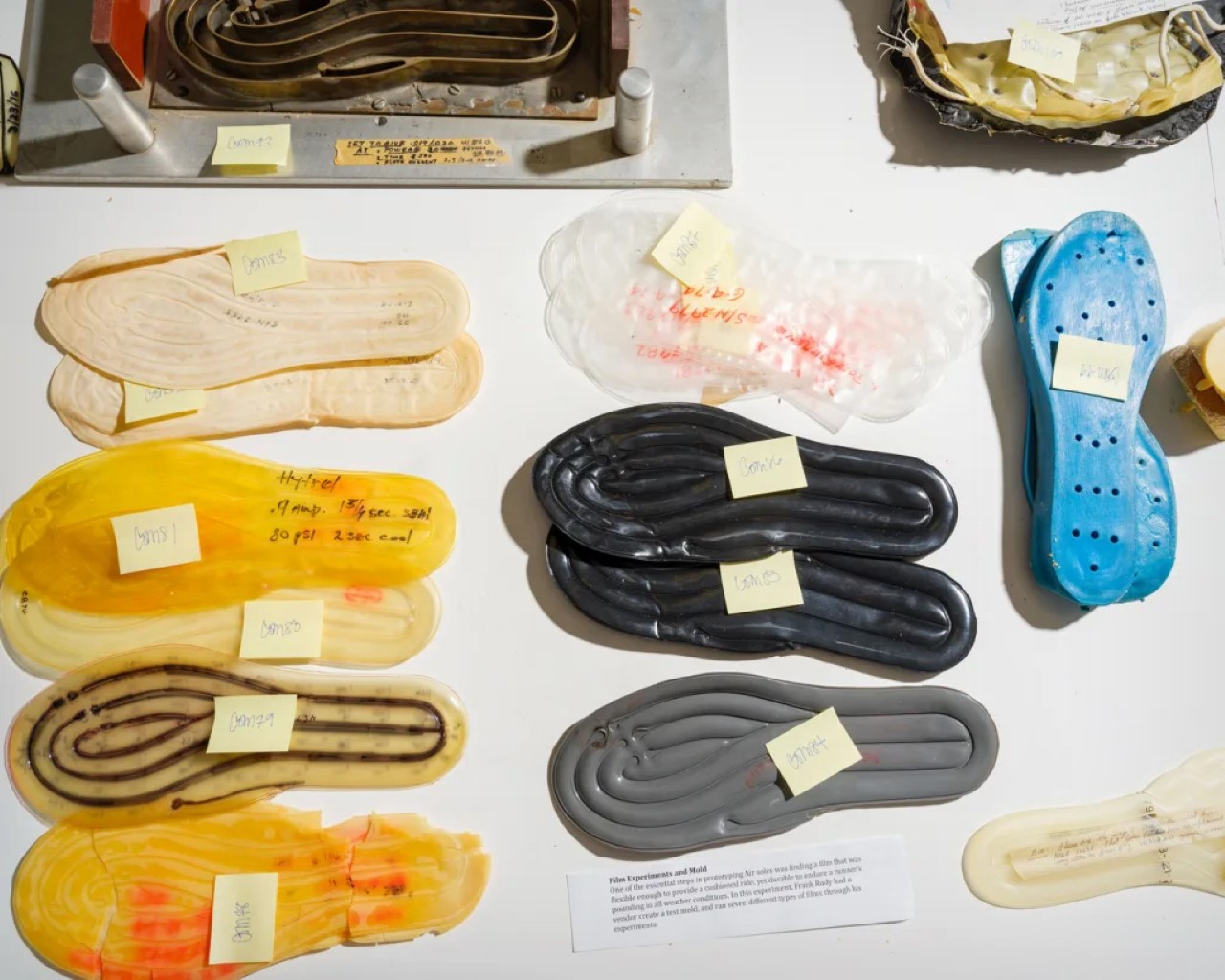

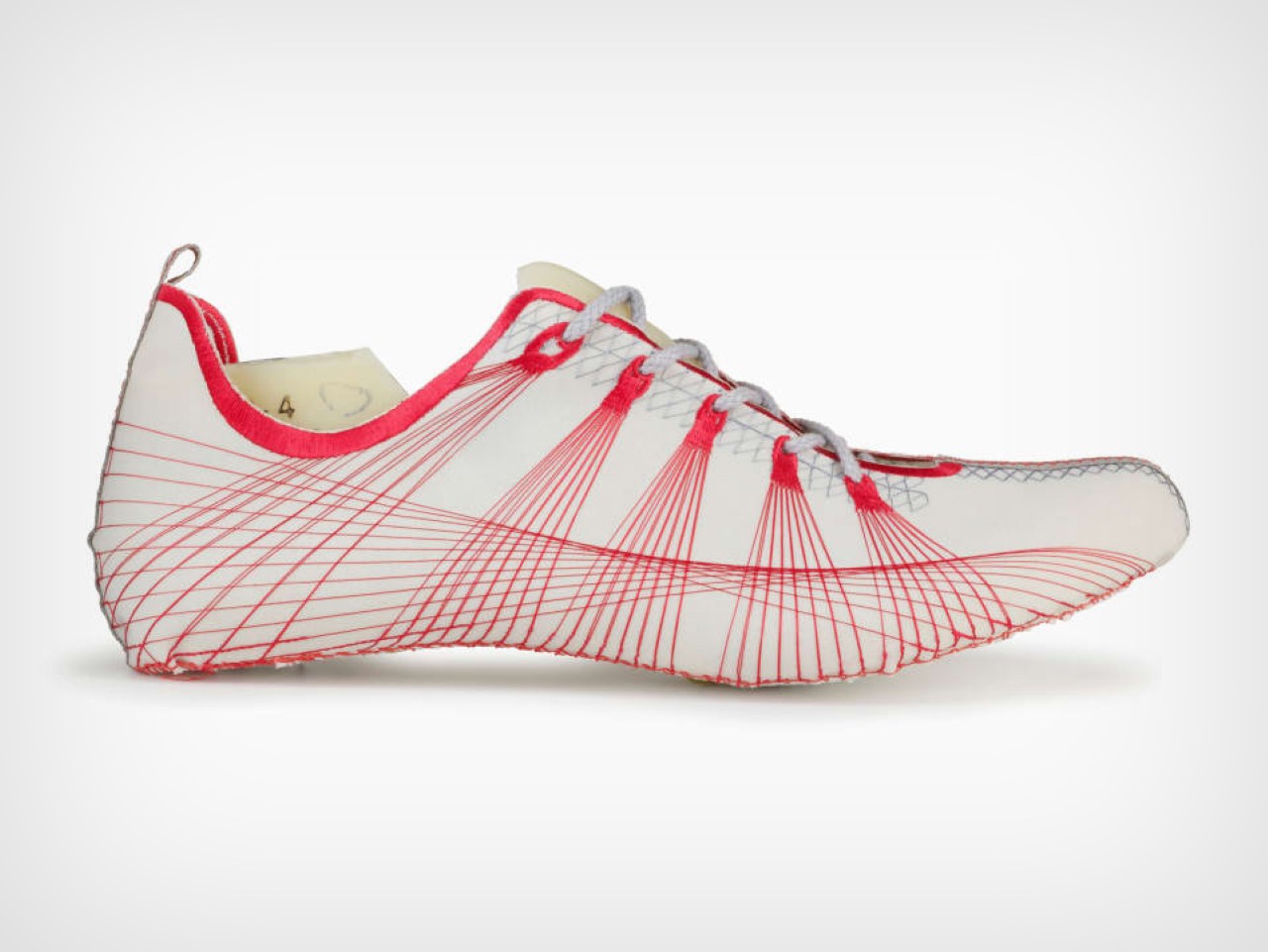
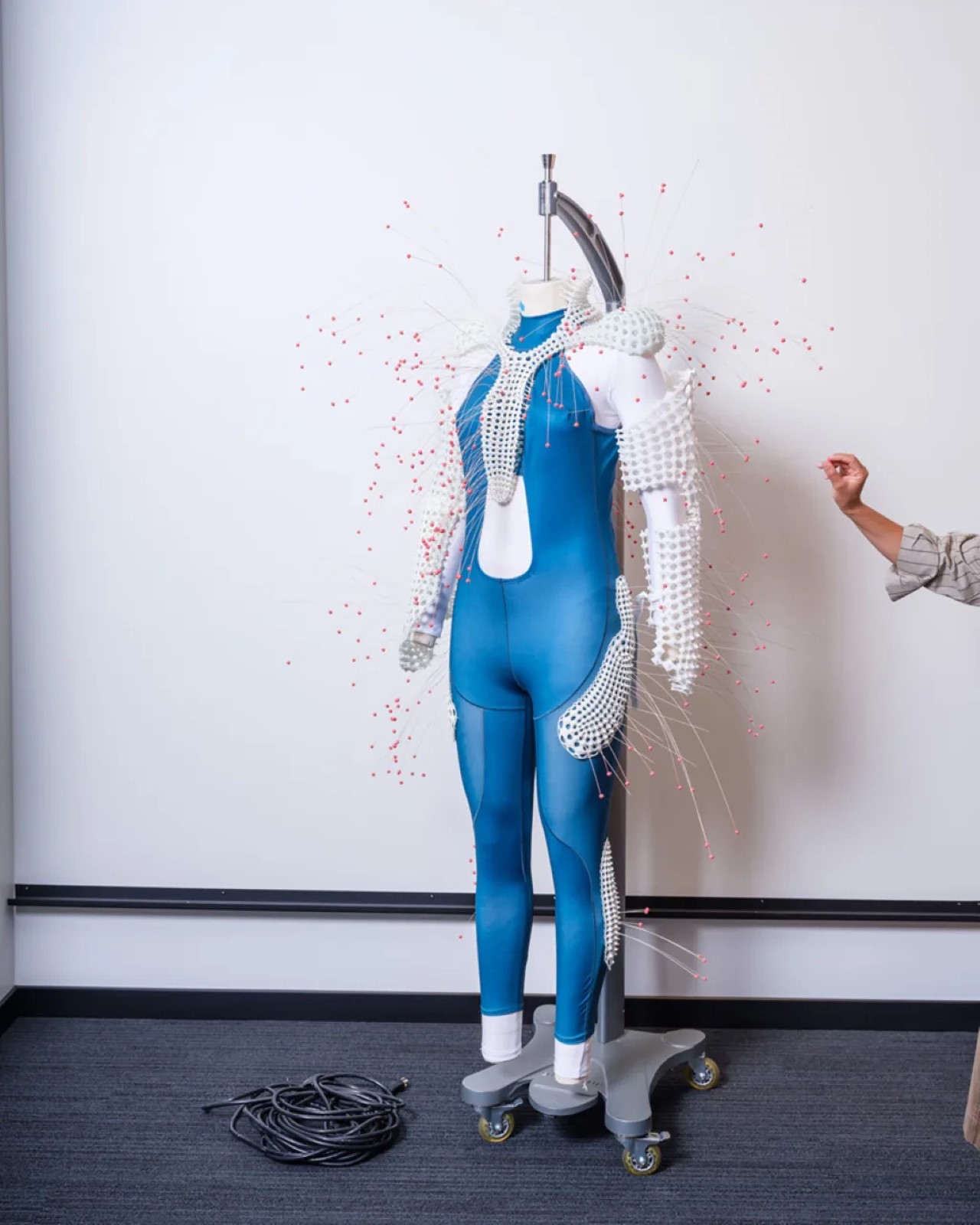
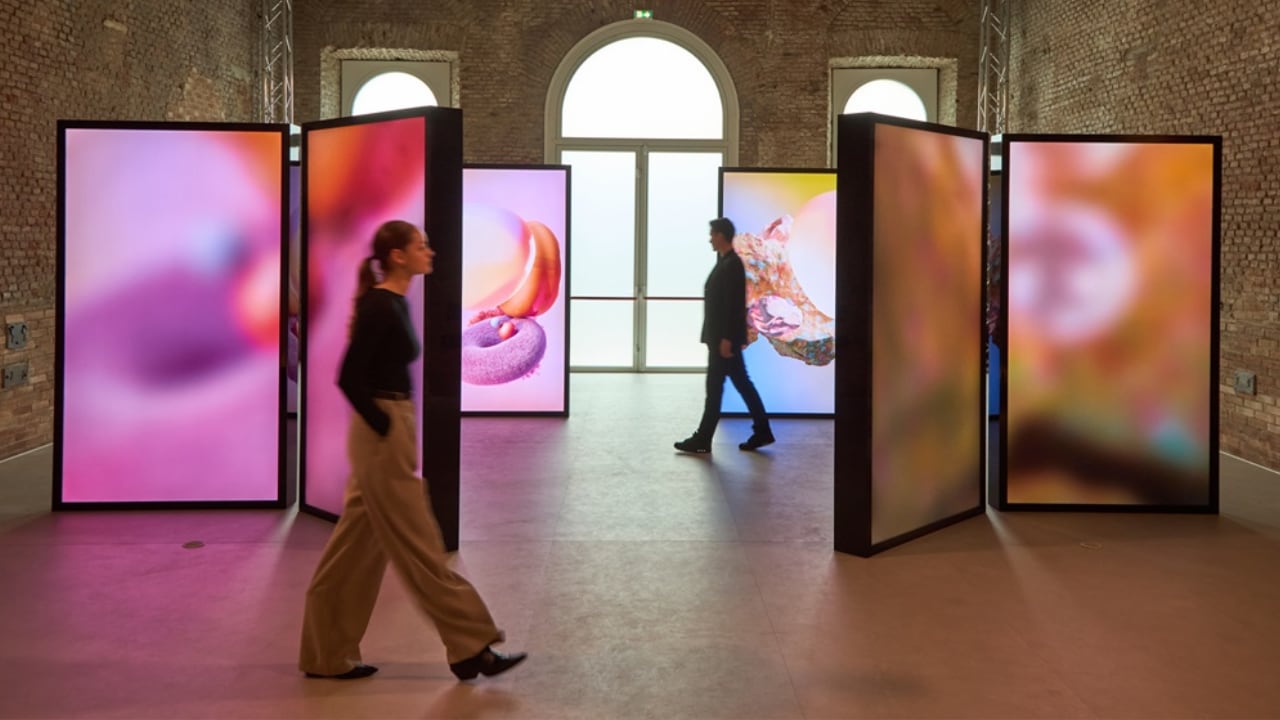
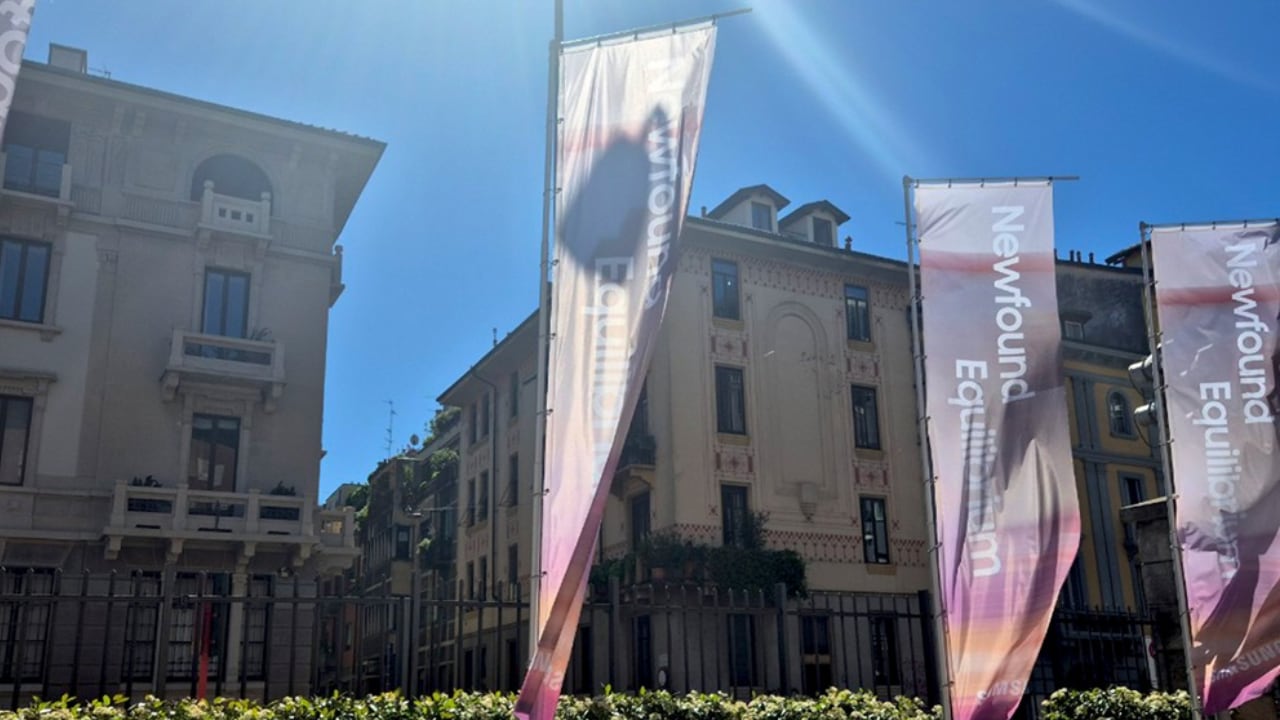
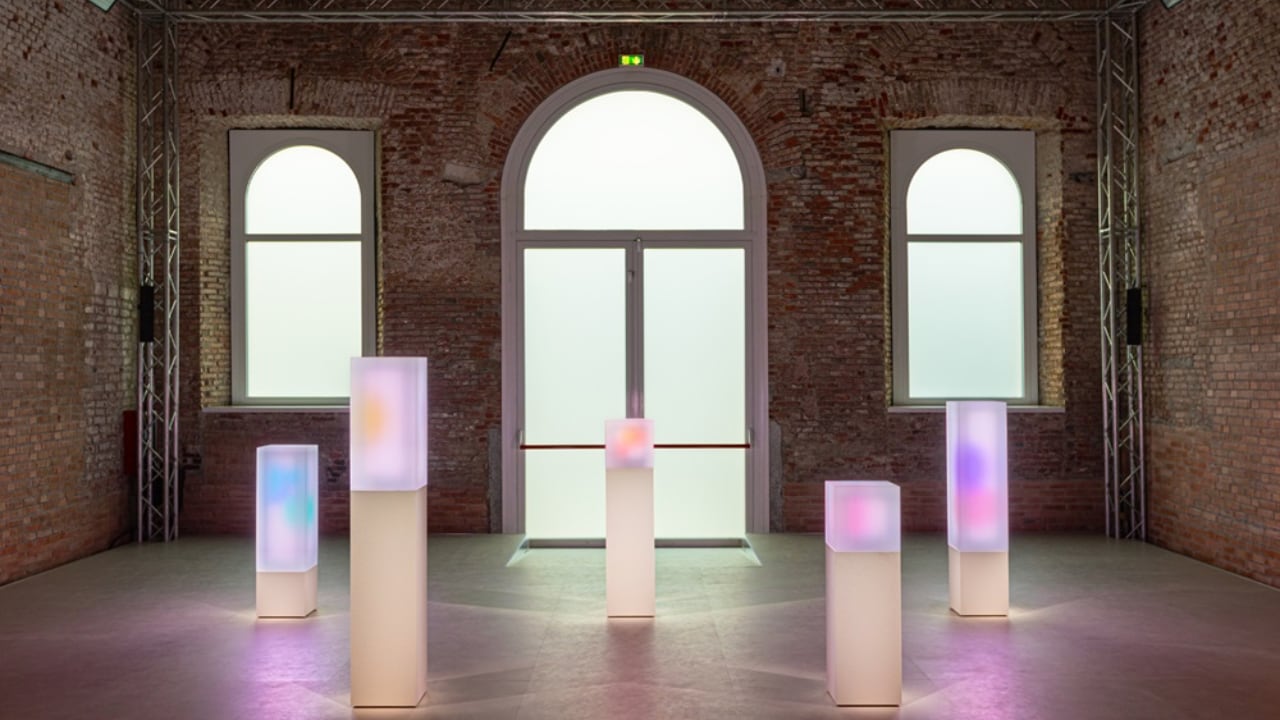
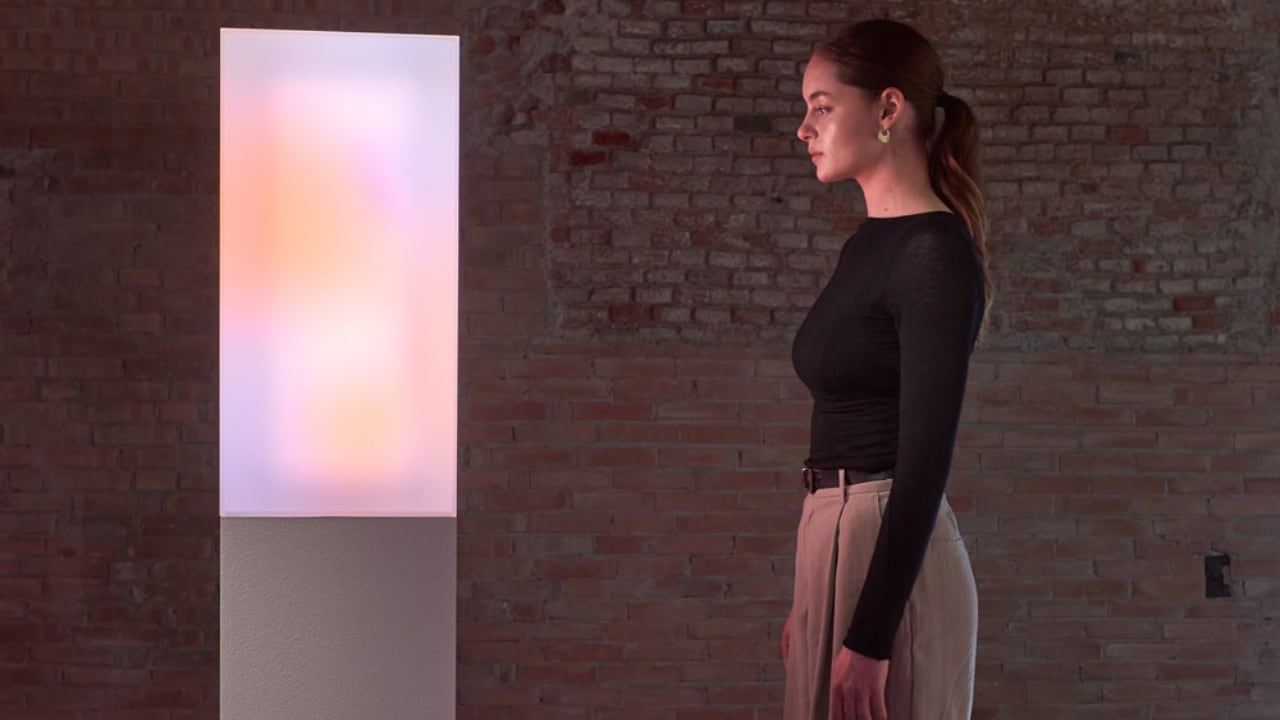


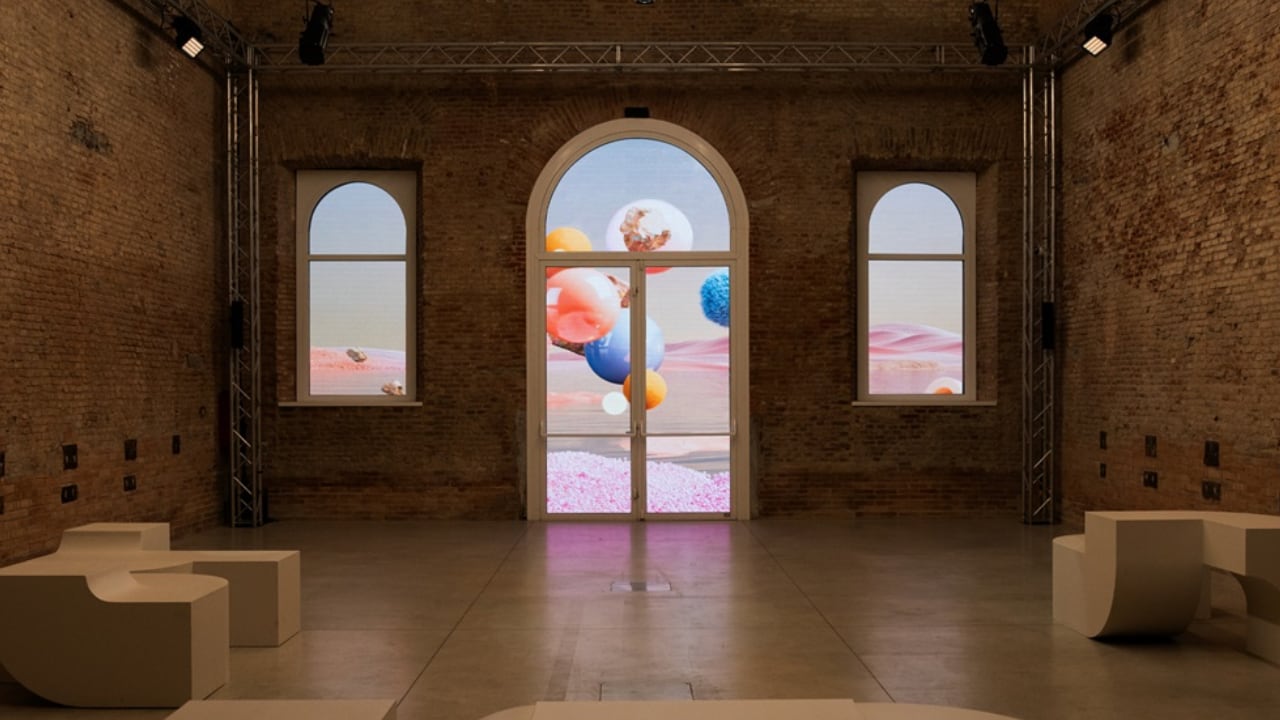
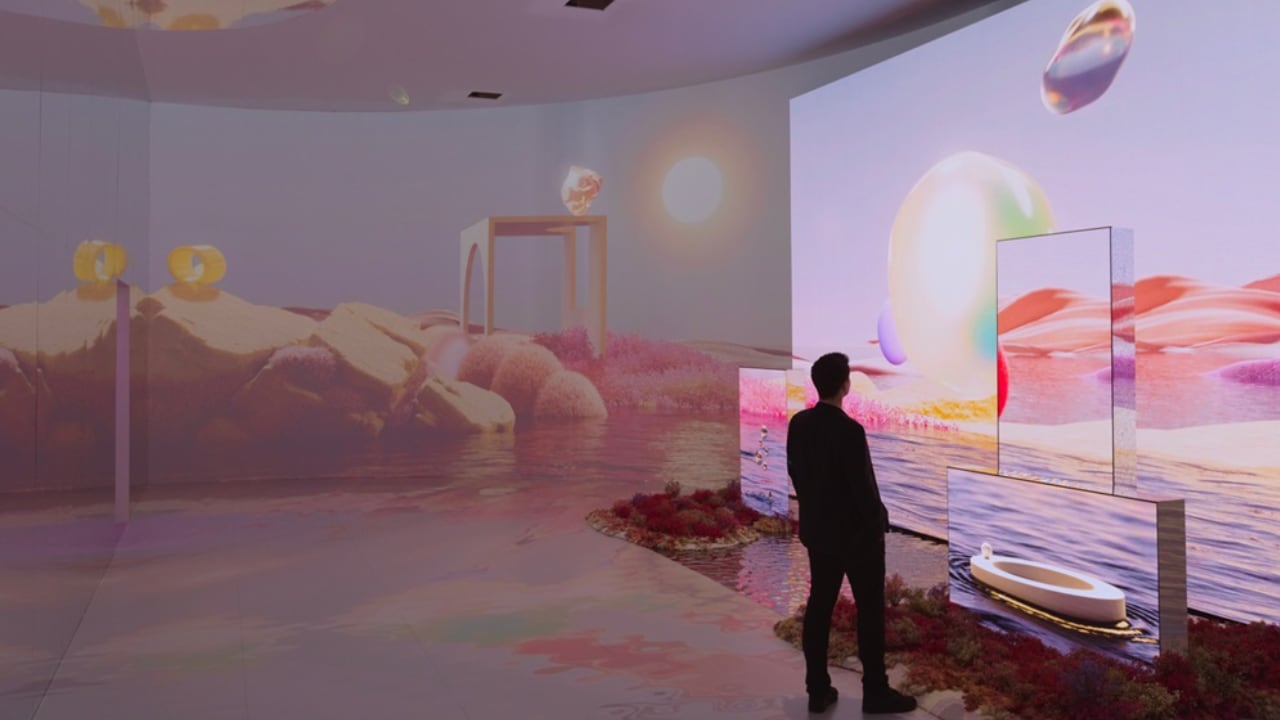
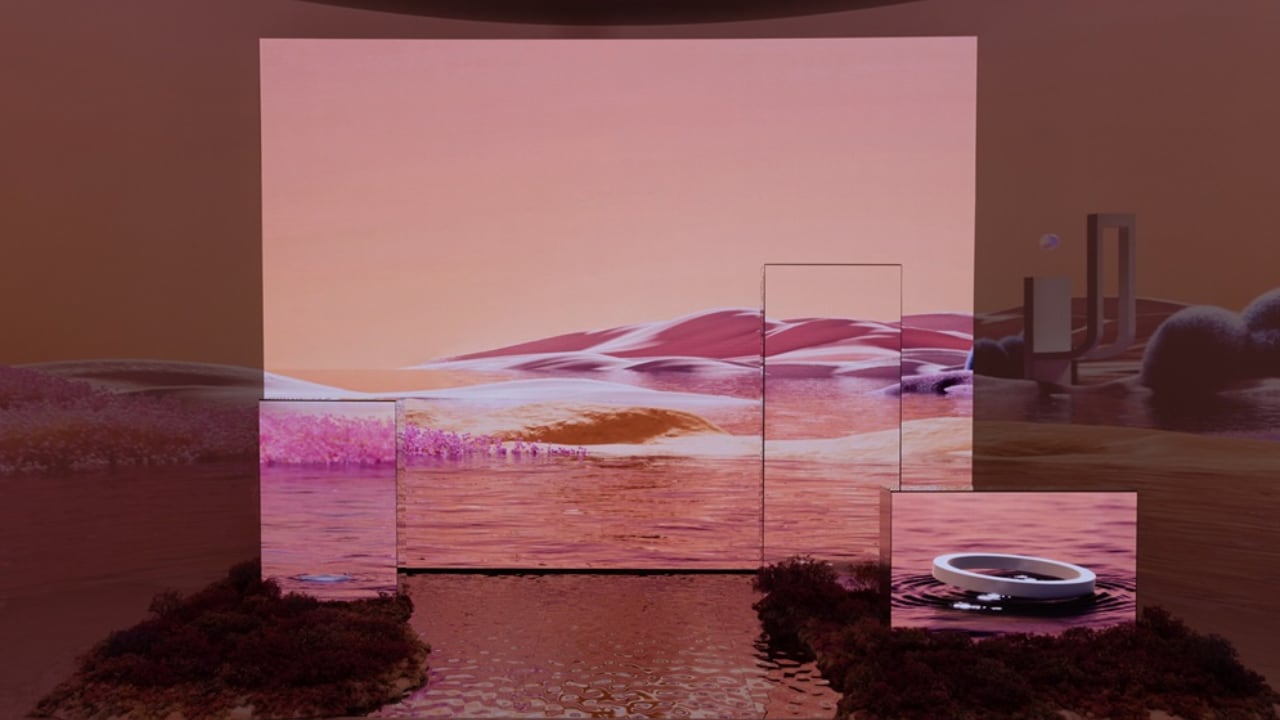

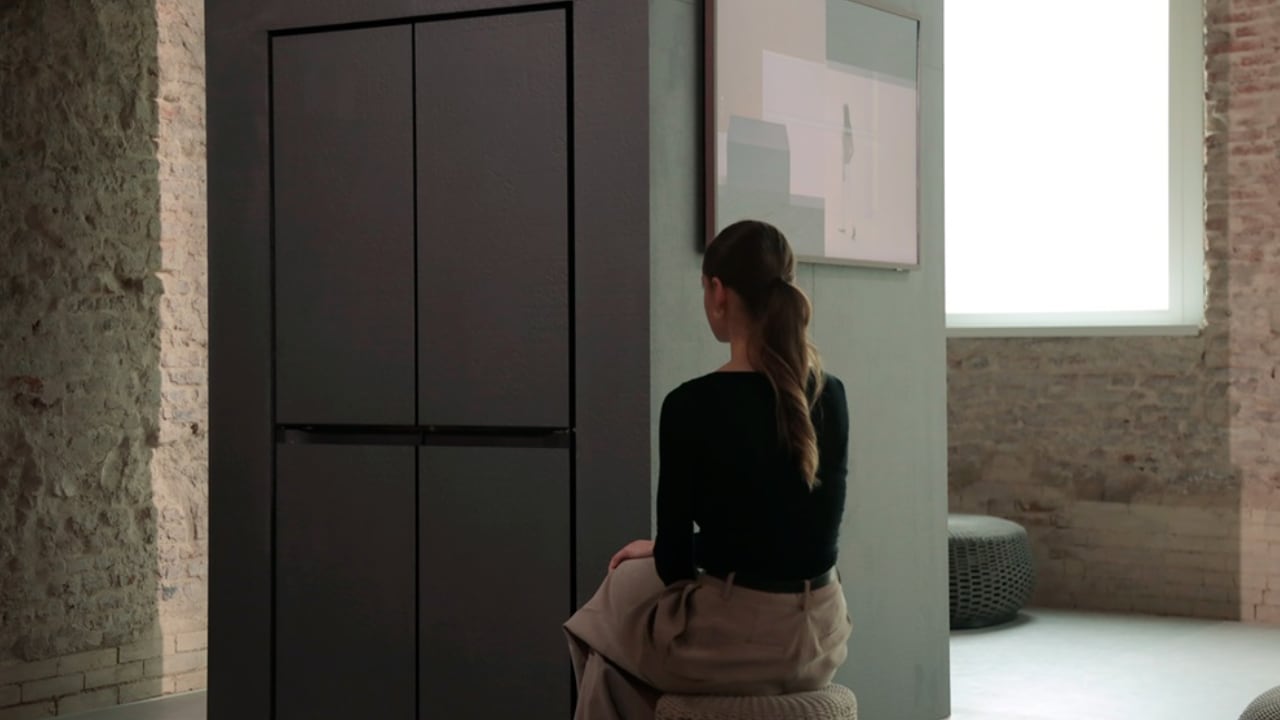
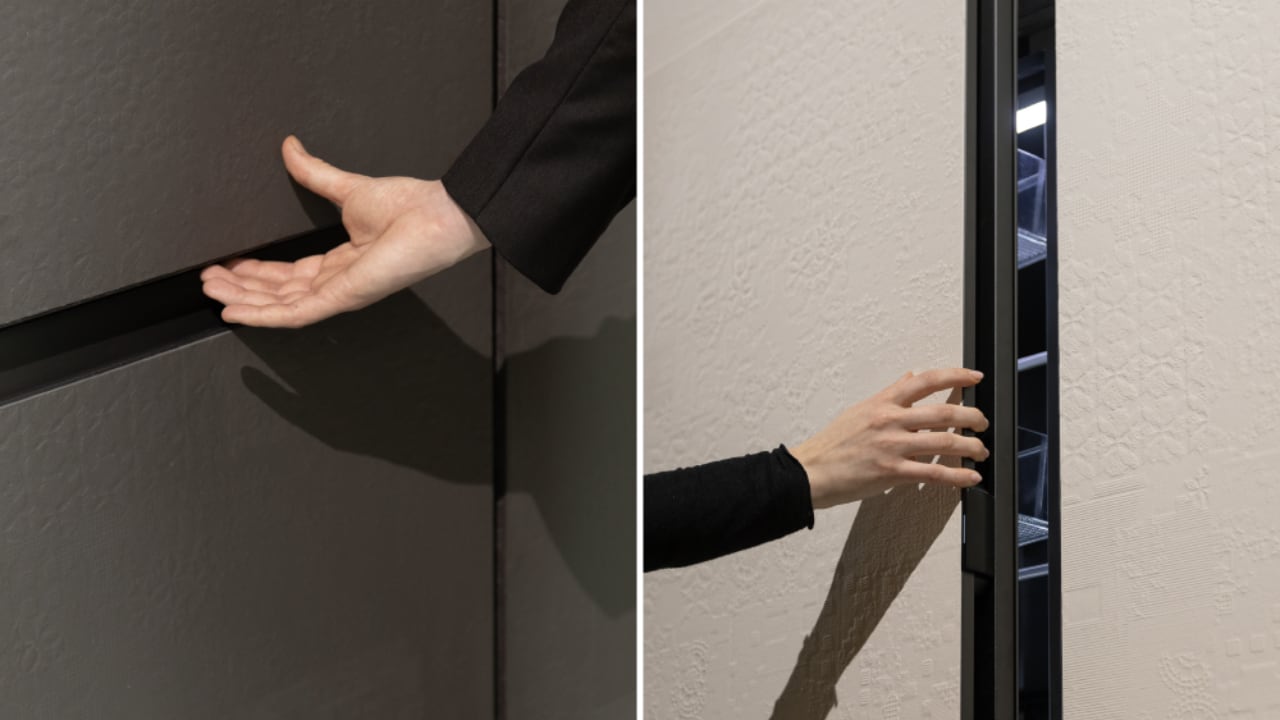
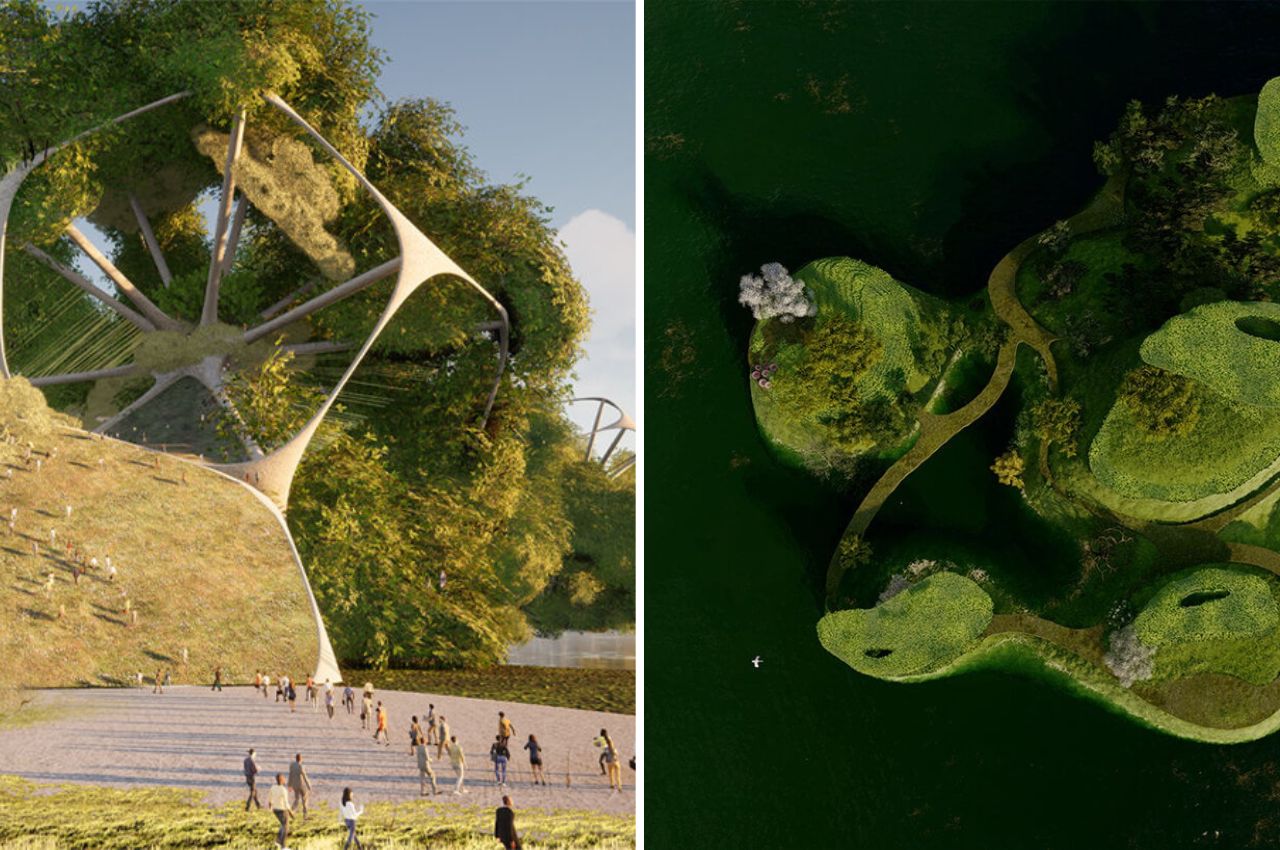
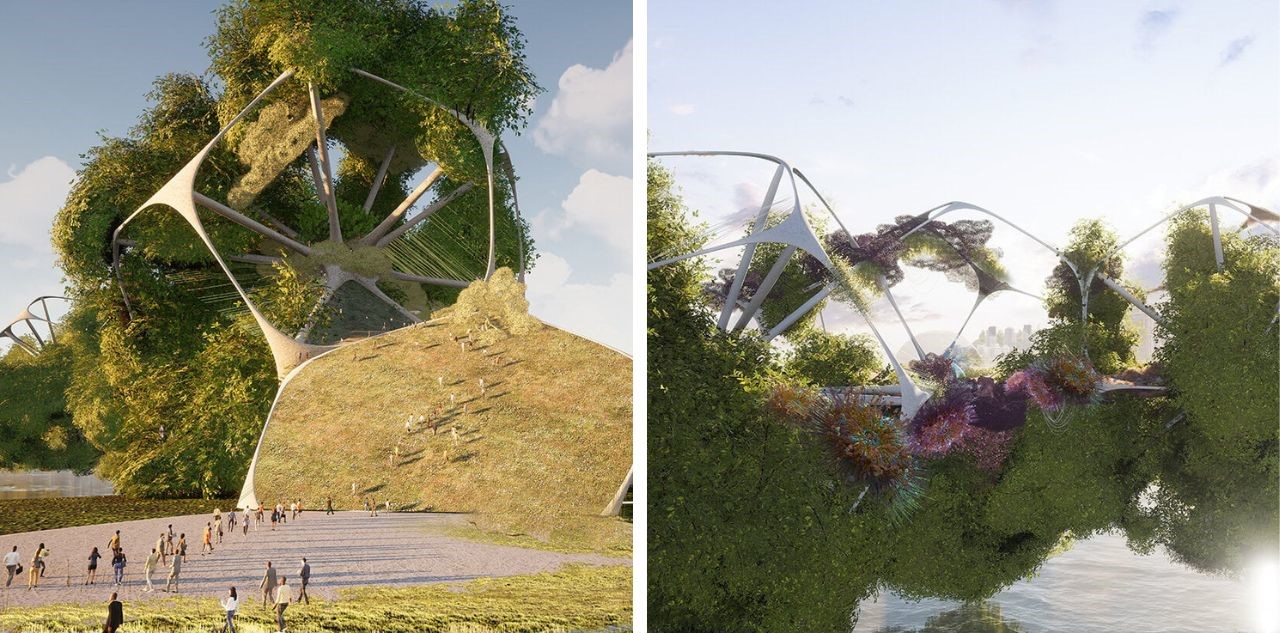
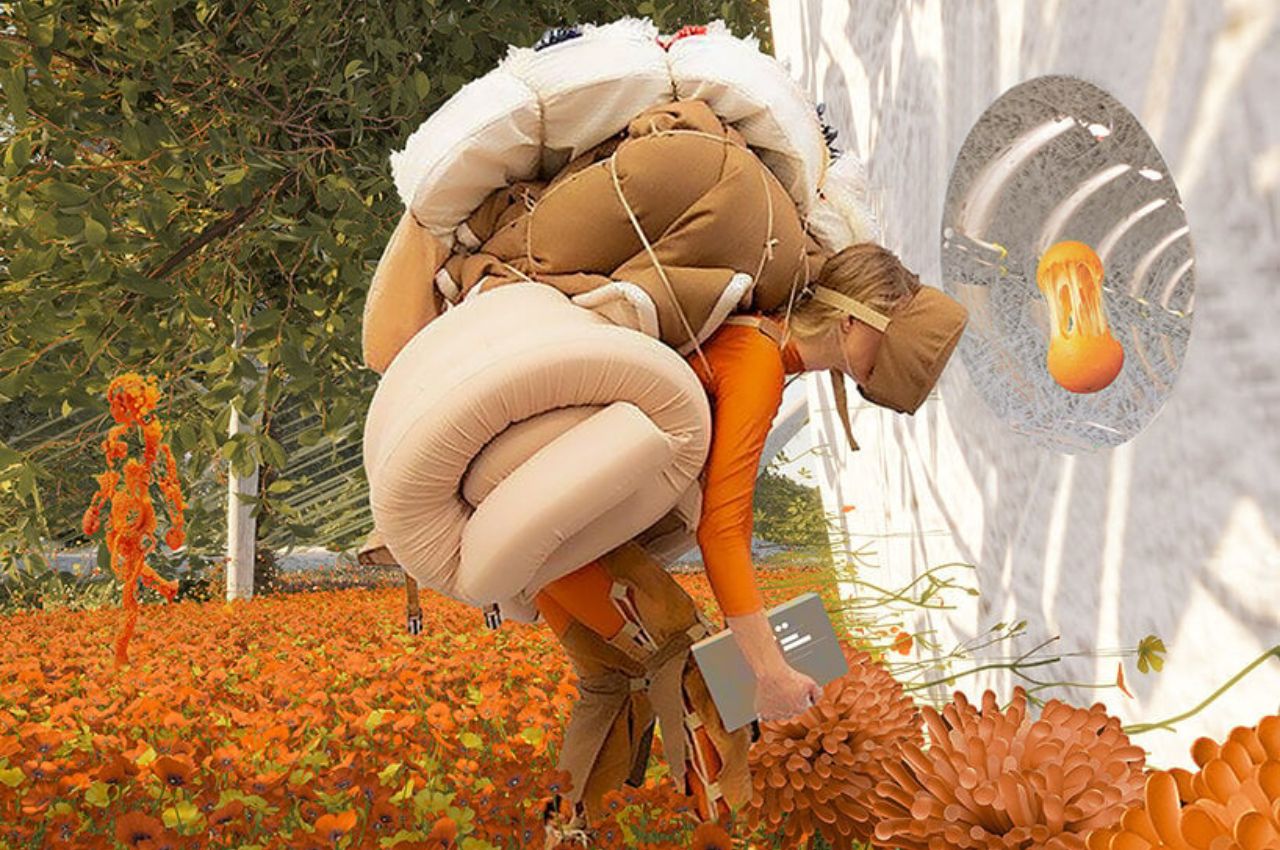

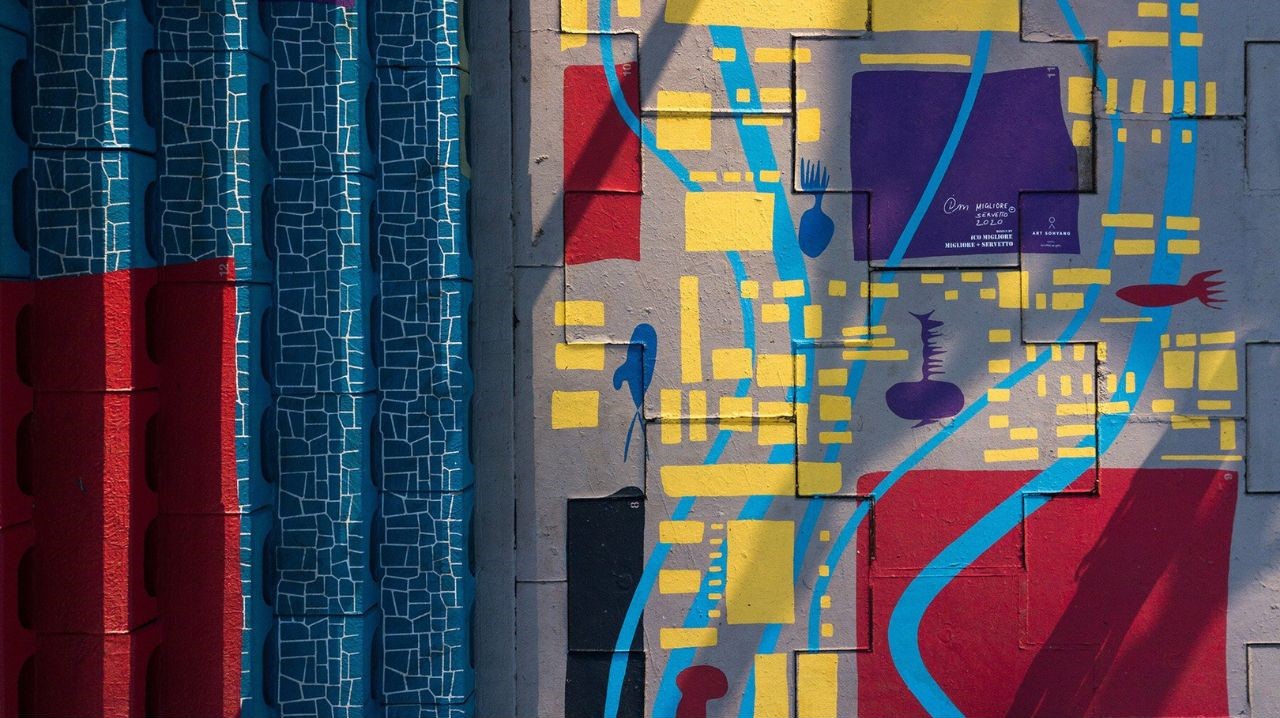
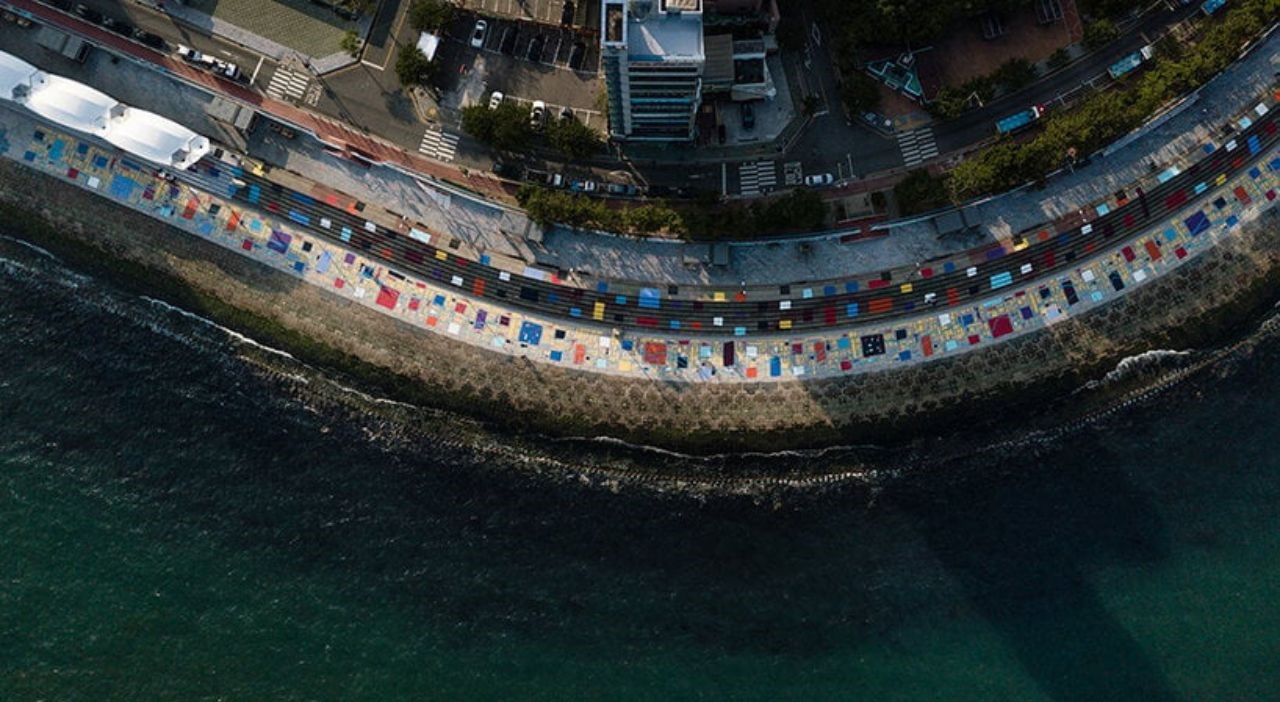

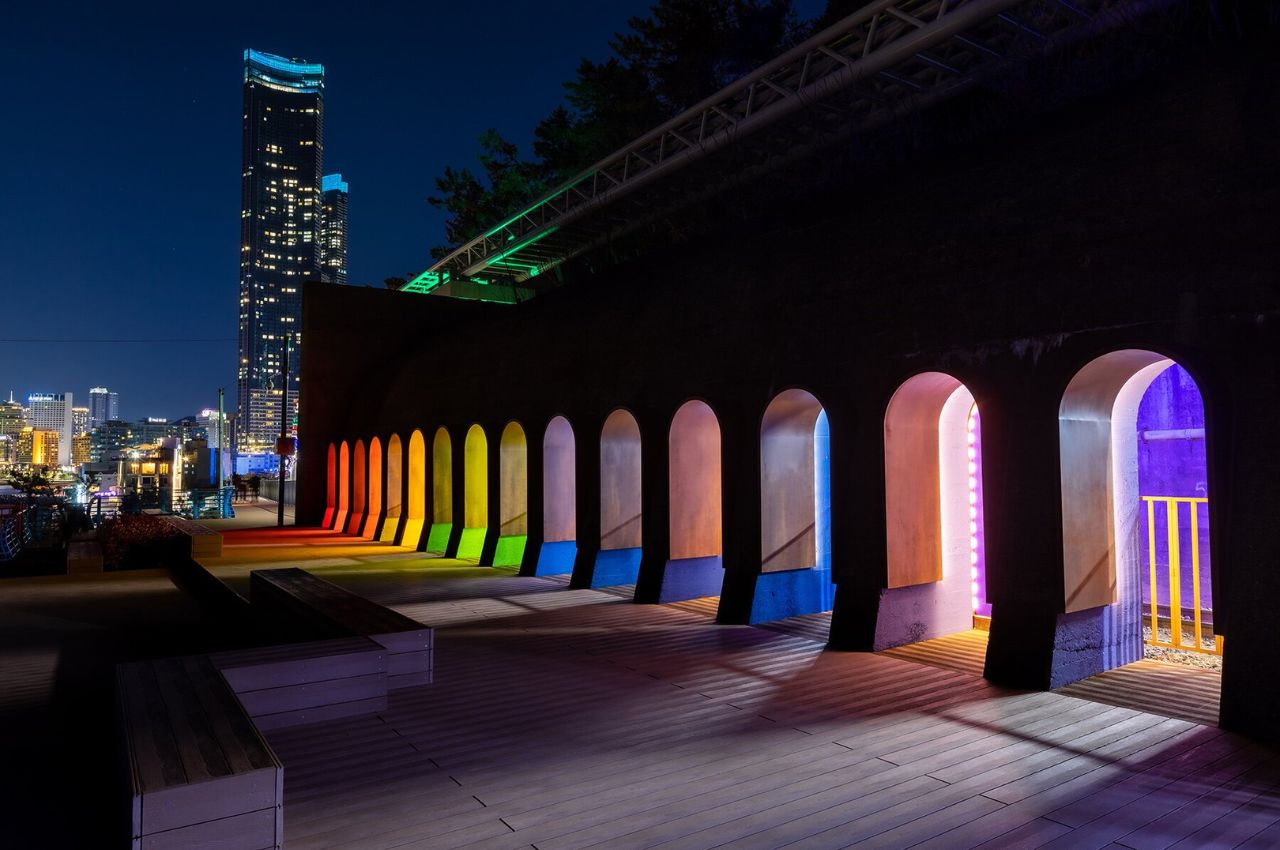
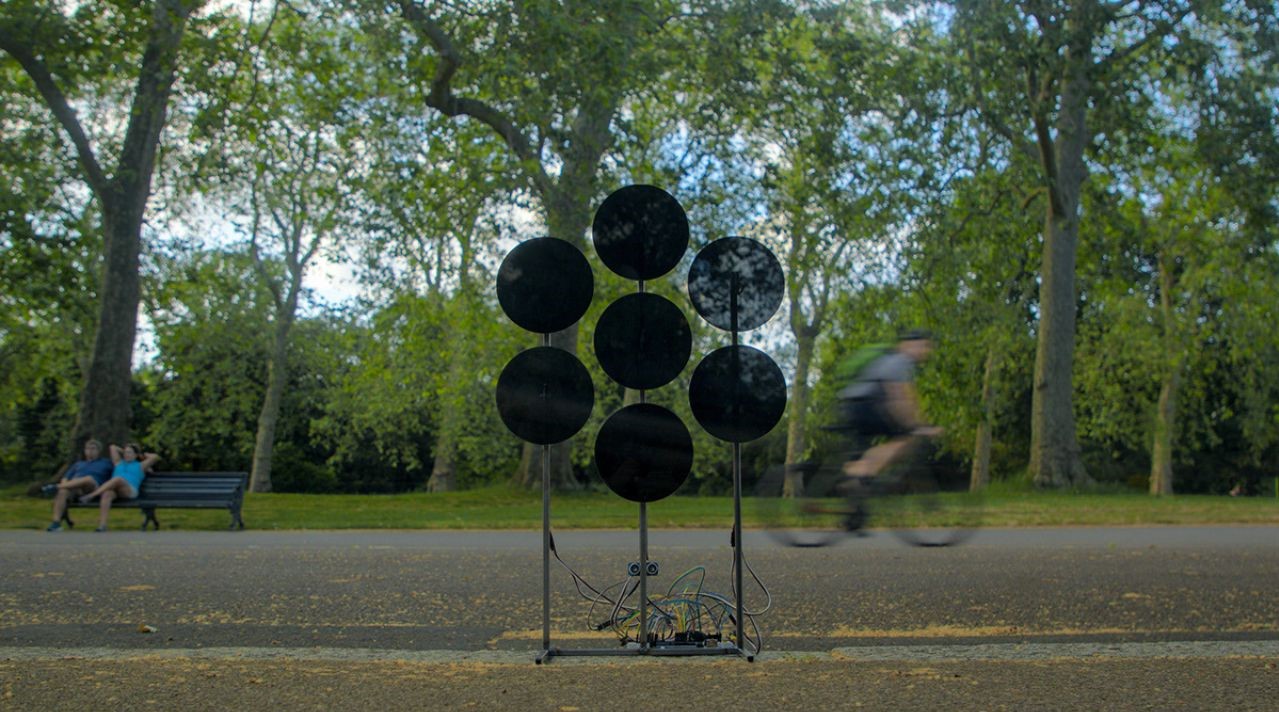
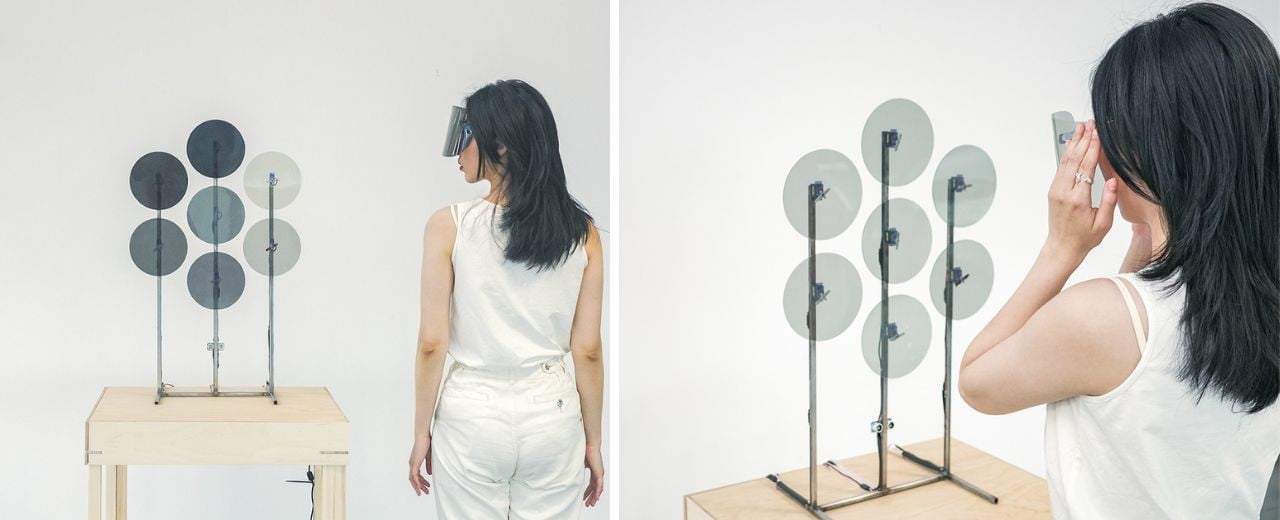
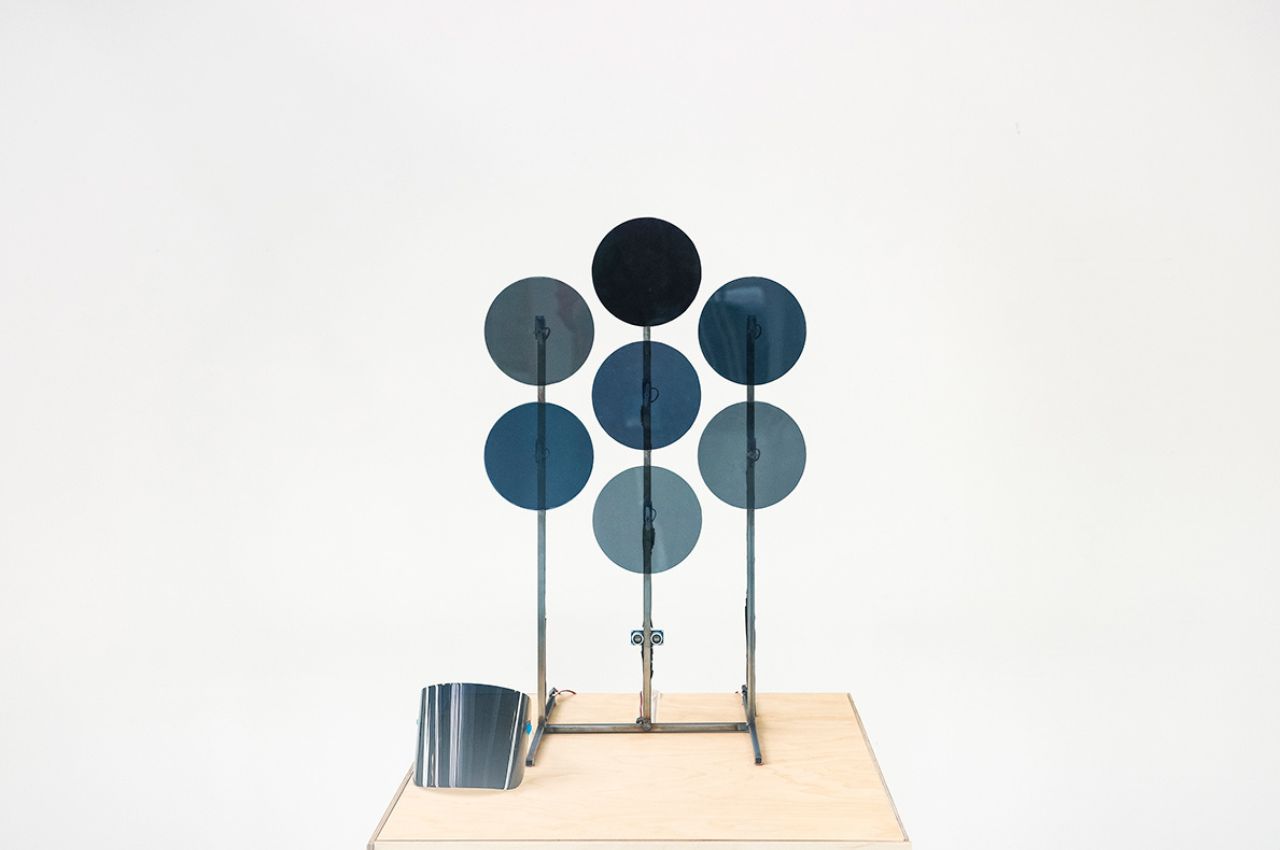
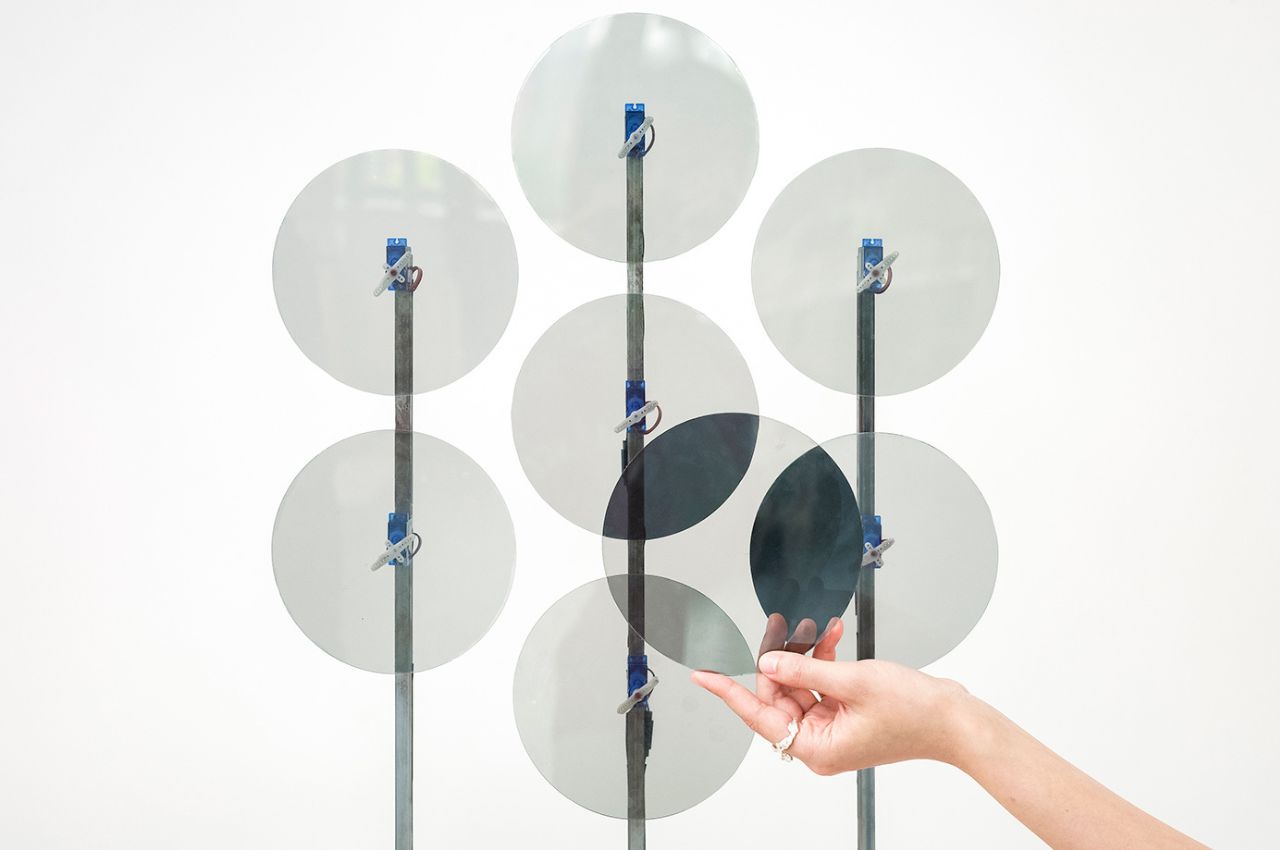
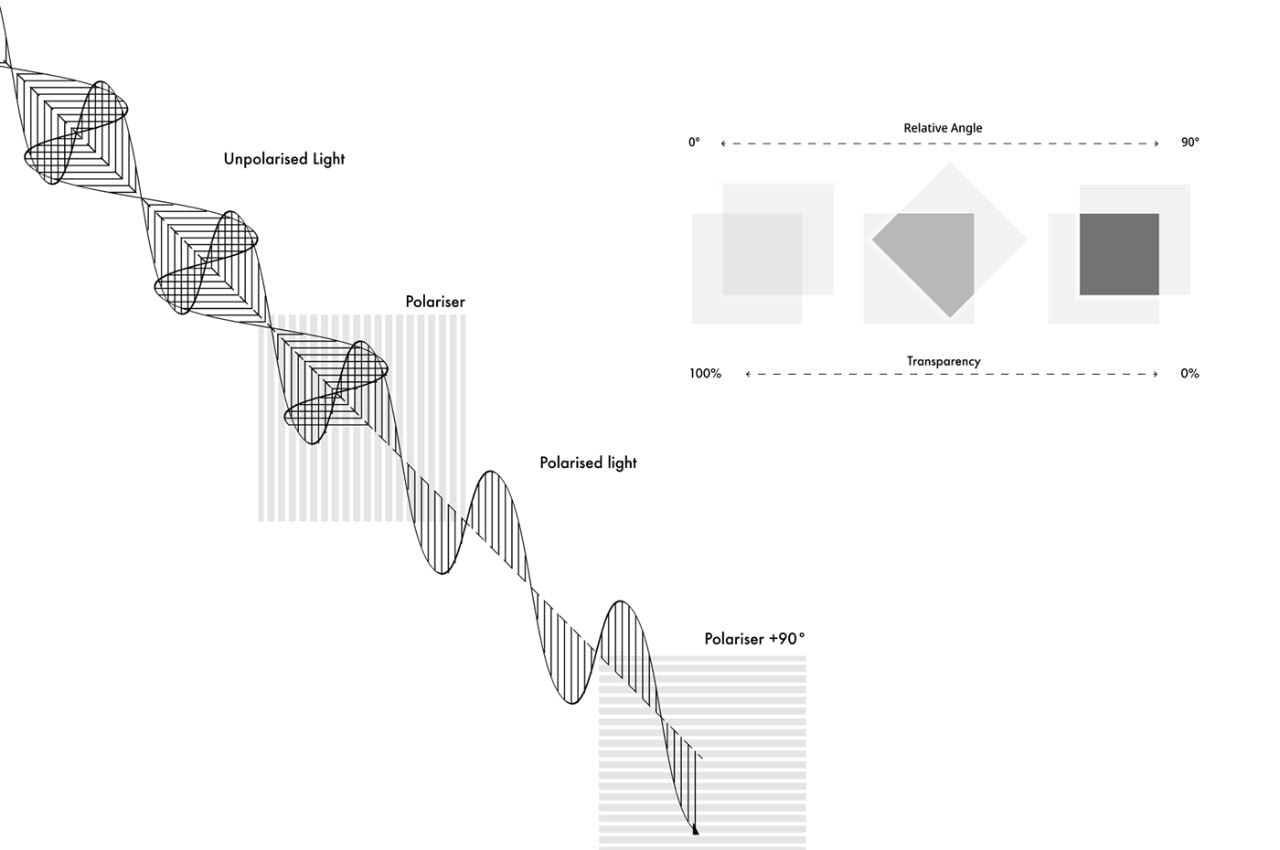
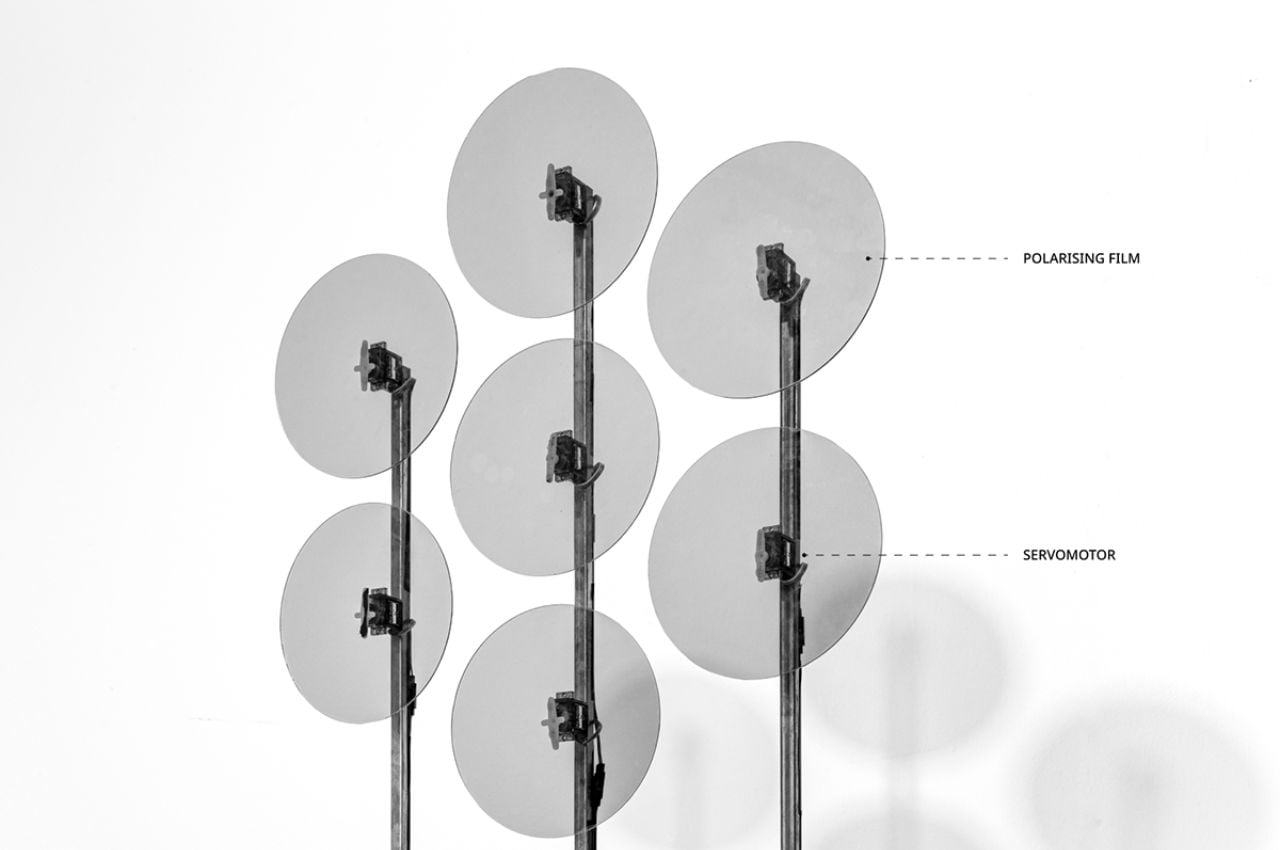
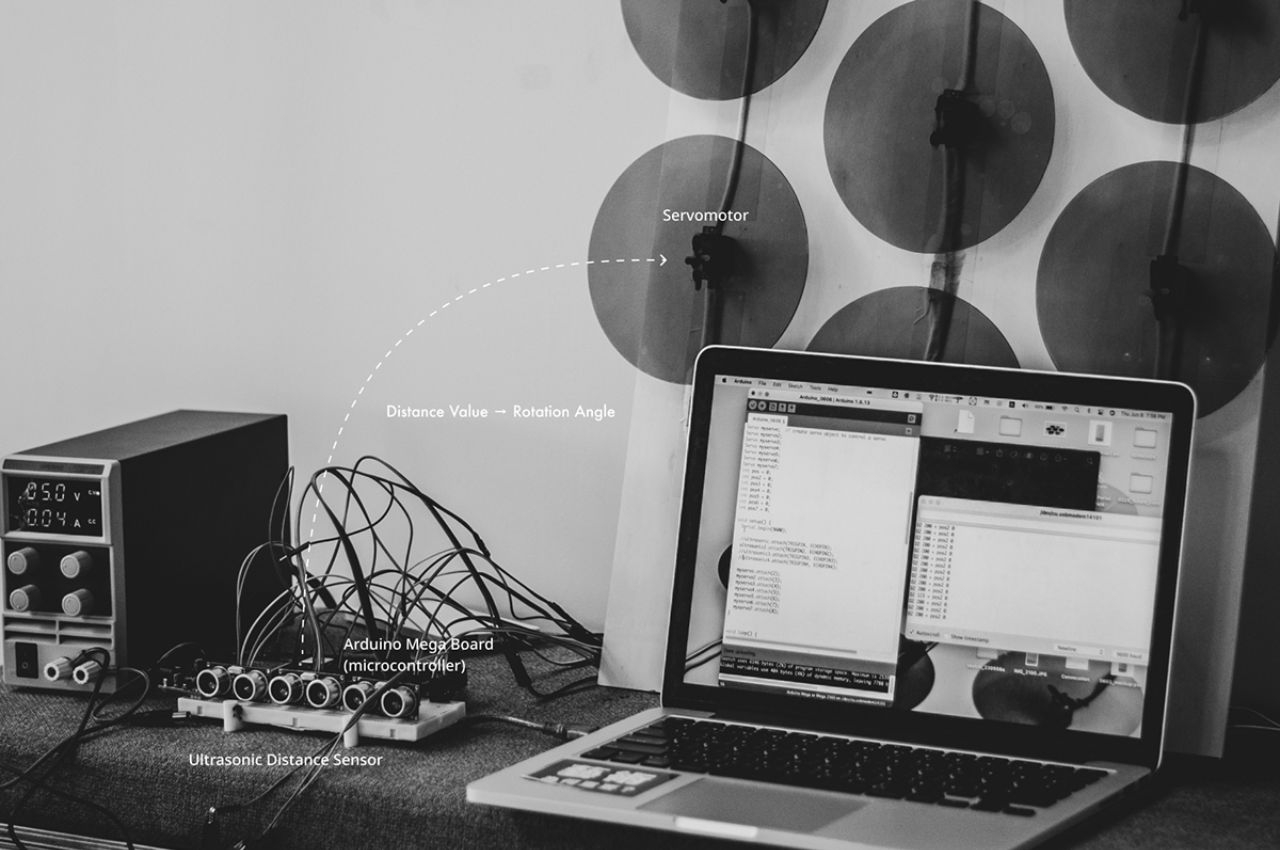 “The Dots” installation serves as a significant initiative toward environmental awareness, but there is room for further development. Currently, viewers require additional equipment like the viewer’s glasses to fully experience the installation. While this adds an extra effort that may deter some individuals, it is crucial to consider inclusivity and accessibility. Finding ways to make the experience more easily accessible can ensure a broader reach and engage even the “lazy” population who might otherwise prioritize ease over environmental concerns.
“The Dots” installation serves as a significant initiative toward environmental awareness, but there is room for further development. Currently, viewers require additional equipment like the viewer’s glasses to fully experience the installation. While this adds an extra effort that may deter some individuals, it is crucial to consider inclusivity and accessibility. Finding ways to make the experience more easily accessible can ensure a broader reach and engage even the “lazy” population who might otherwise prioritize ease over environmental concerns.